Get ready to upgrade your typing game with the Epomaker DynaTab 75X! Customizable LEDs, sleek design, and ultimate versatility await.
The post Meet the DynaTab 75X: Your Ultimate Keyboard Upgrade! first appeared on Trendy Gadget.
Get ready to upgrade your typing game with the Epomaker DynaTab 75X! Customizable LEDs, sleek design, and ultimate versatility await.
The post Meet the DynaTab 75X: Your Ultimate Keyboard Upgrade! first appeared on Trendy Gadget.
Content creation is a big thing these days, whether you’re producing video for live streaming, making graphic art, or even digitally carving 3D models for virtual spaces. Unsurprisingly, there’s a wide variety of software tools available to creators as well, ranging from simple ones you can run directly on your phone to the more sophisticated suites that require a laptop or even a desktop. The variety of features in apps that people use on a daily basis can become mentally exhausting, especially when it comes to memorizing keyboard combos that should help speed up workflows. Our fingers can only do so much, and the number of shortcuts we have to remember across multiple apps can actually do more harm than good. This DIY project tries to make designers’ and creators’ lives a bit easier by offering a mini keyboard that can adapt its icons and actions to match the app you’re using.
Designer: Maximilian Kern
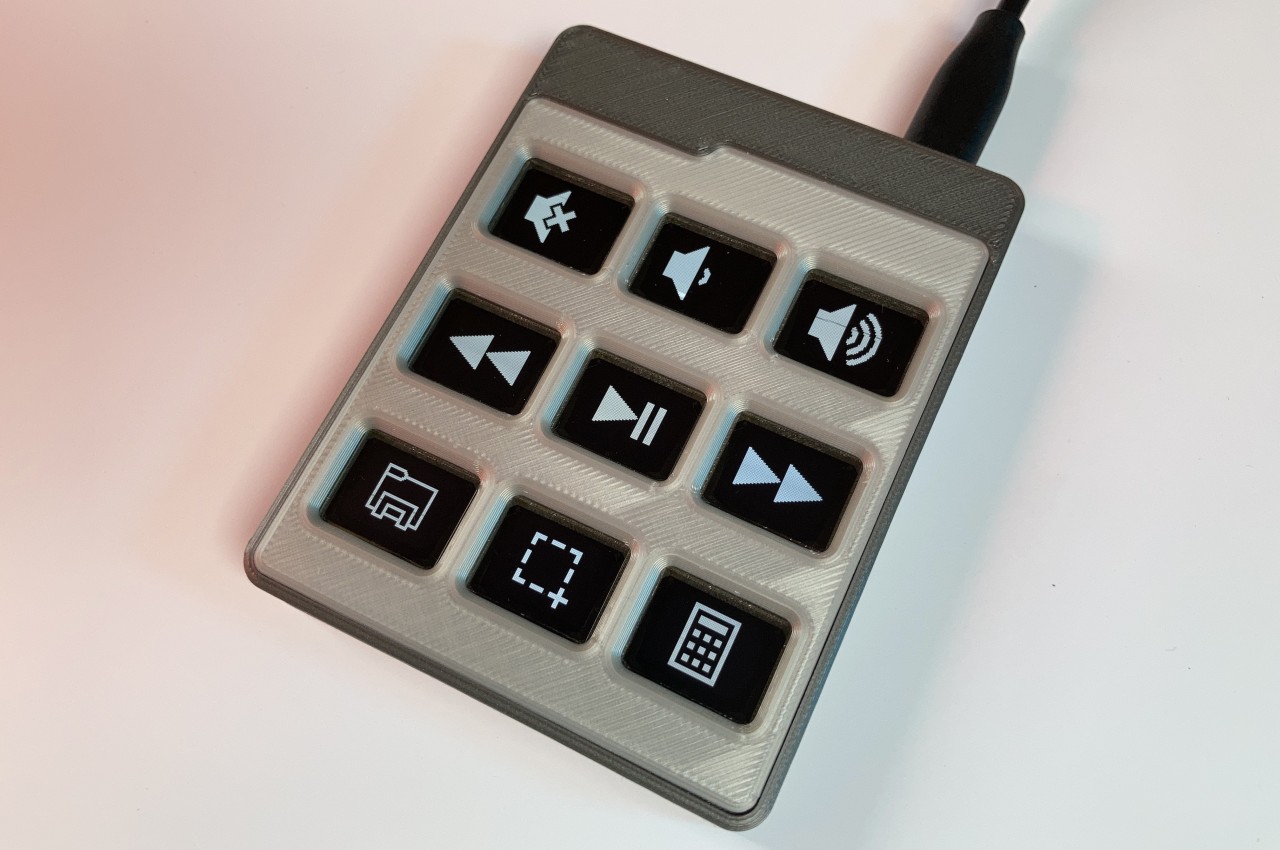
So-called macro keyboards like the Elgato Stream Deck are becoming more popular not just among streamers but also among computer power users. They provide a dedicated set of buttons separate from your keyboard that you can map to almost any function in an app to make them easier to use. As popular as these gadgets might be, they’re still considered niche and, therefore, expensive, out of reach of budding creators.
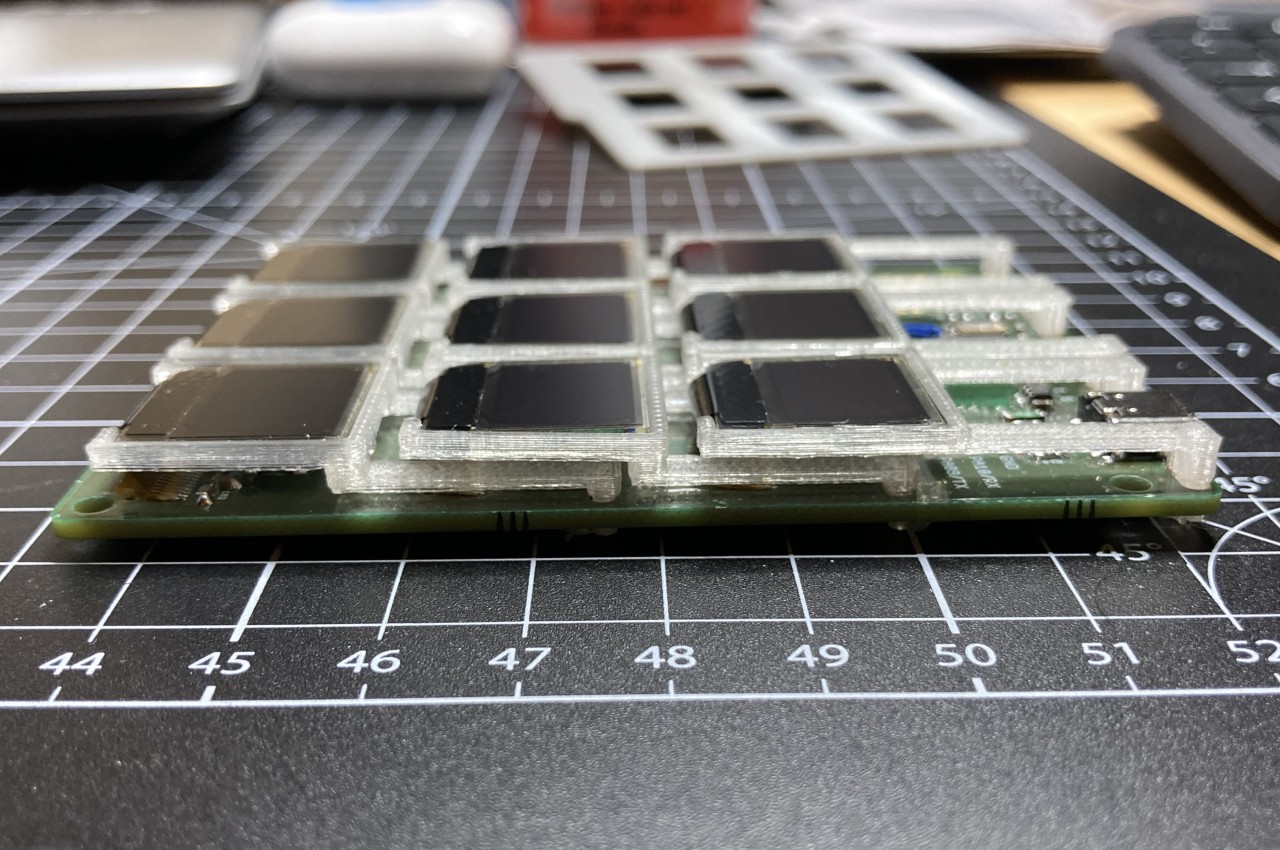
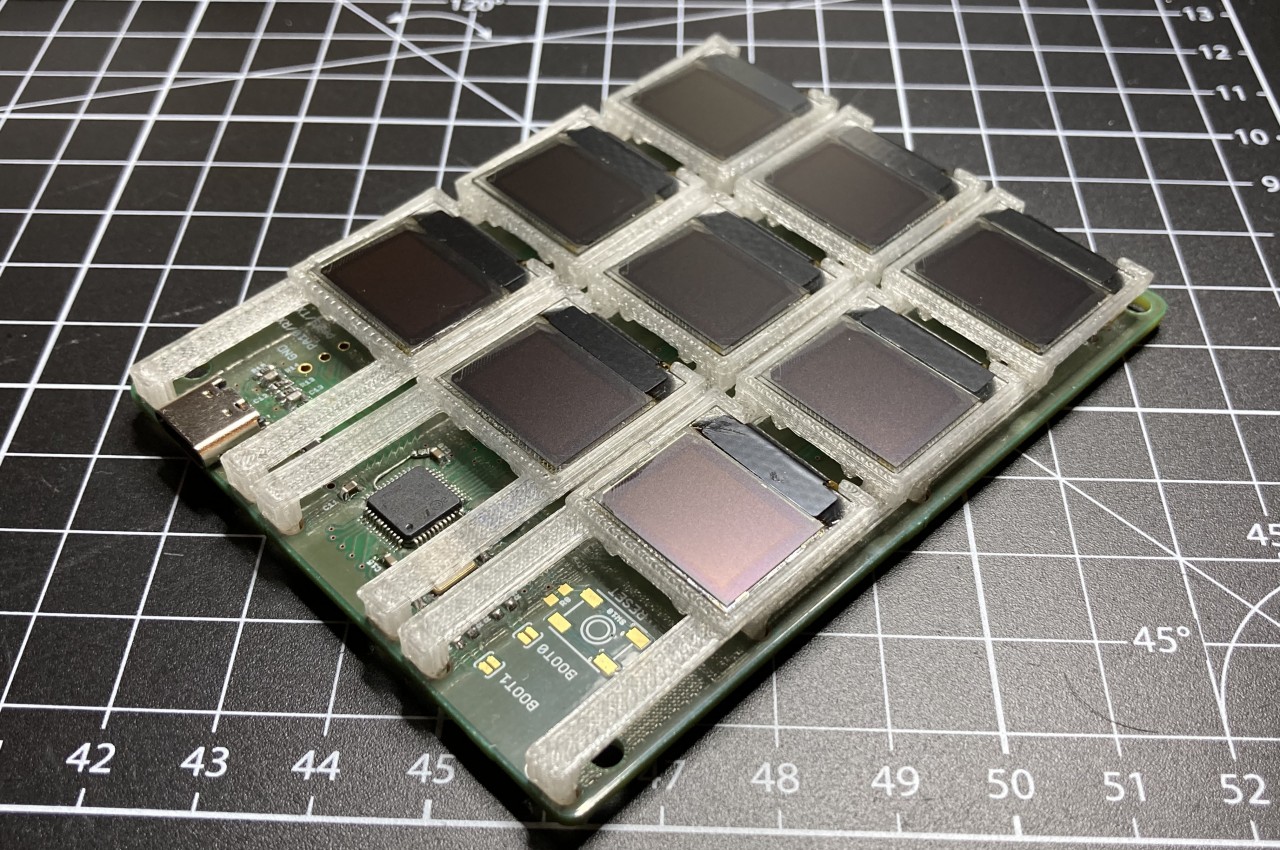
If you’re anything of a tinkerer or maker, however, you can also just make your own, like what this Keybon project aims to accomplish. It’s a small box with nine tactile buttons buttons that you can assign to a specific function or keyboard shortcut. And just like those pricey commercial macro keyboards, it can switch to a different layout depending on what software you’re running at the time.

What makes Keybon extra special is that each of those nine buttons actually has small 0.66-inch screens on top, and you can select an icon to match the action that the button represents at that time. While it might be faster with muscle memory, visual cues like this will help your brain adjust when switching between apps and layouts. At the same time, you also don’t have to force yourself to actually memorize the actions and buttons and simply take a quick glance at the keyboard to know which one to press.
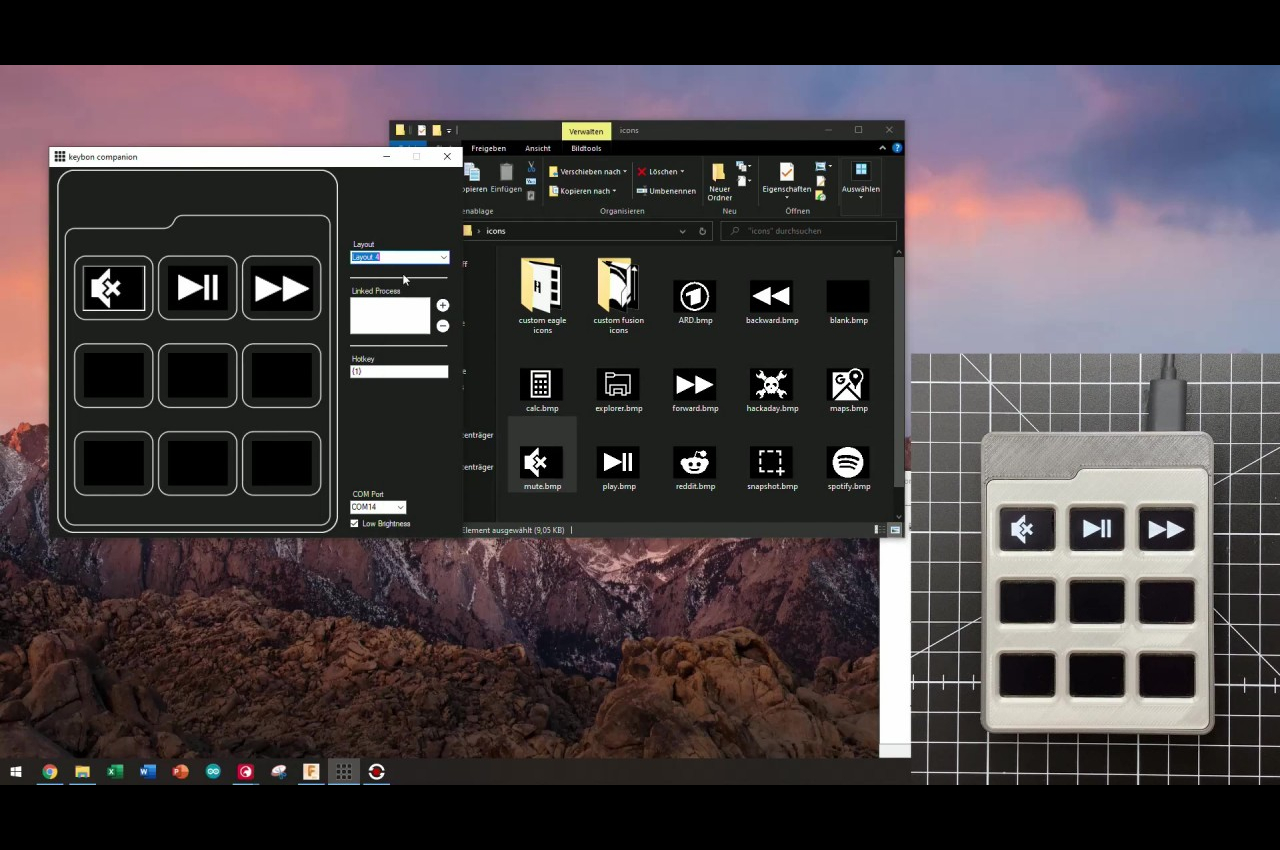
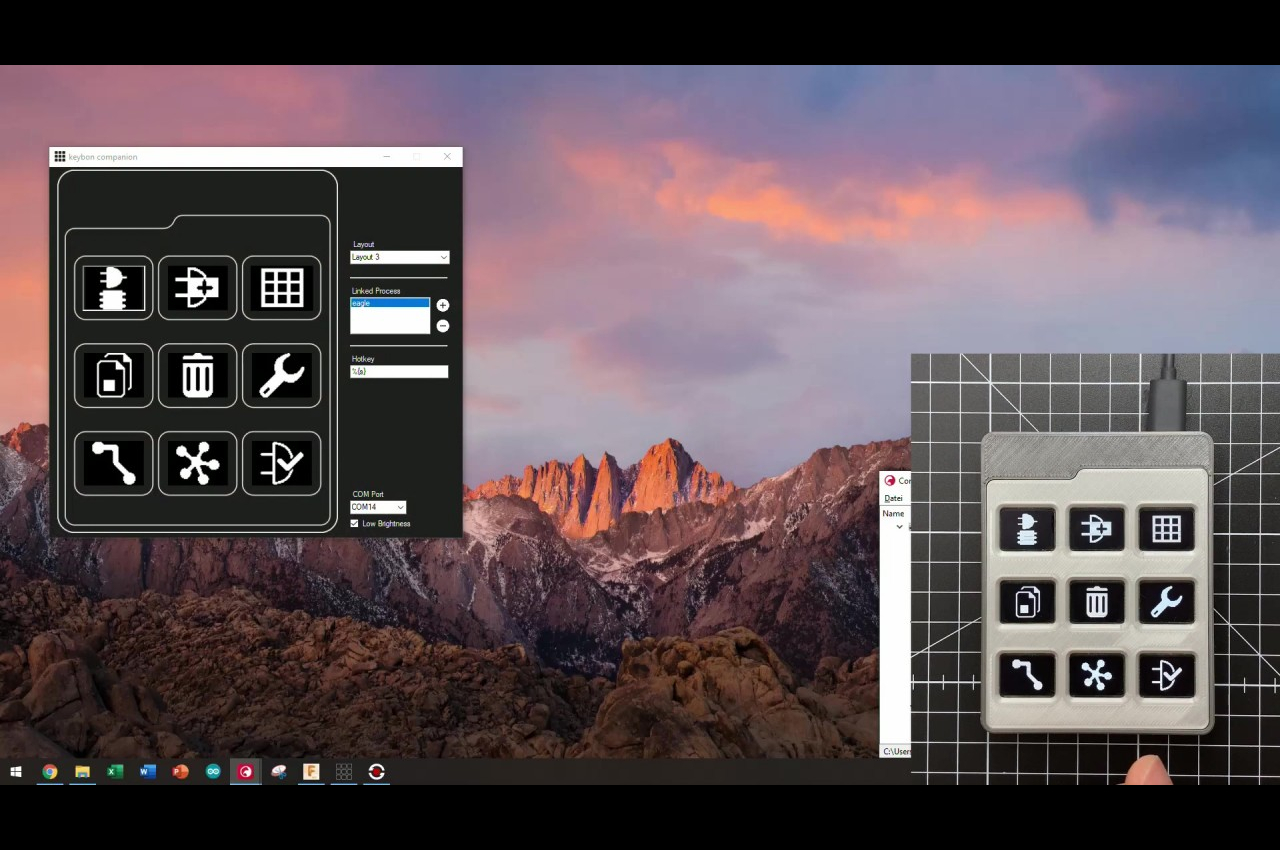
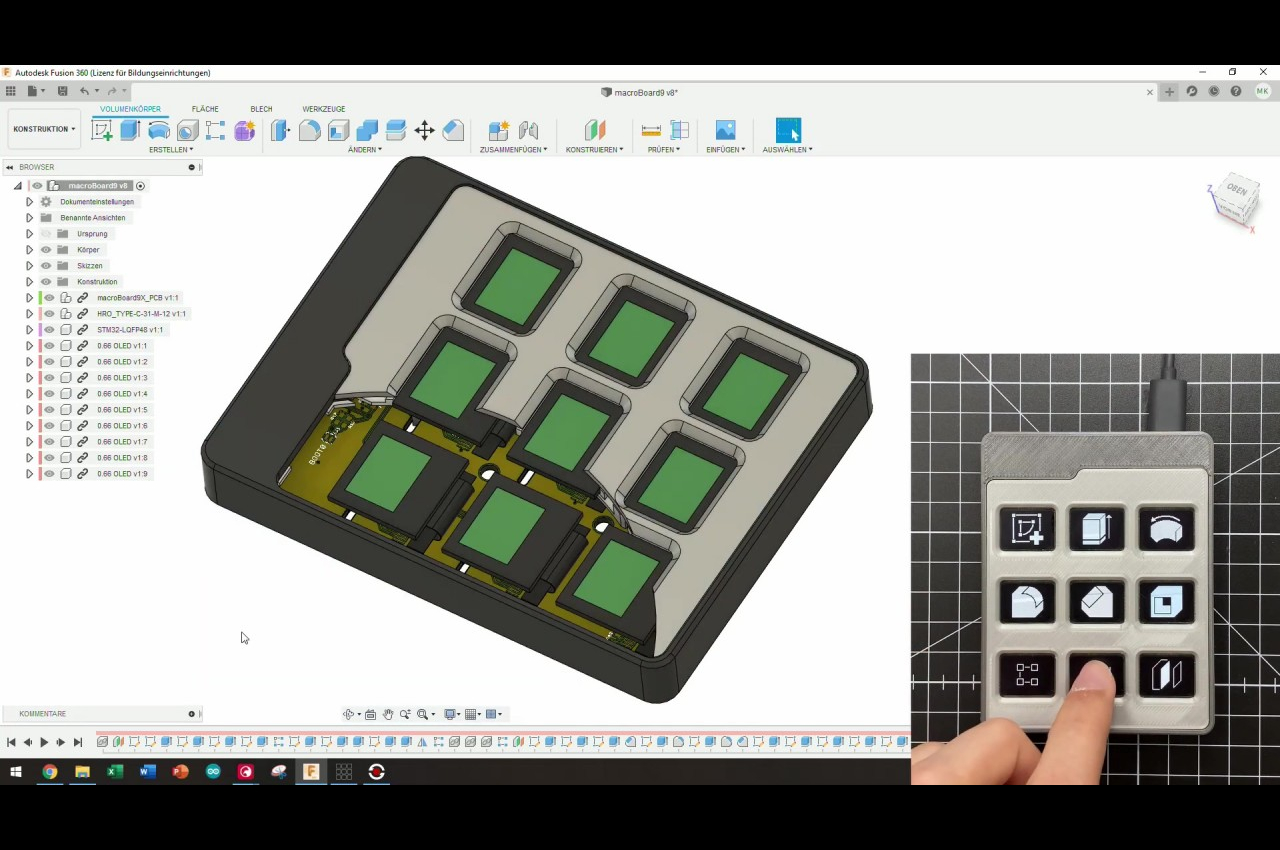
That said, this kind of project does require a bit of electronics and software know-how to create Keybon, but that also opens the door to more freedom in the design of the device. Fortunately, all the needed pieces are available for free, so it can also become a springboard for makers and creators to customize their own personal macro keyboard to their hearts’ content.
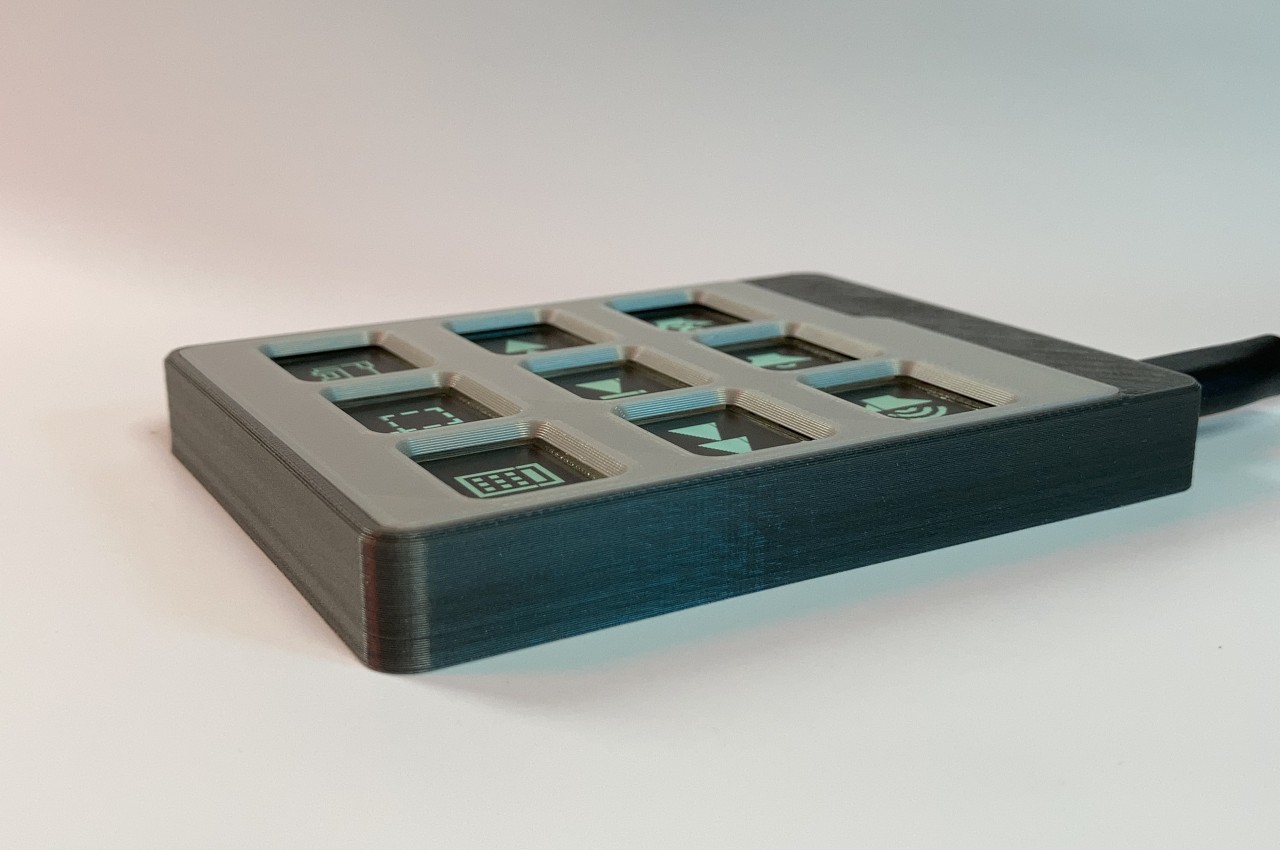
The post DIY macro keyboard gives designers customizable shortcuts for any app first appeared on Yanko Design.
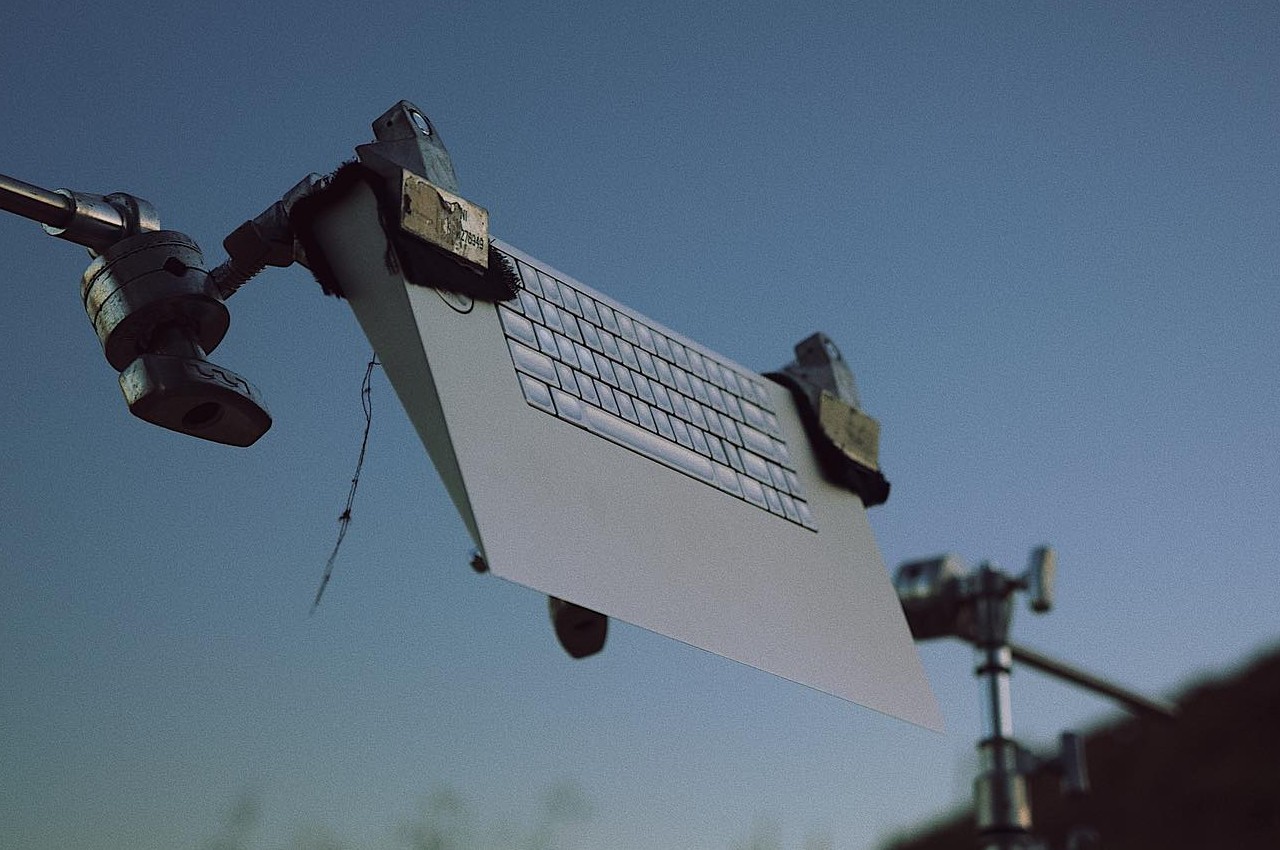
Computer keyboards are designed for utility primarily, with aesthetics often coming in second place if at all. Considering its purpose, that’s not exactly puzzling, but there are thankfully fresh new designs that are giving keyboards more refreshing visuals without changing the standard formula in any way. There are, however, also bolder attempts at carving a completely different character for the humble keyboard, without losing any of its functionality, of course, creating a product that is as much a work of art as it is a piece of engineering. One such piece is this all-metal “Icebreaker” keyboard, presenting a rather radical approach that aims for maximum impact by distilling the design down to its bare essentials, resulting in an almost brutalist form that takes its cues from that iconic steel-framed building in New York City.
Designer: Denis Agarkov (Serene.Industries)
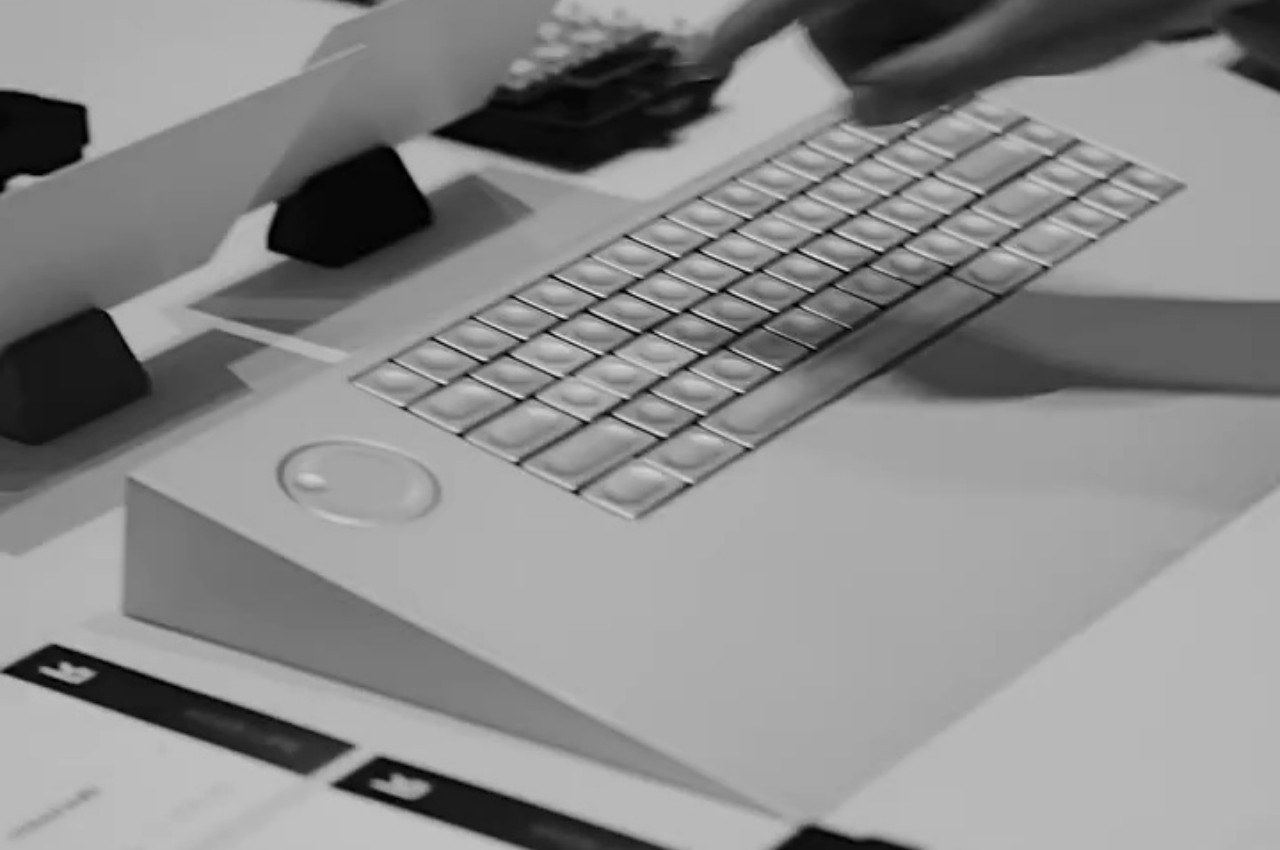
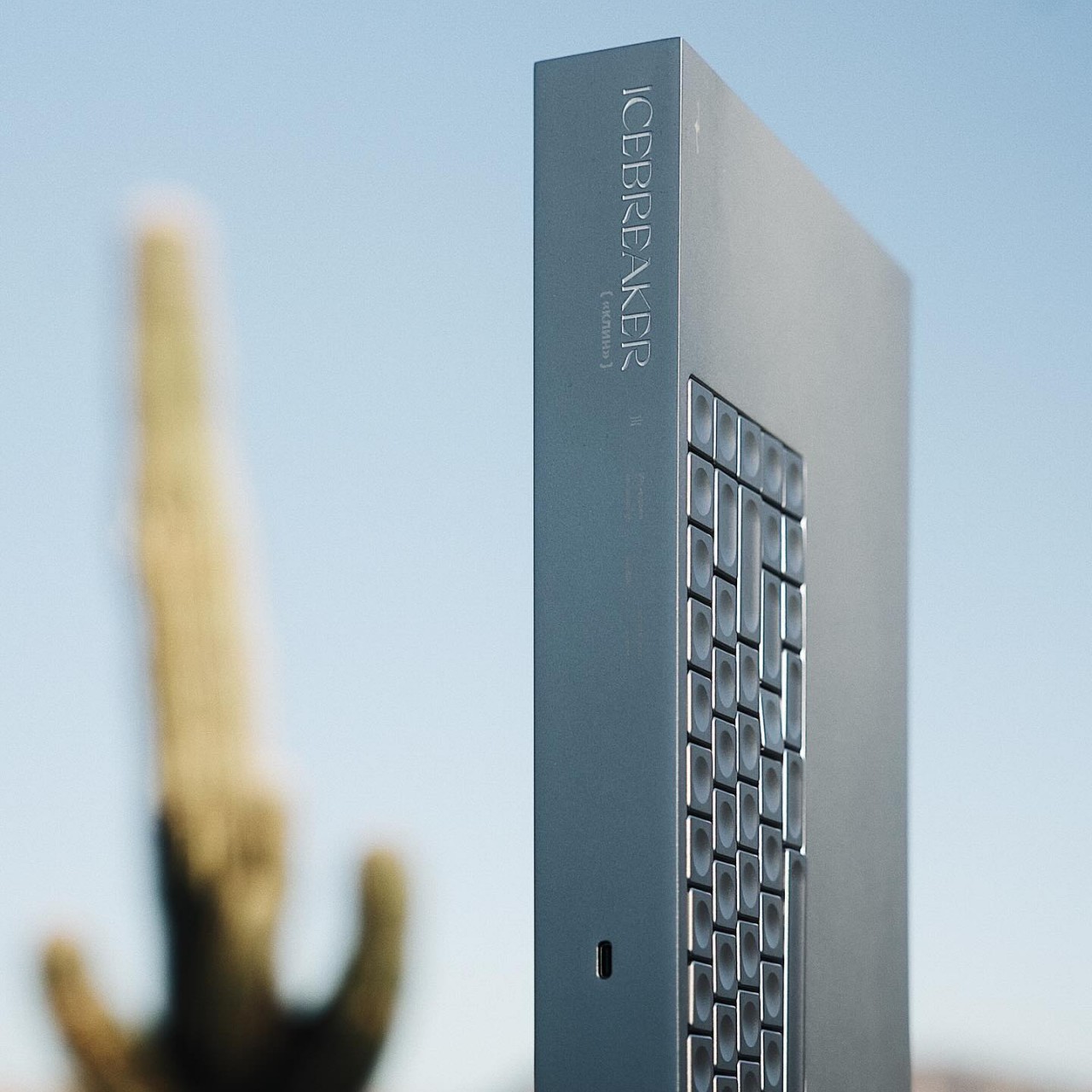
The earliest computer keyboards came with a chunky wedge shape, not for the sake of appearances but almost out of necessity. It offered a naturally inclined plane that was more ergonomic than typing on a flat surface, although the designers of that period may have not been completely cognizant of that. It’s a design convention that today’s keyboards implement using foldable stands in order to accommodate varying user preferences as well as sleeker styles and thinner profiles.
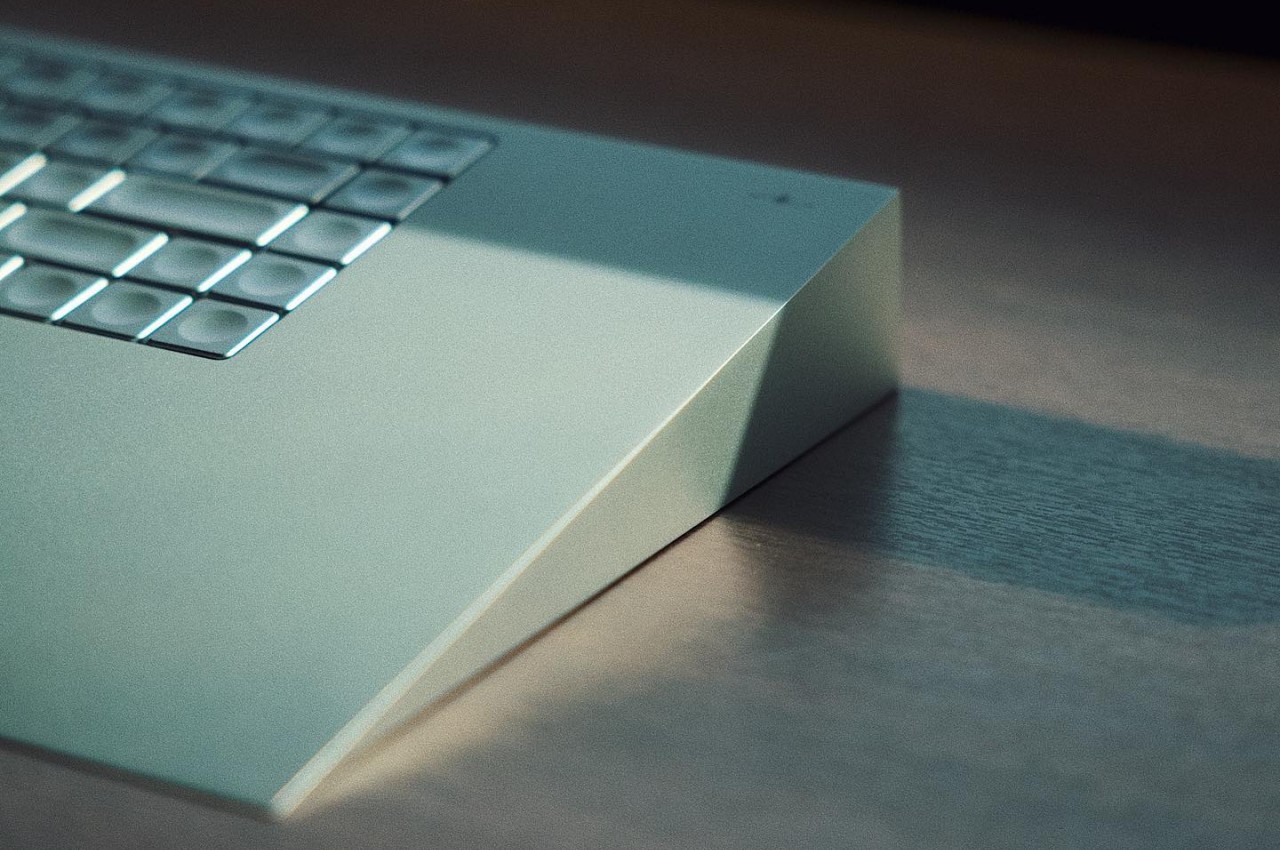
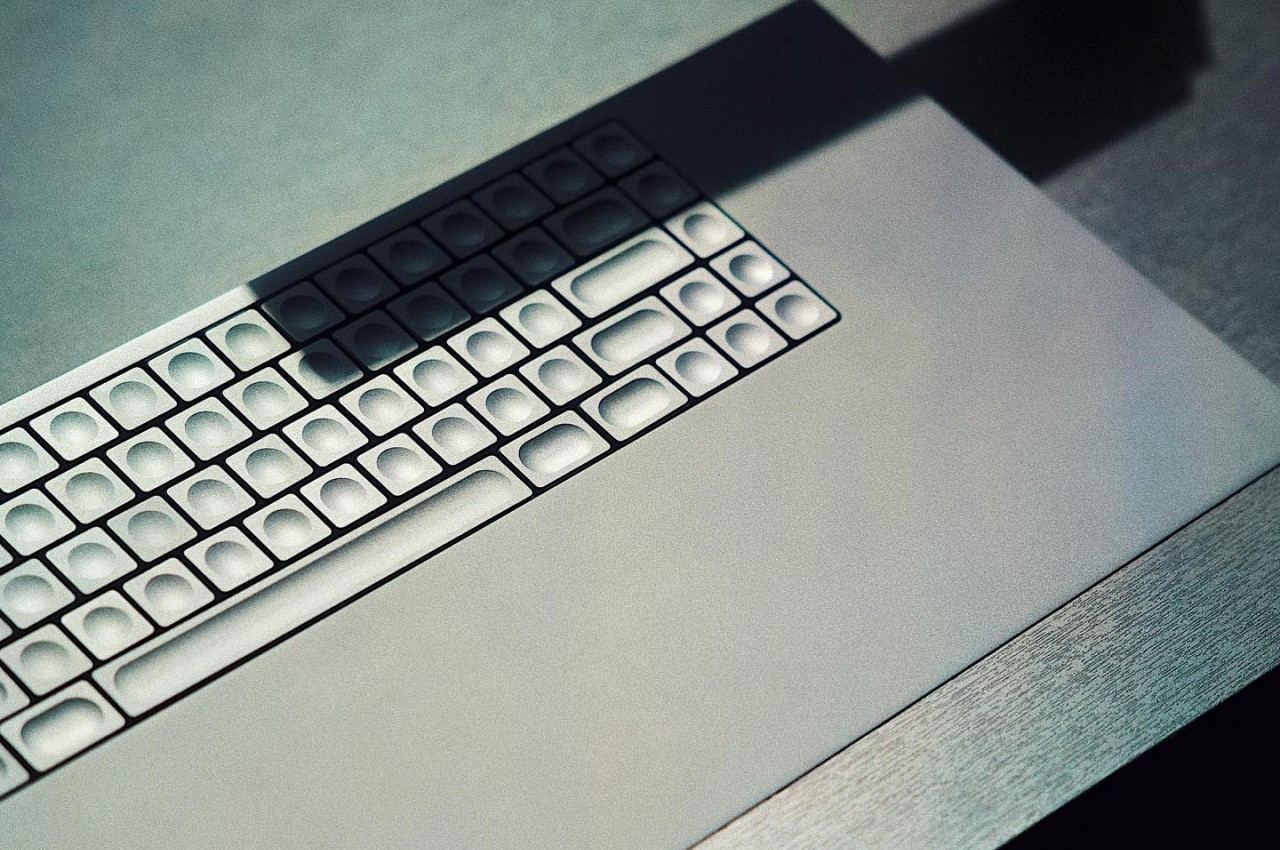
The Icebreaker, in contrast, is unapologetic in embracing that wedge shape and does so in an almost extreme way. It’s actually more of a triangle than a wedge, with the angle facing the user presenting an edge that looks sharp enough to chop wood or even break ice, hence the name. The inclined plane naturally forces your hands to type at a fixed angle, but unlike the first keyboards of old, the design comes with built-in wrist support. When viewed from certain angles, like when the keyboard stands upright on one of its sides, it resembles the Fuller “Flatiron” Building in New York, a piece of architecture that is famed for its unusual shape that represents a cast-iron clothes iron.

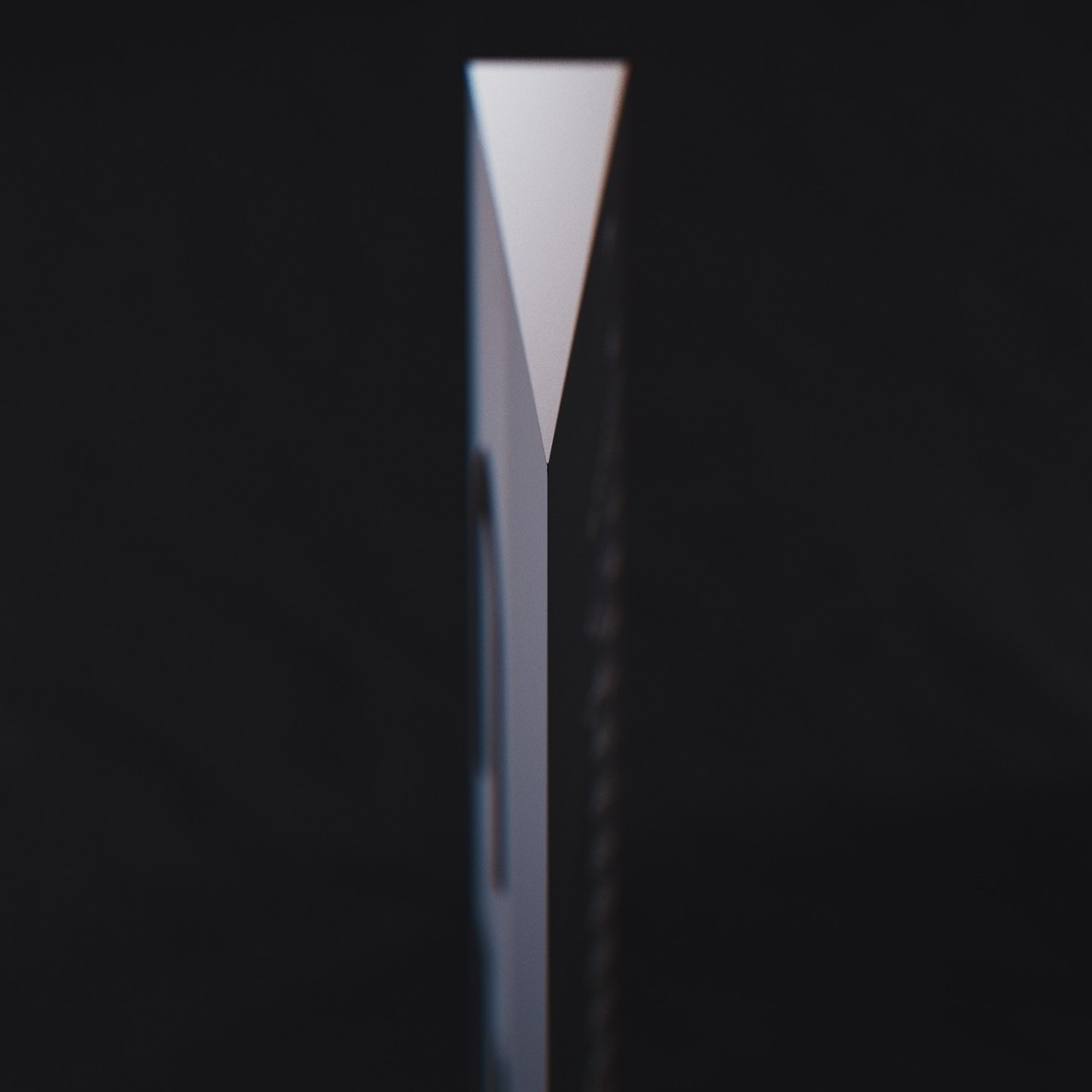
Just like that building, or perhaps even more so, the entire keyboard is machined from aluminum, including the keycaps. Unlike your typical keycaps, these are completely concave circles. Even more interesting, the marks on the keys aren’t in the middle but are off to the corners, created using 300-micron micro-perforations. There are no other markings on the keyboard, no color or even backlighting, giving it an industrial aesthetic that borders on brutalism because of its raw, full metal appearance.
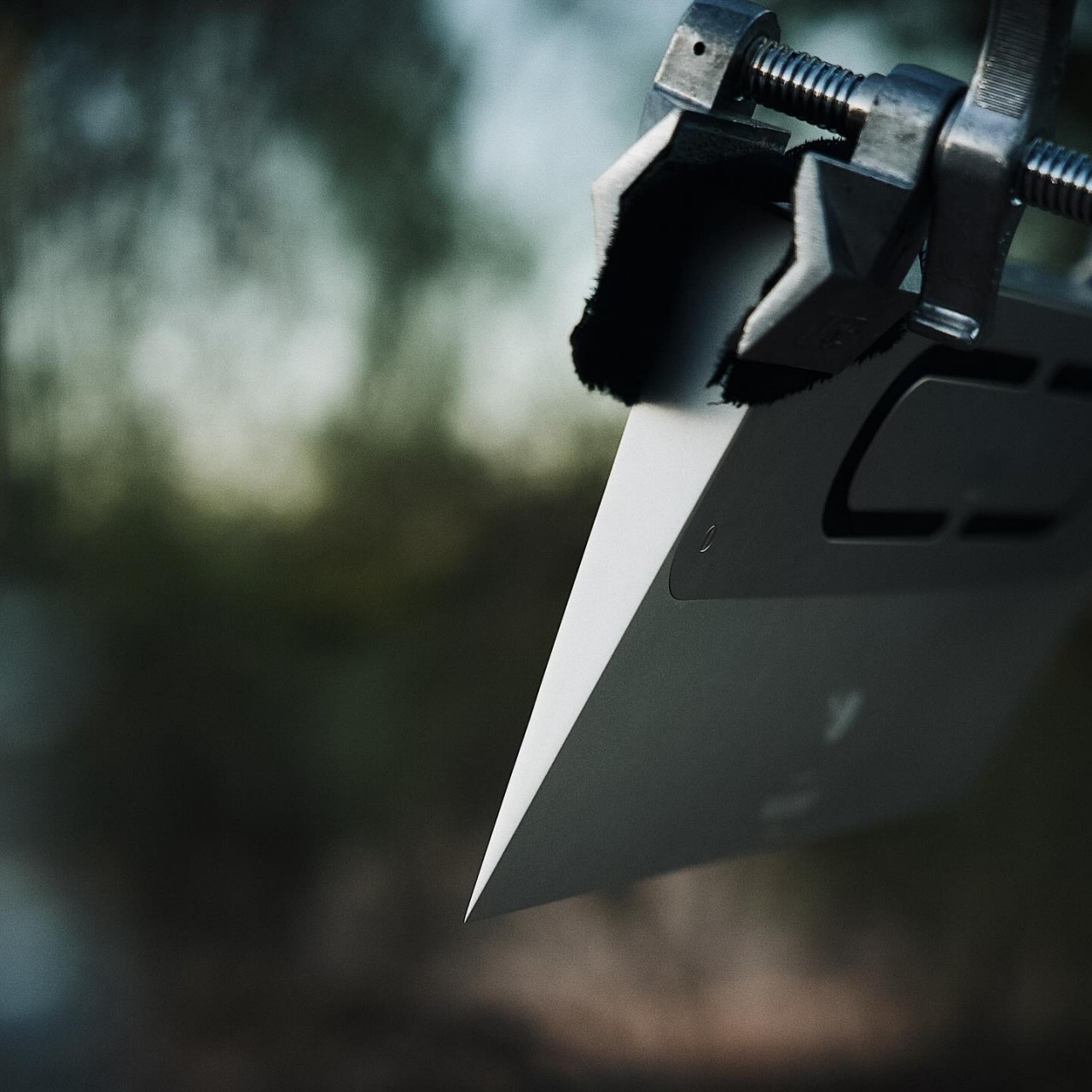

Of course, The Icebreaker isn’t just for show and it actually has one feature not found on most keyboards. There’s a programmable dial off the left of the keyboard, a useful tool for creators who constantly scroll through menus and options. It’s definitely an interesting piece of computer equipment, at least visually. Its actual usability and ergonomics, however, are still to be judged when the product actually becomes available for purchase.
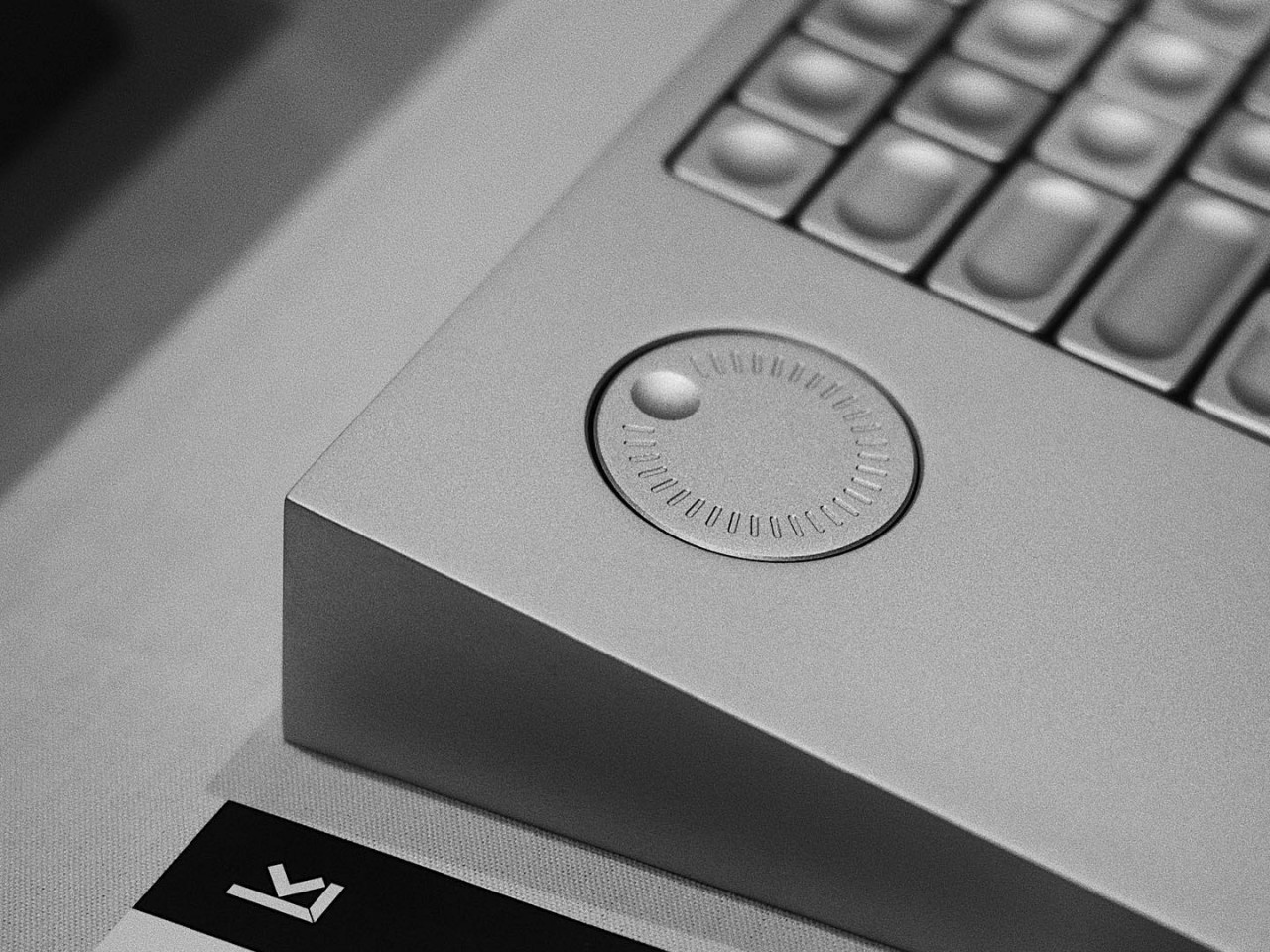
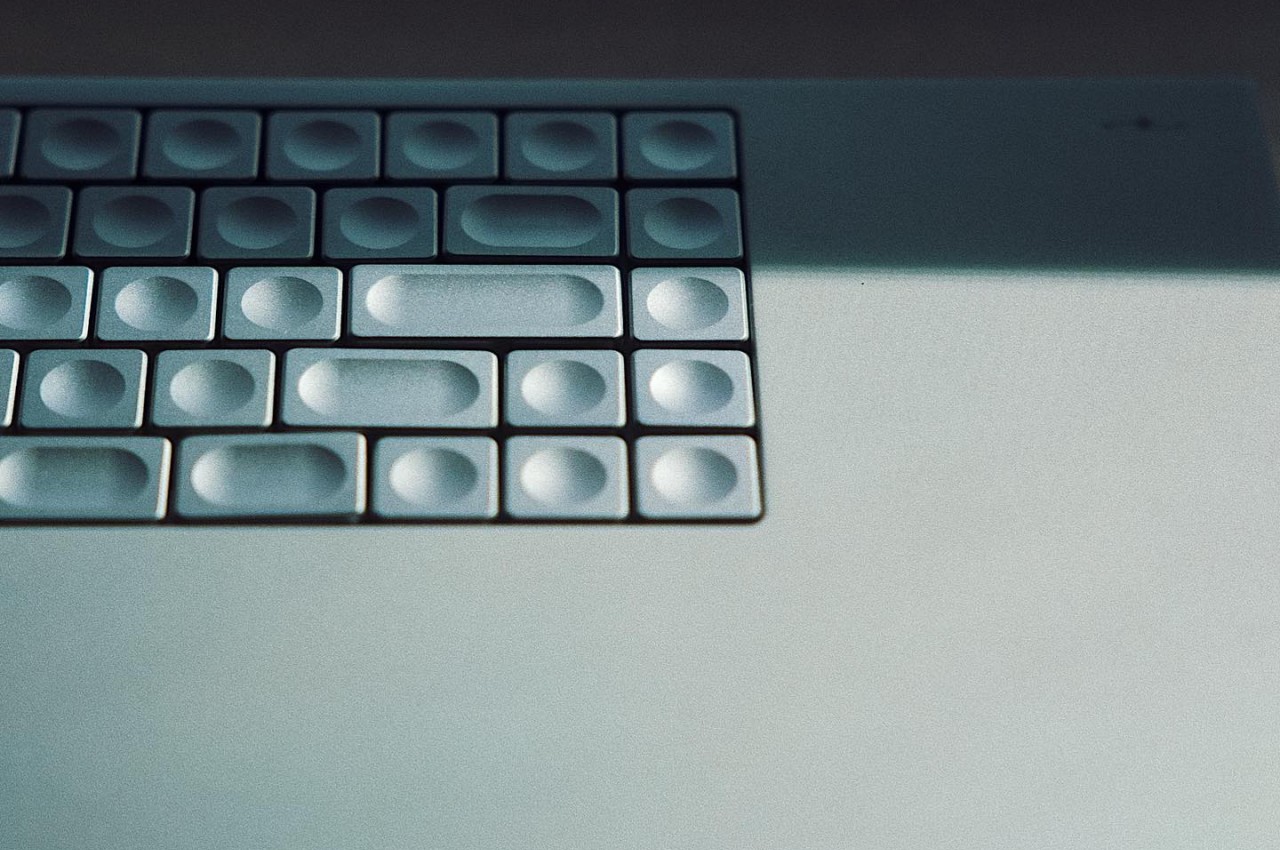
The post Wedged-shaped full metal keyboard is inspired by the Flatiron NYC landmark first appeared on Yanko Design.
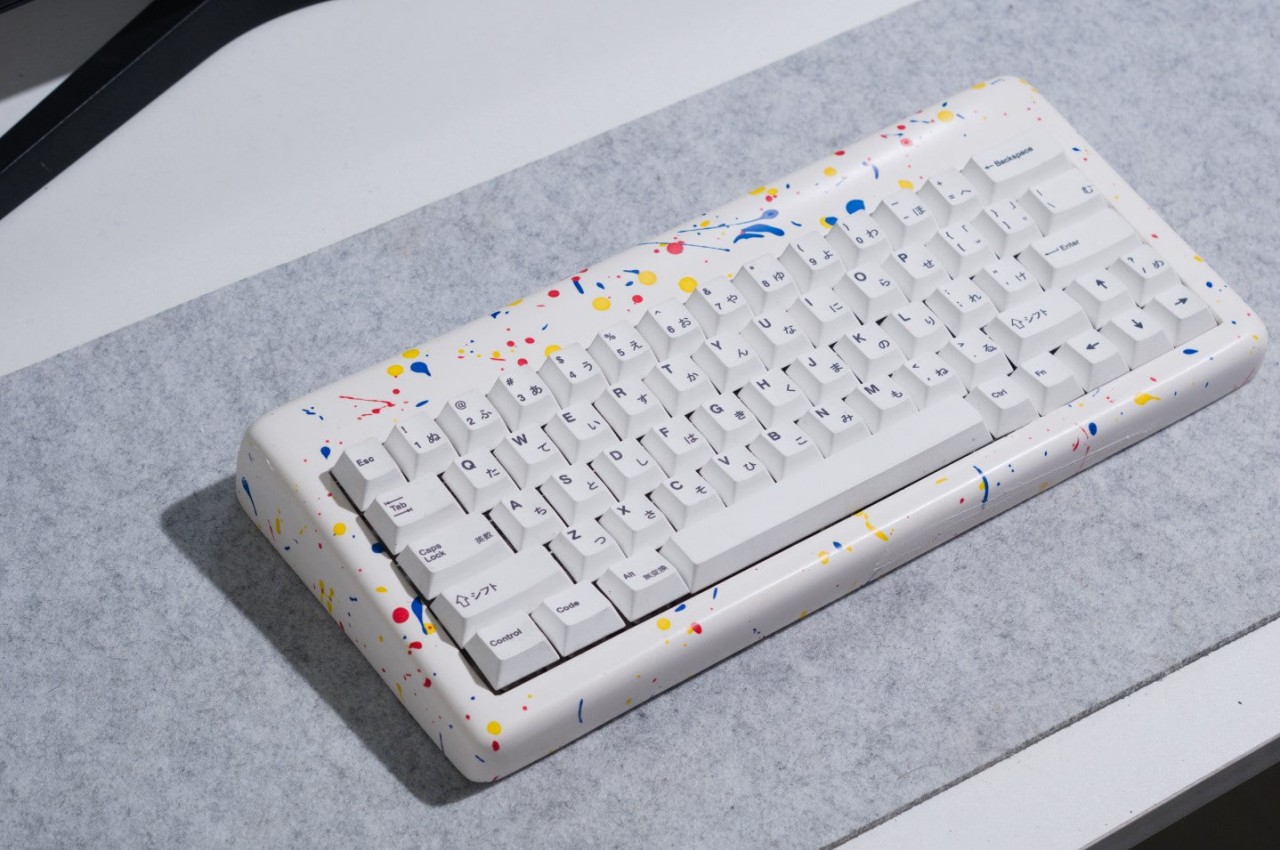
Computer keyboards are often regarded as purely utilitarian products. Aside from the RGB lighting that gaming-focused keyboards have, the majority of the designs tend to lean towards black or white color schemes, with a few colorful exceptions here and there. These input devices are rarely considered works of art, or even anything related to art. Of course, there is a very small number that doesn’t fit inside this box, putting as much attention to aesthetics as is paid to performance and ergonomics. This rather peculiar keyboard design, for example, splatters a variety of colors on the case, recreating an artistic style used by Italian artisans to create their rather unique and artistic ceramic.
Designer: Brazen Studio
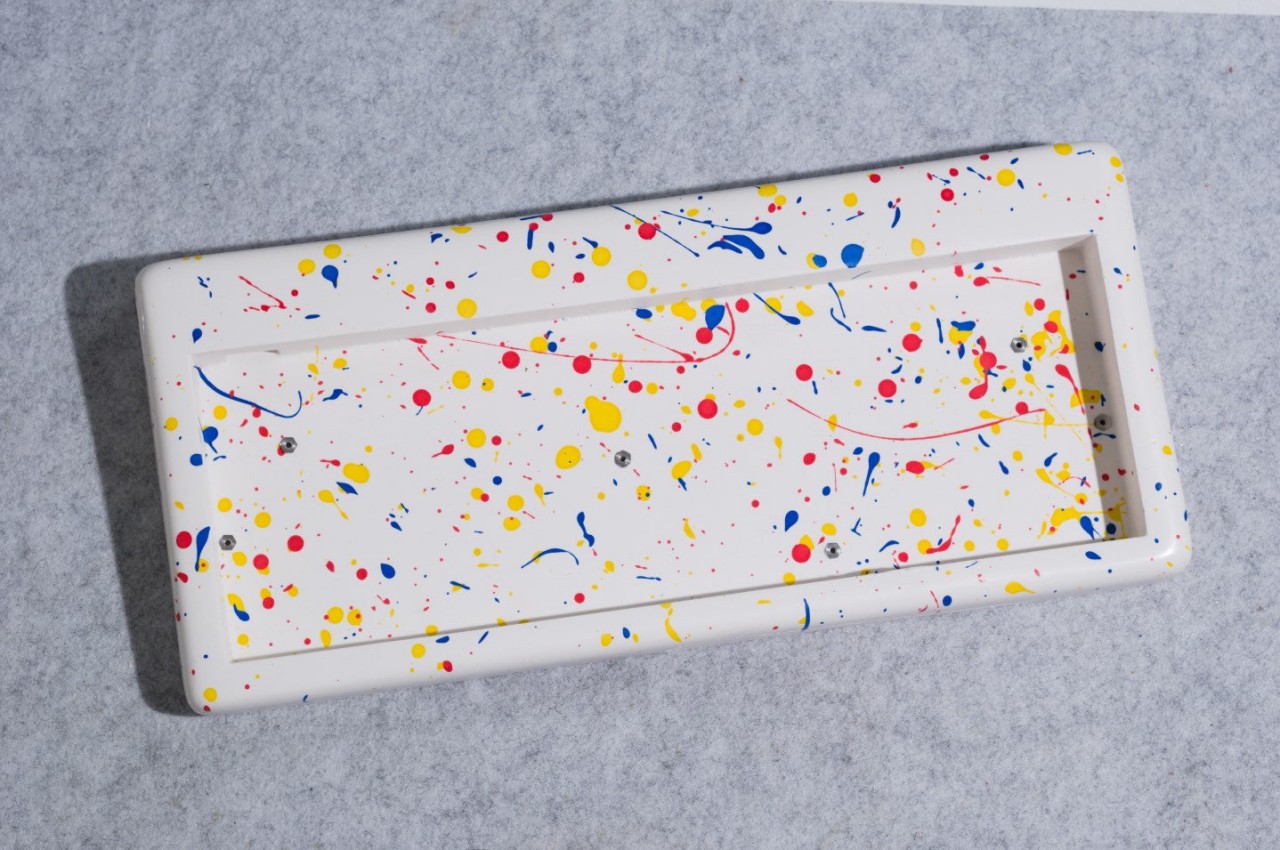
Some people might have preconceived notions of what ceramic products look like, either completely brown like clay jars or pure white with elaborate patterns painted on their glossy surfaces. Italy, however, has another and rather unique variation to that design, employing a technique called “schizatto,” which literally means splatter, to glaze and decorate their ceramics. The end result is, as the name suggests, a splattering of paint drops with random shapes and volume, giving the design a unique and whimsical character.
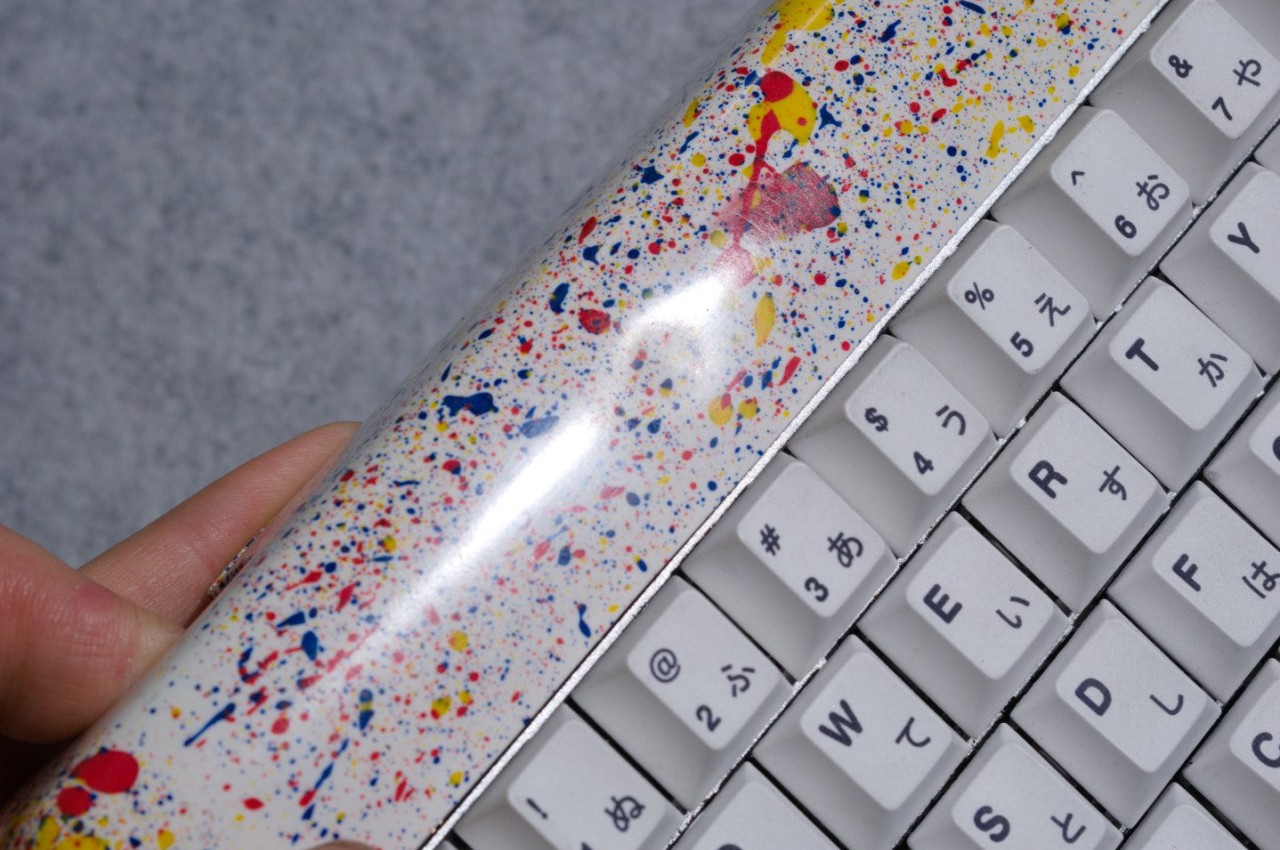
That’s the kind of unconventional appearance that the Mason60 keyboard cases deliver, adding not just visual interest but also an element of fun to your computer use. Each keyboard case is individually hand-crafted using this artistic technique, making every single one an exclusive limited edition product of sorts. And since no two splatters will ever be the same, each case carries its own personality, reflecting not just physics but the artist’s “brush” during the time of its creation as well.
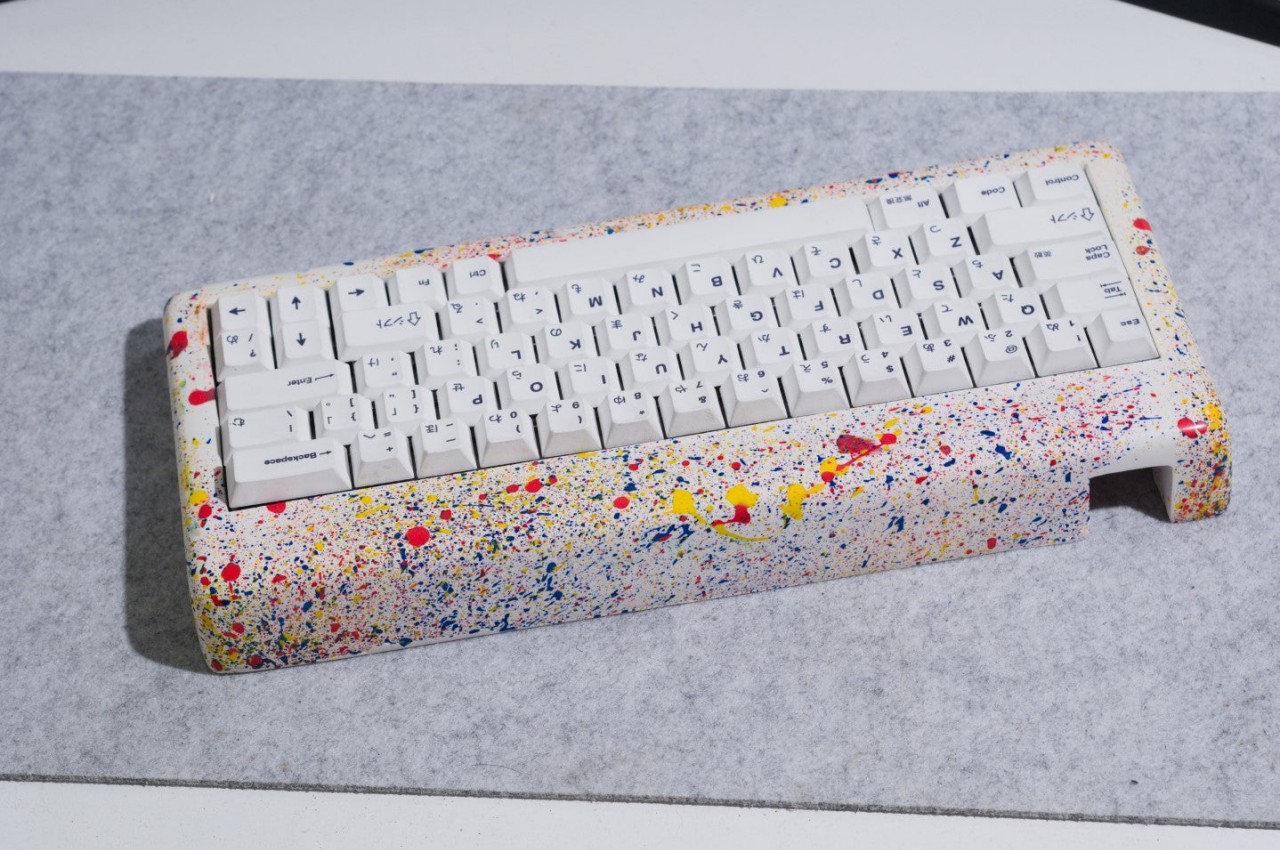
The Mason60 Schizzato series doesn’t stop at just mimicking the appearance of those artisan ceramics. Made from gypsum resin composite, the cases give keyboards a heft that’s not unlike those very same ceramic products. The material is also polished to give it a glossy finish that one might even mistake for real marble. In other words, the Mason60 will really make your keyboard look and feel like an authentic Italian ceramic product, or at least something that definitely looks artistic from any angle.

It’s too easy to take for granted how a simple change to the keyboard’s appearance could affect your use of the computer. Yes, it won’t directly affect your typing experience, at least depending on the kind of keys and switches you will be pairing with these cases, but it will affect your mental state at the very least. If you spend a lot of time in front of the computer, having something beautiful and interesting always in your sight could definitely help perk up your mood and stimulate your brain. Plus, it never hurts to have something so novel and unique as a conversation starter and maybe even a source of envy among your friends.
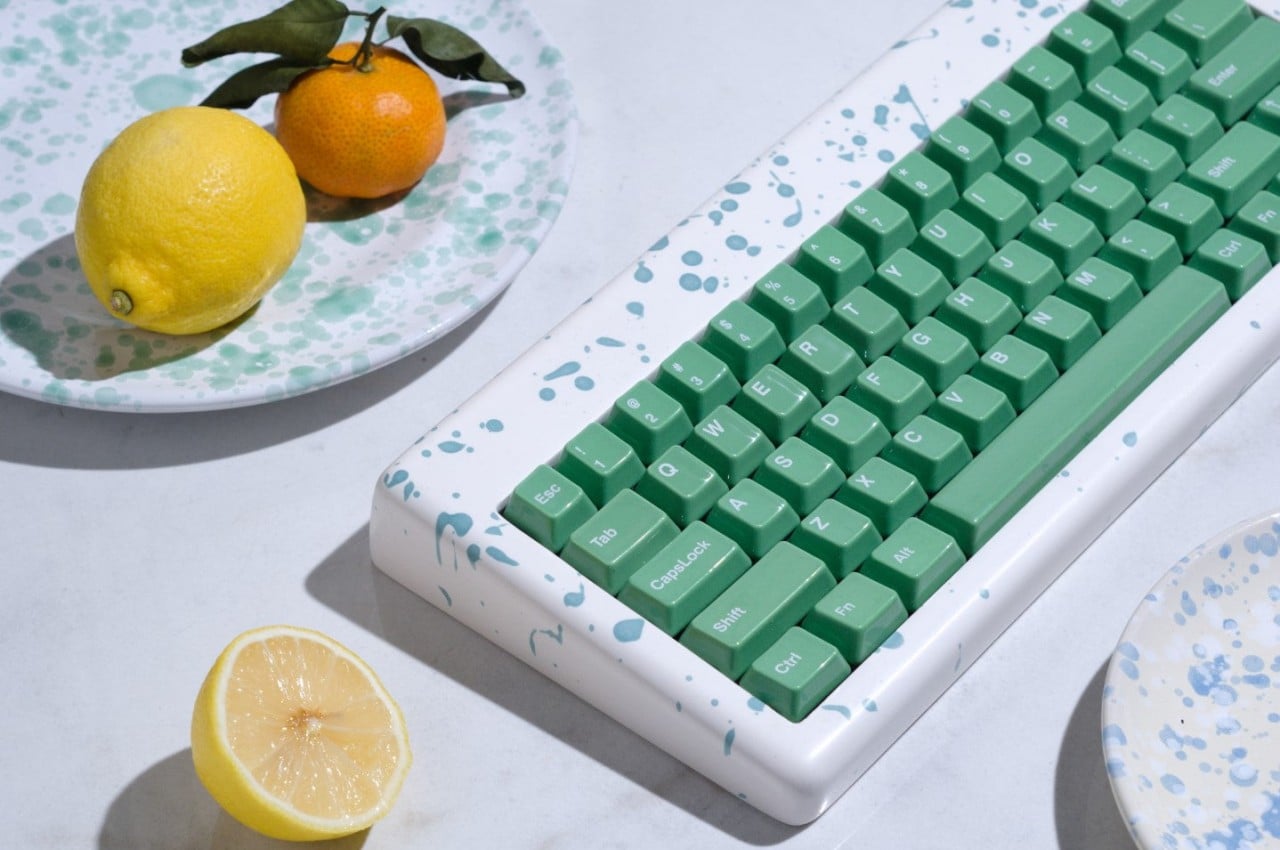

The post Ceramic-inspired keyboard brings a splatter of Italian design to your desk first appeared on Yanko Design.
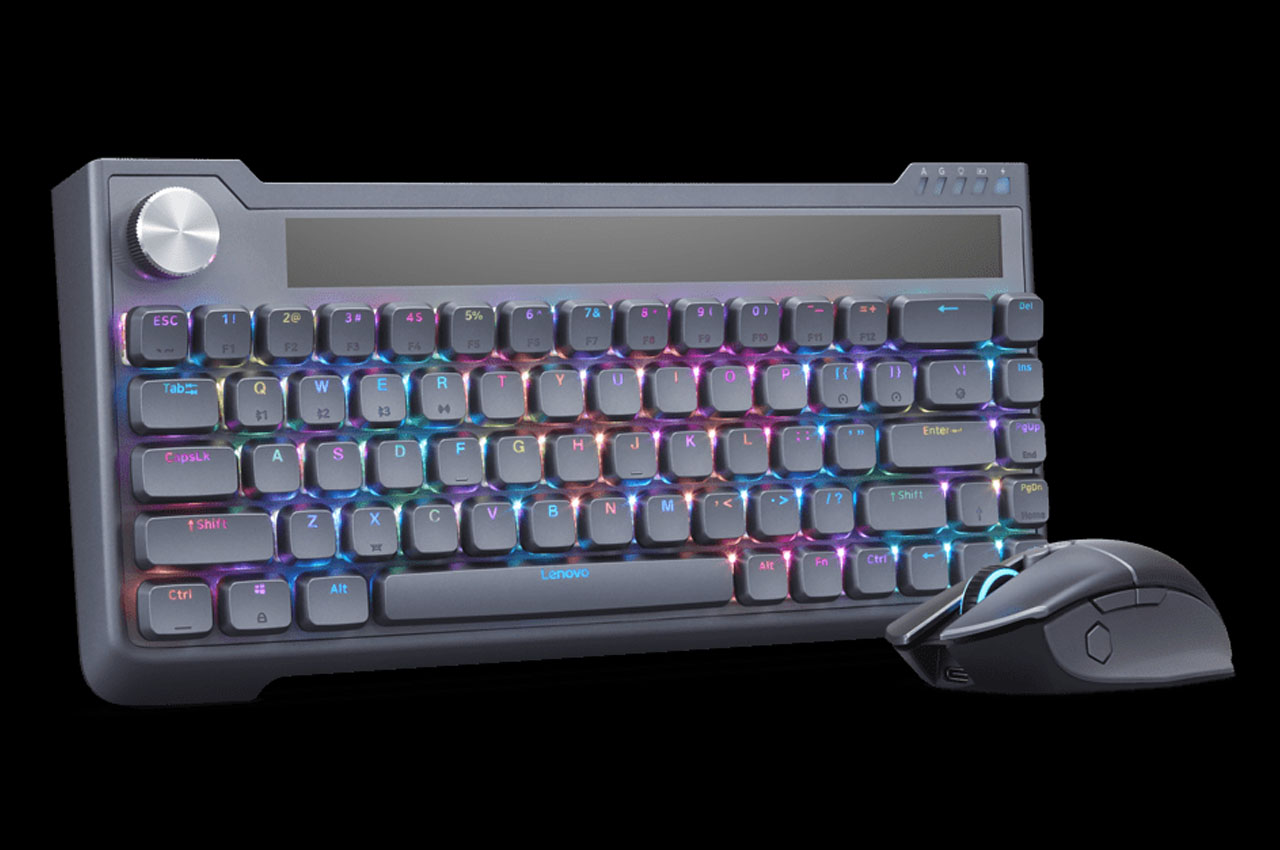
Solar-powered keyboard and mouse are nothing new to the industry, but Lenovo wants to take the gauntlet further. At CES 2024, the Hong Kong-based consumer electronics giant revealed a unique keyboard and mouse combo that uses mechanical movement and solar irradiation to power things up. That means, no need to worry about changing batteries or exposing your peripherals to natural light.
The concept props up from the limitation of solar panels on cloudy days or in darker rooms without much ambient light. The mouse comes with a crank at the bottom while the keyboard has a kinetic dial on the top left corner. So, as you read an article on the internet you could channel your anxious vibes into charging the battery of the combo peripherals.
Designer: Lenovo
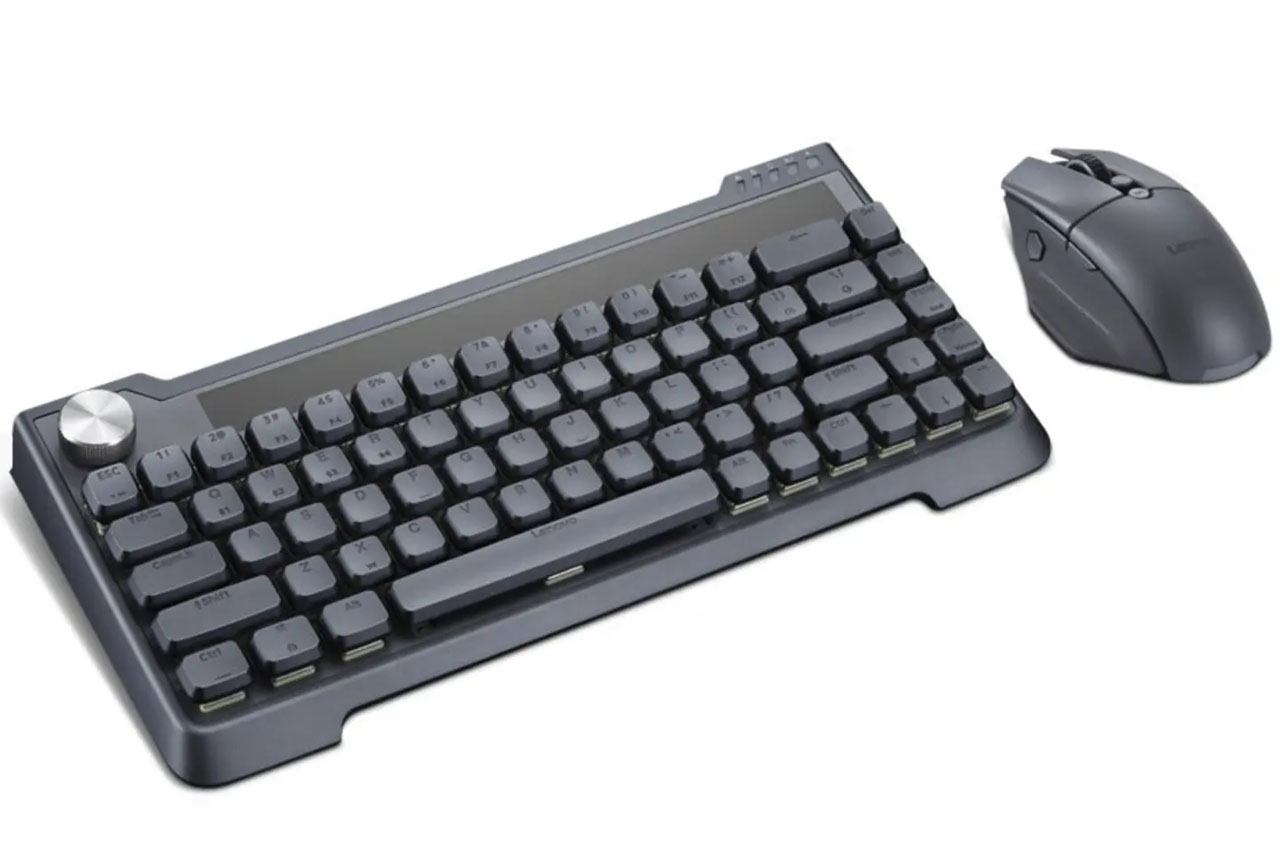
Still in the concept stage, the creation dubbed “Mechanical Energy Harvesting Combo” also gets solar panels on the keyboard to take advantage of natural or room light. I find the spinning dial on the keyboard to be more practical than the crank on the mouse which required more conscious effort. According to Lenovo, for five minutes of spinning, the keyboard gets another 30 minutes of added battery charge.
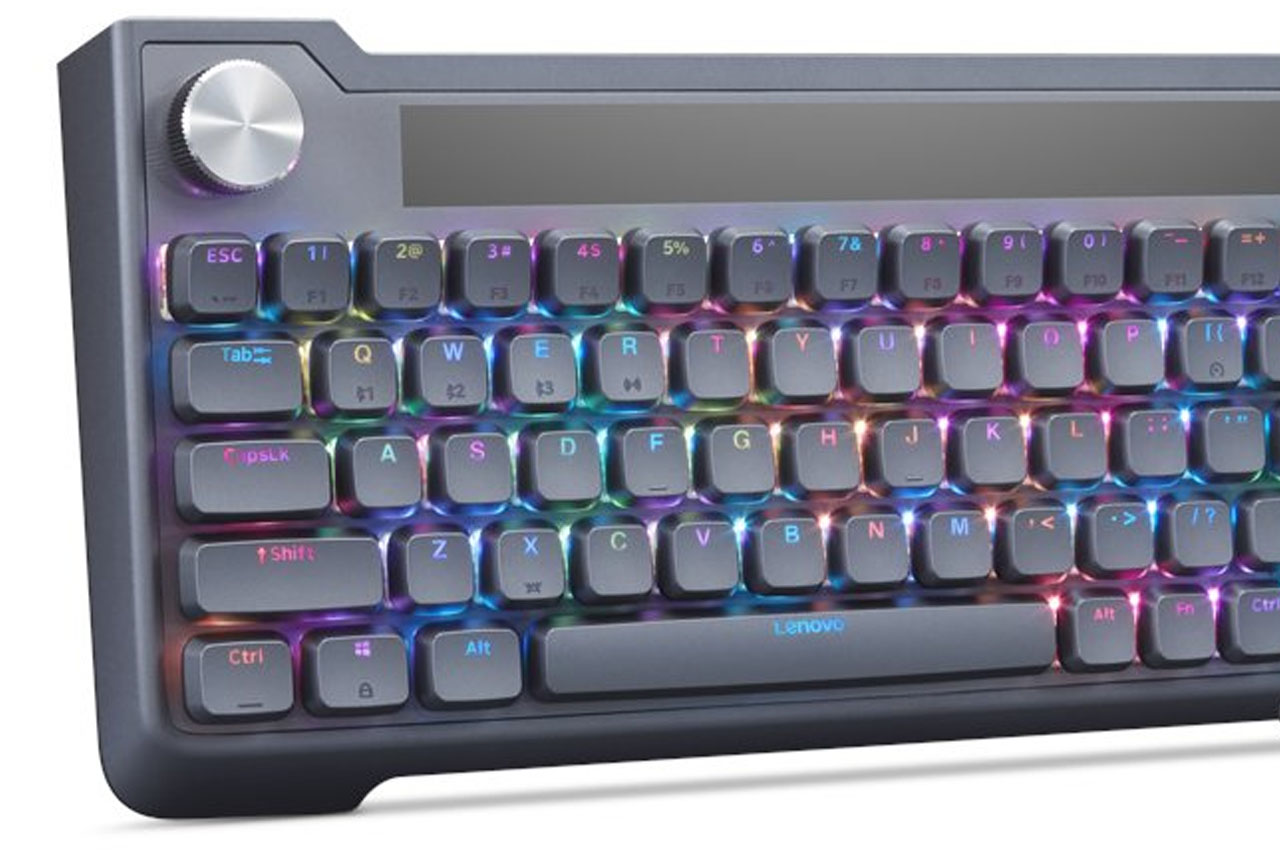
Lenovo has got all bases covered as there is a USB-C port on the back for times when you prefer the surety of manual wired charging. Other than that there is a customary three-position switch for toggling the RF dongle, wired USB, or Bluetooth connection.
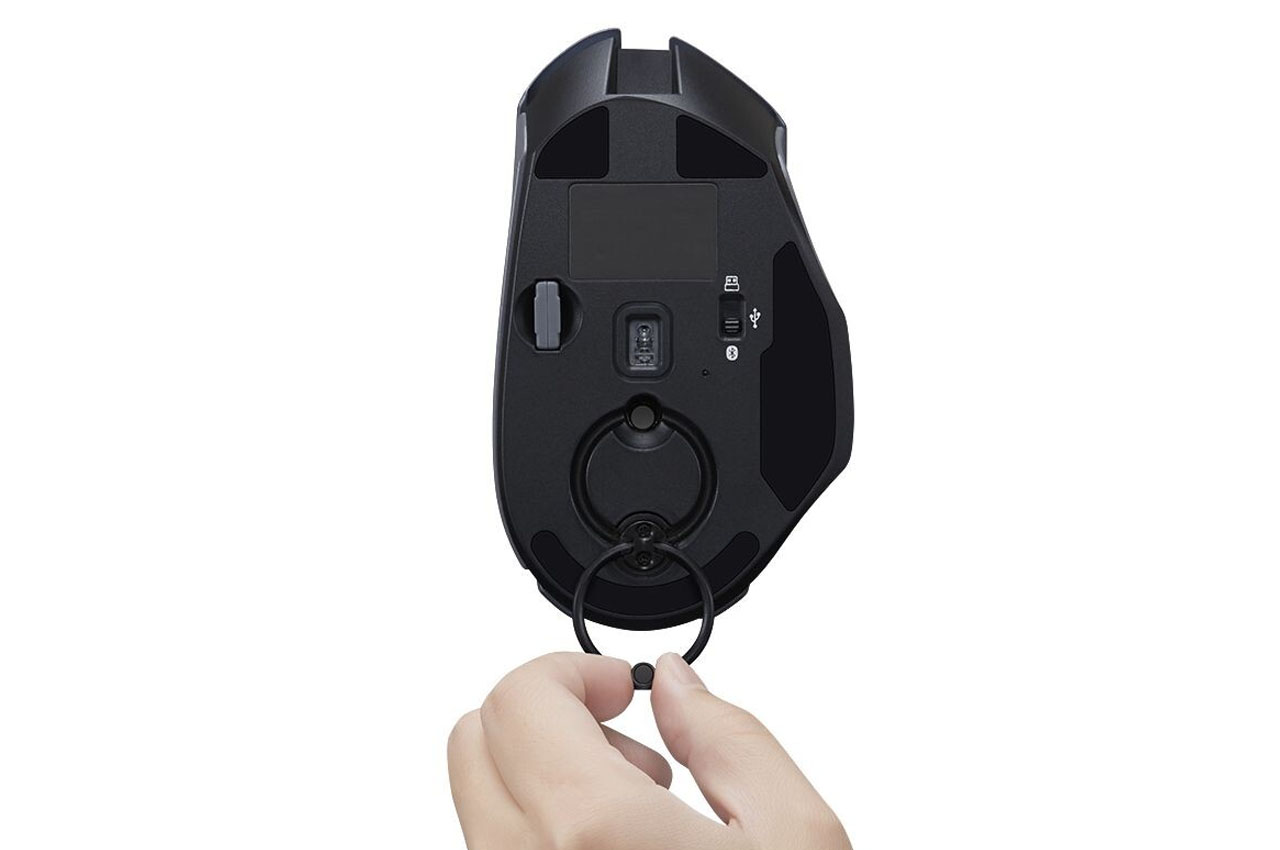
For the mouse, Lenovo chose an embedded ring on a pivot that can be raised and then rotated for the crank motion. A minute of winding gives around 30 minutes of charge time. Quite an effort though, but still something different that Lenovo has tried to create. As for the regular specifications, the software-programable mouse to 12,800 dpi has a good in-hand feel. There are the scroll buttons, side snipping button, resolution switcher, shortcut buttons and toggle switch.
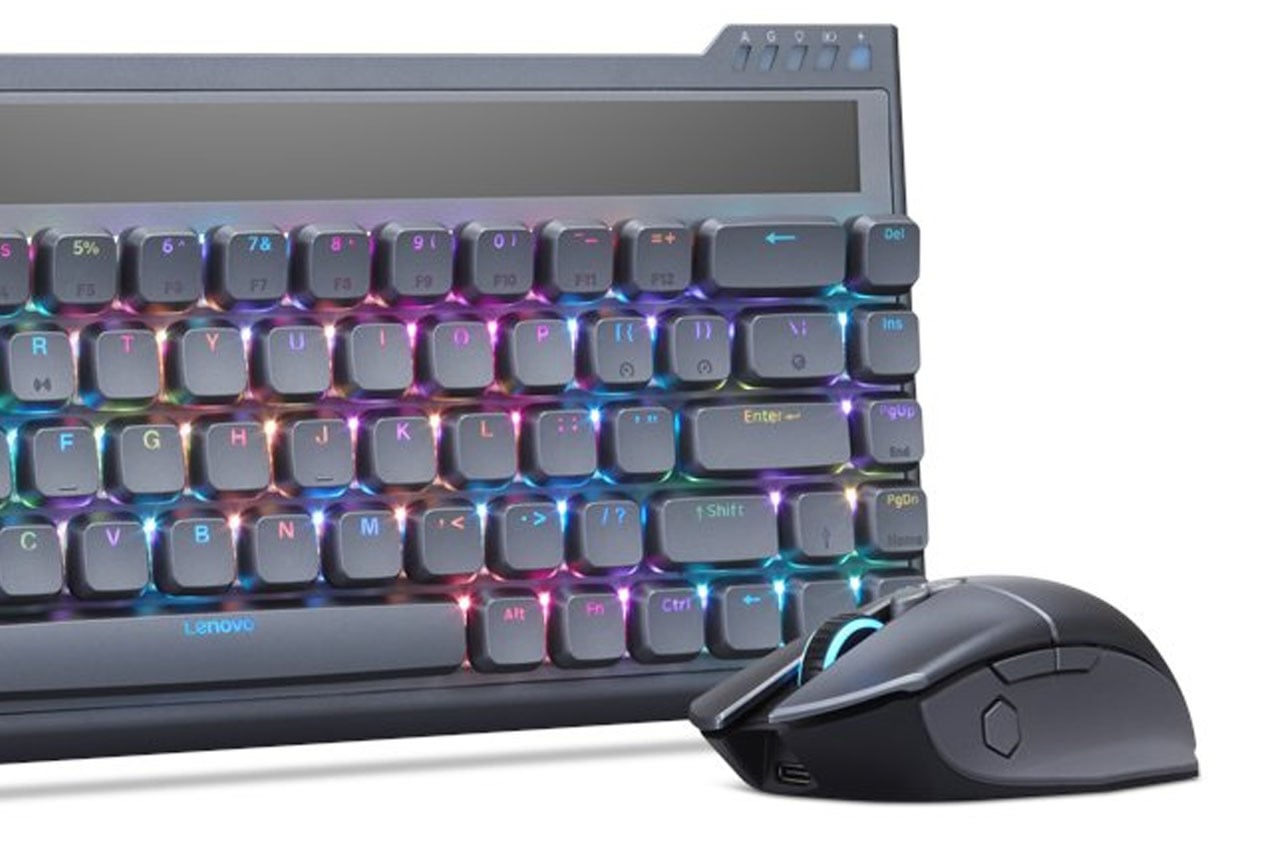
There is no word yet if this concept combo will make it to the commercial market, still, it’s highly plausible if Lenovo manages to fit in more functionality and hardware innovation. I’m pretty sure the keyboard seems like a good bet but the mouse crank motion needs to graduate into something more practical.
The post Lenovo Mechanical Energy Harvesting keyboard-mouse combo channels your fidgety into limitless power first appeared on Yanko Design.

Do you miss having a tactile, physical keyboard on your phone? Then set your time machine dial to 2006. Or you can buy Clicks, an iPhone attachment that adds a physical keyboard to the bottom of your phone. In addition to allowing more screen real estate while in use, the keyboard also allows shortcuts and dedicated keys. My productivity is going to skyrocket!

Billed as the first ‘creator’s keyboard’, the Clicks is currently available for iPhone models 14 Pro and 15 Pro ($139), and 15 Pro Max ($159) in two colors: BumbleeBee (yellow) and London Sky (dark grey). The keyboard features a backlight that can be toggled on and off for night use, and appears to make your phone long enough to pass as a handheld metal detector. That alone is worth the price in my opinion.

Make more space for apps and content by moving the keyboard off your screen….Real keys make typing feel so natural, you can tackle more tasks than ever on iPhone. …Fly through tasks with keyboard shortcuts and dedicated keys that give you ultimate control of your phone.

Admittedly, I do miss having a real keyboard on my phone. Of course, I also miss owning a pager. They say technology is cyclical, will both keyboarded phones and pagers make a comeback? I can dream, can’t I?
[via LaughingSquid]
There has been a great deal of effort and attention put on keyboards these past years, whether for actual products or for ideas that embody the hopes and wishes of both users and designers. From split-type ergonomic keyboards to keyboards with all sorts of knobs and touch screens, these designs are all made in an attempt to make people’s lives easier and to cater to their needs. Of course, not everyone’s needs are the same, so features on one keyboard might not work for different audiences. This keyboard design concept is already interesting because of its modularity, but it becomes even more eye-catching thanks to an unusual choice in the shape of its keys and controls.
Designers: Travis Ragsdale, Elijah Vary
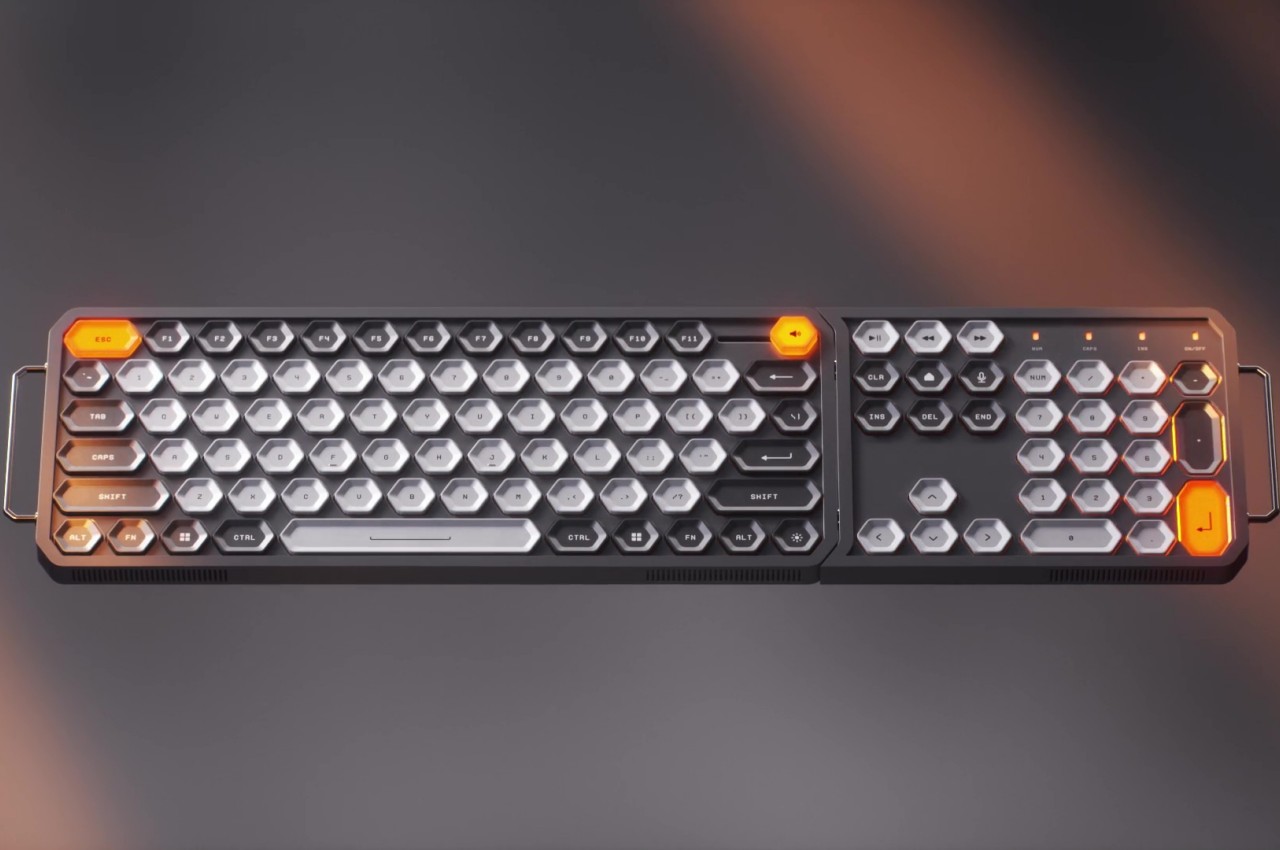
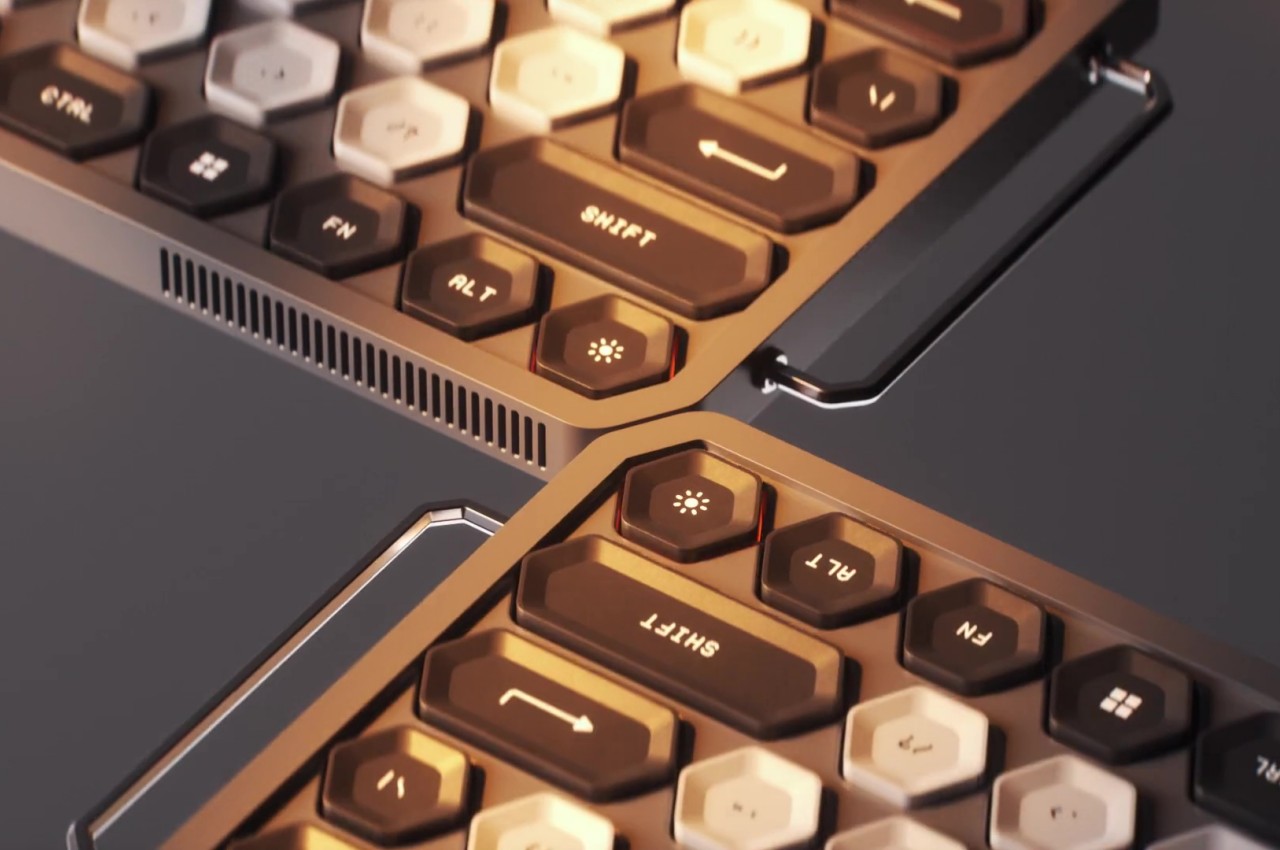
The basic design of keyboards is almost set in stone, at least for the combination of letters and numbers that make up the essentials for keyboards of any size. The layouts might differ from region to region or from laptop to laptop, but there are more or less 80 keys even on the smallest configurations. Beyond that is almost fair game, with some preferring a numeric keypad to the side, while others probably wish for a different set of controls.
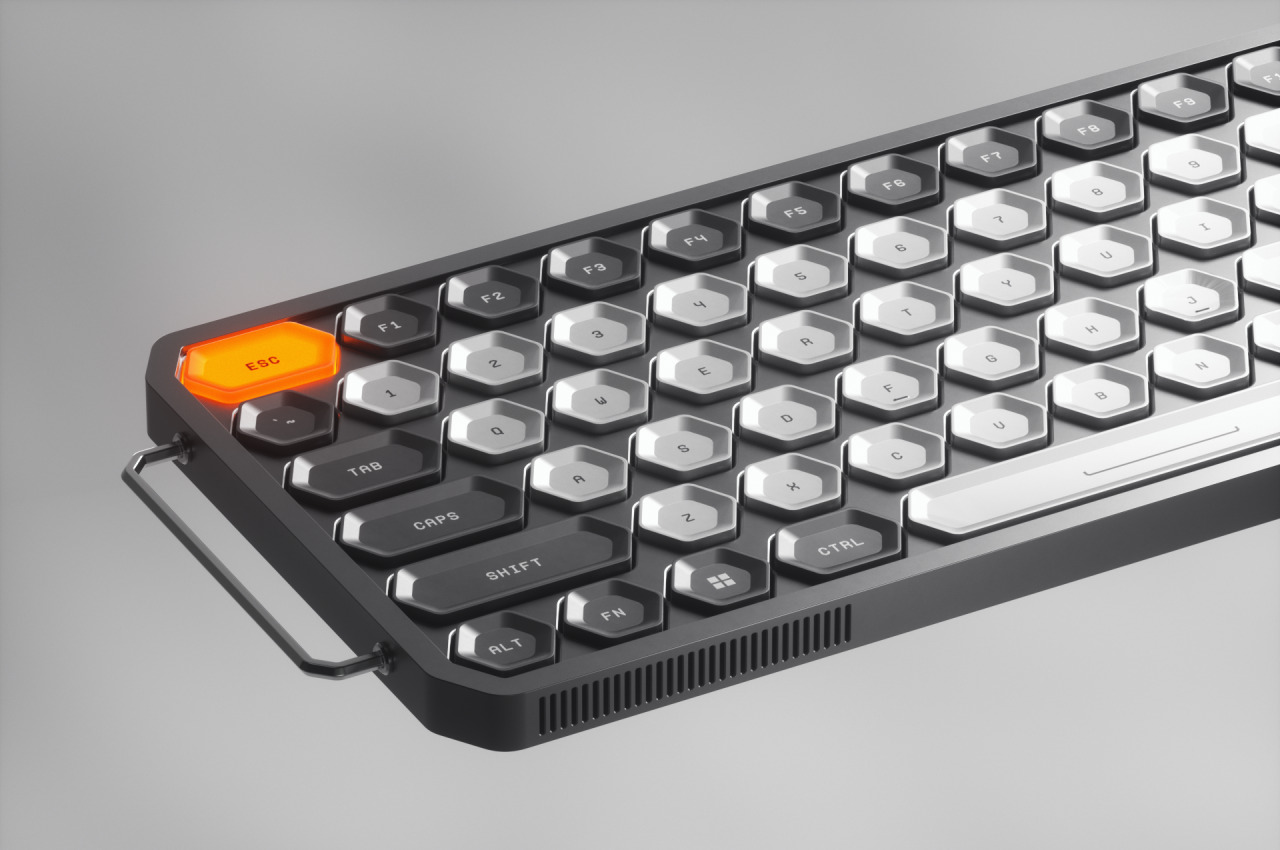
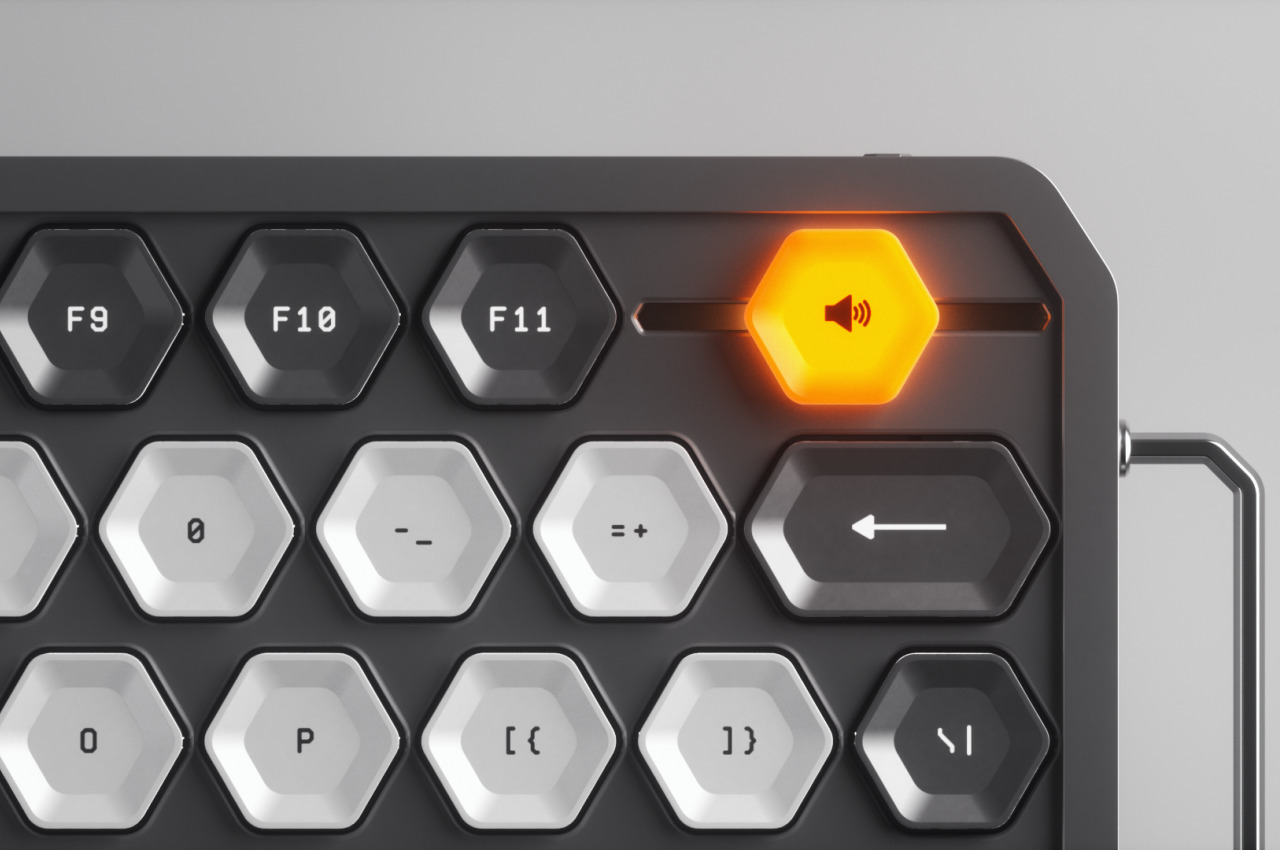
The K-Bird Spec Project is a concept design for a modular keyboard that tries to address that need by providing a different side module for different applications. You can have the typical numpad for fast numeric input or you can have a set of sliders and dials for quickly controlling or editing audio. You can even have a small drawing area with a groove to place a stylus. Or you can have no modules at all and be left with admittedly odd-looking handles protruding from the side.
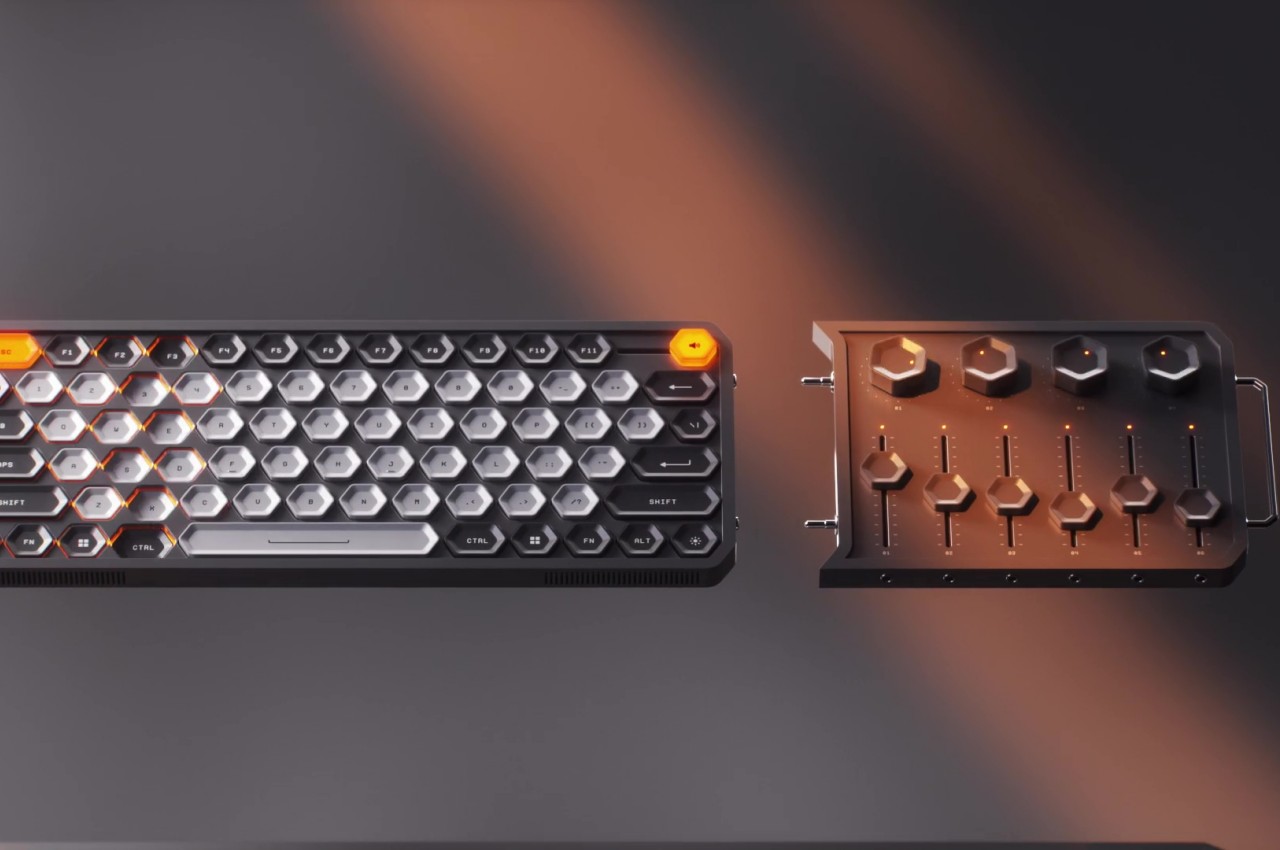
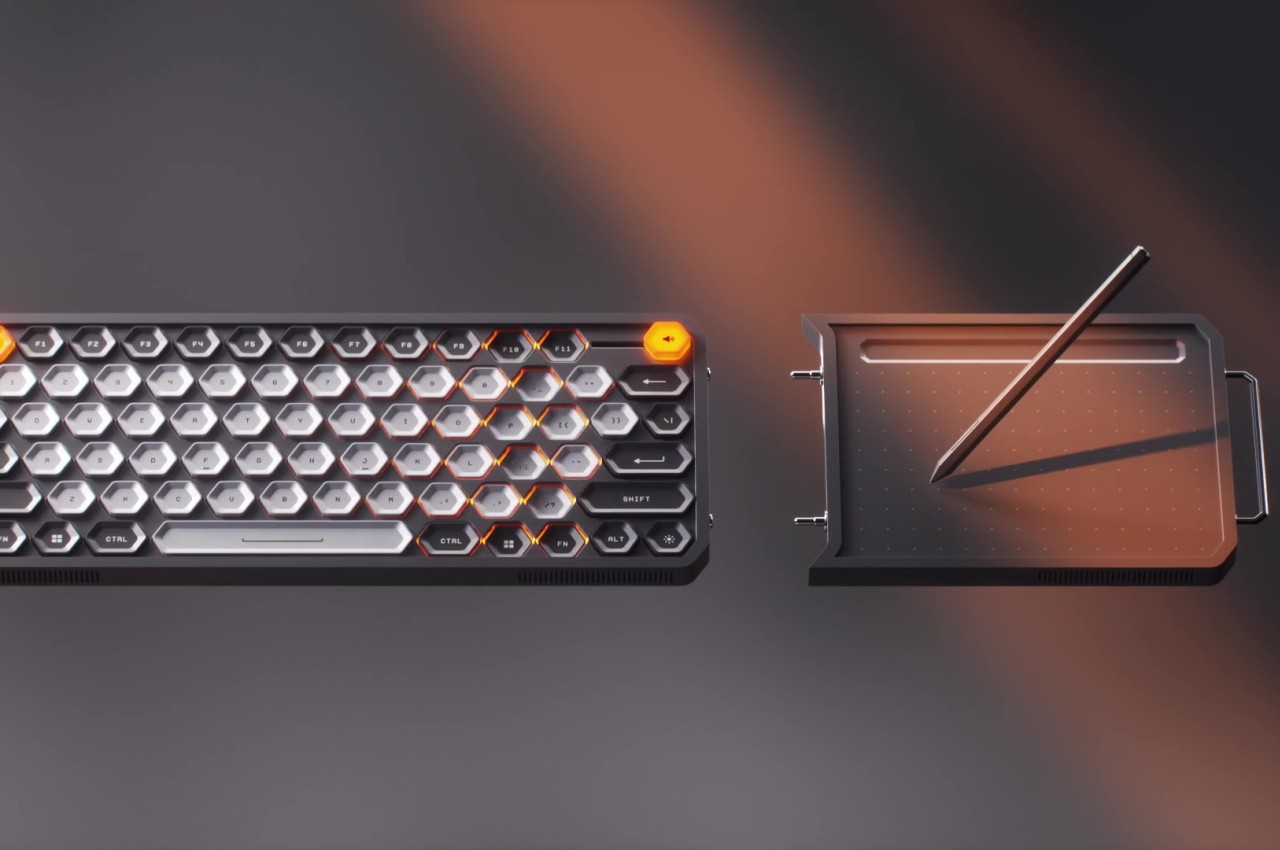
The base shape of the keyboard theoretically allows for modules to be placed on either side, but the modules themselves would have to be designed to be ambidextrous. The default seems to presume the current convention of placing modules on the right side where the numeric keypad would usually be, and you can’t simply put it on the left because of the handle extending from that side.
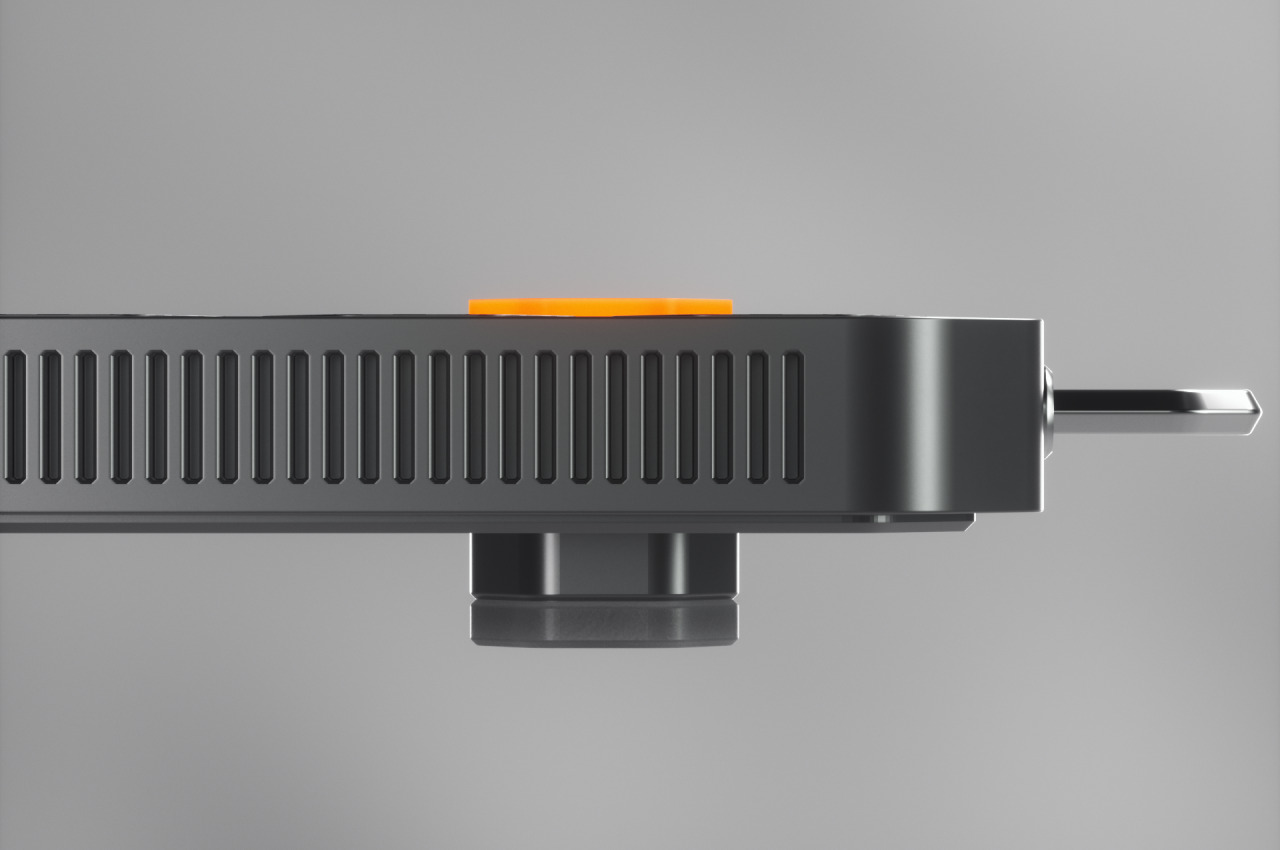
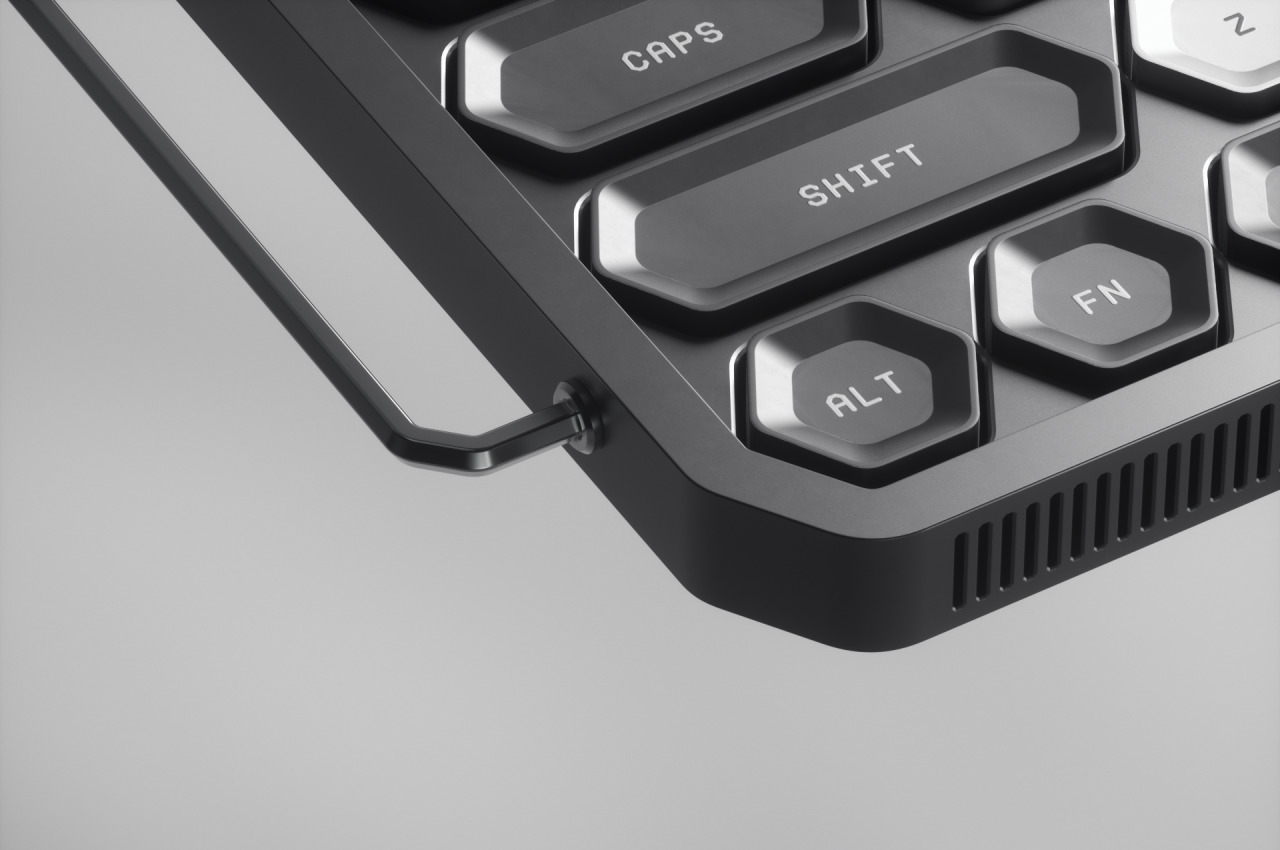
What makes this design a little different from other modular keyboard concepts is its use of hexagons as the main shape for all the controls, even the sliders and dials on the modular extensions. The keys themselves are indented, which is already unconventional as far as keyboard designs go. It gives the keyboard a more visually interesting appearance, though it’s not clear whether that will have any negative impact on the ergonomics of typing on such a kind of keycap shape.
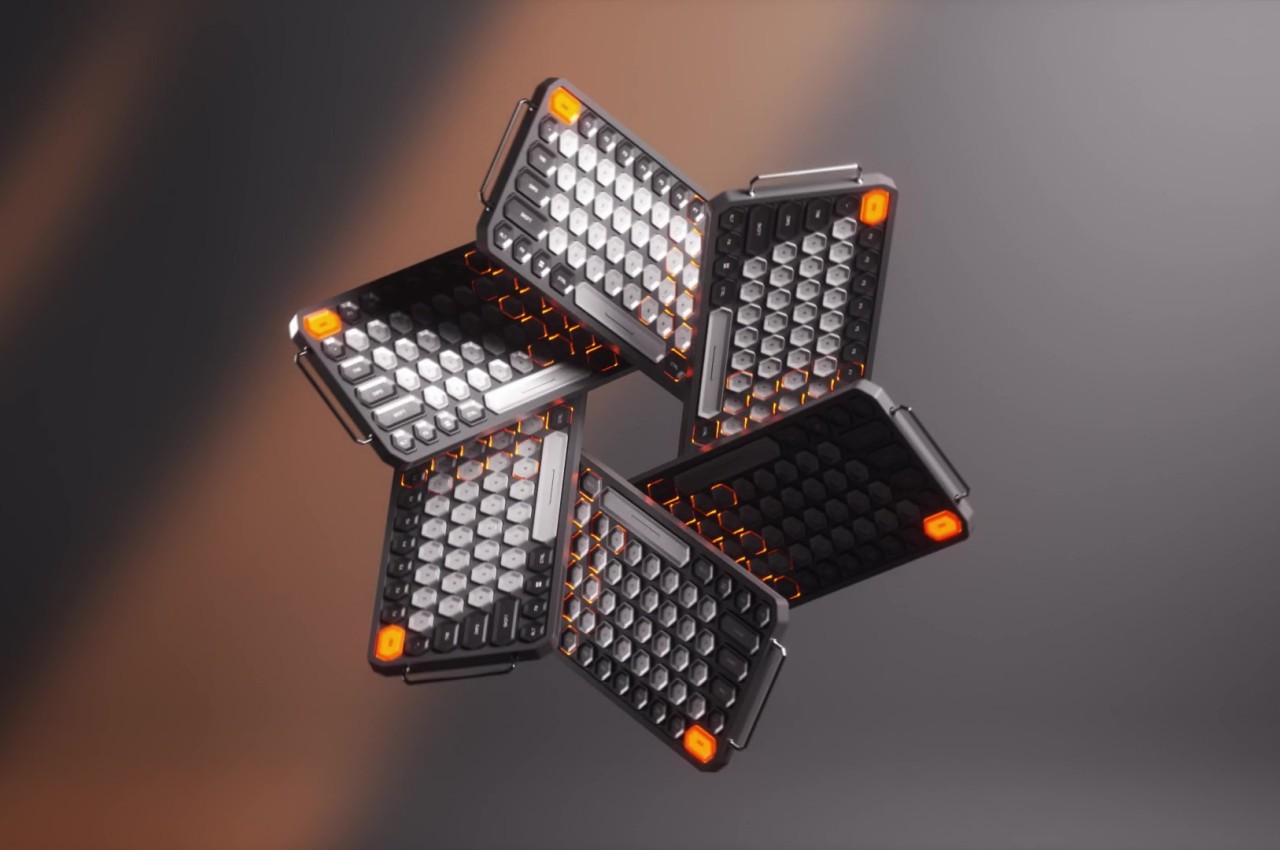
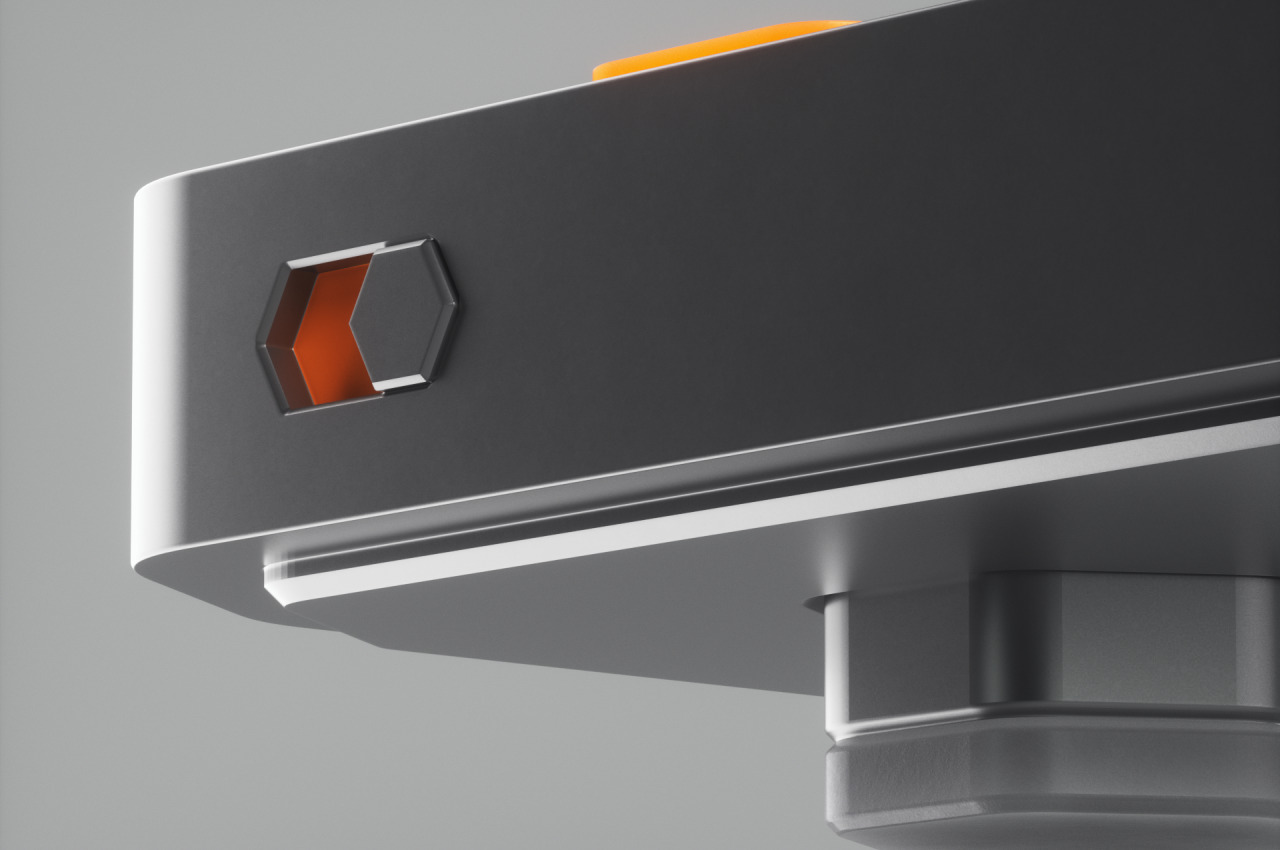
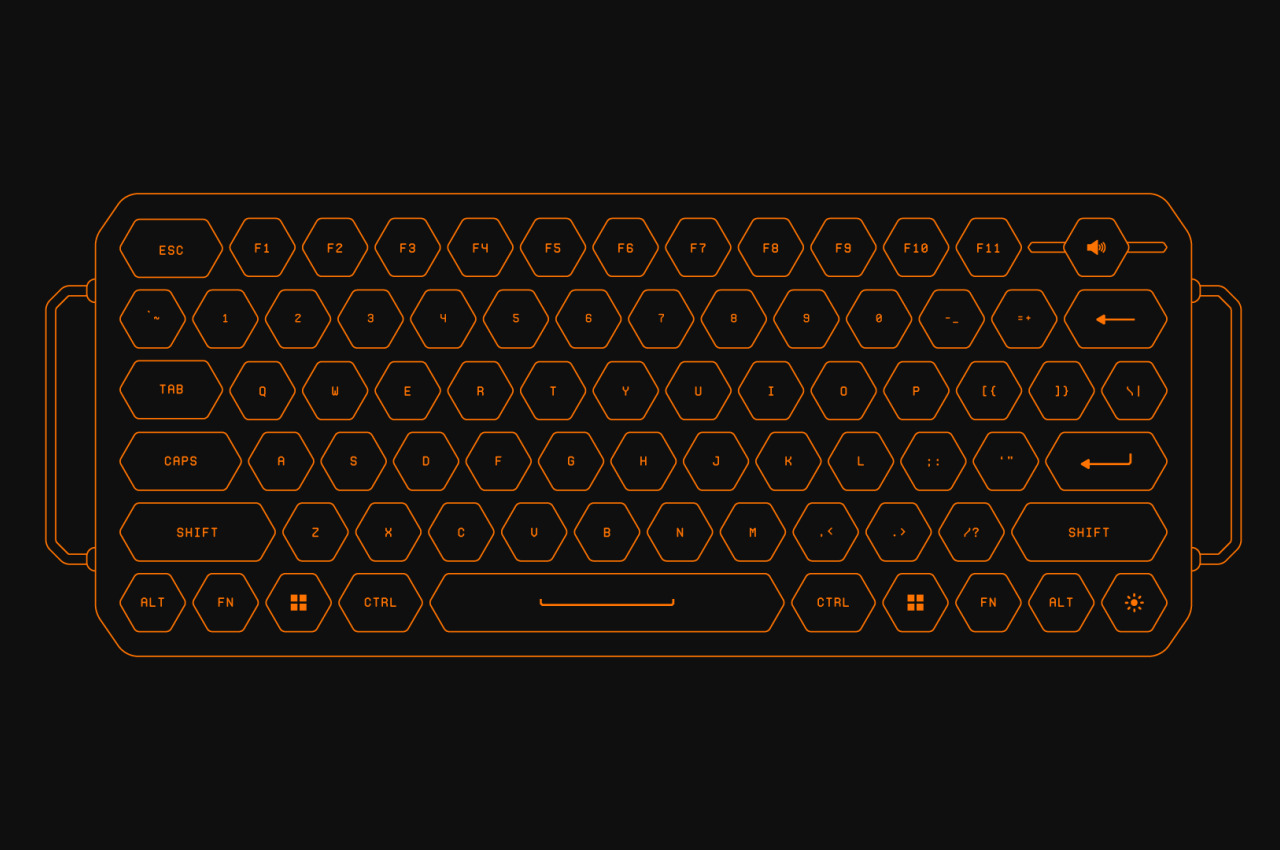
The post Modular keyboard concept employs hexagons to switch things up a bit first appeared on Yanko Design.
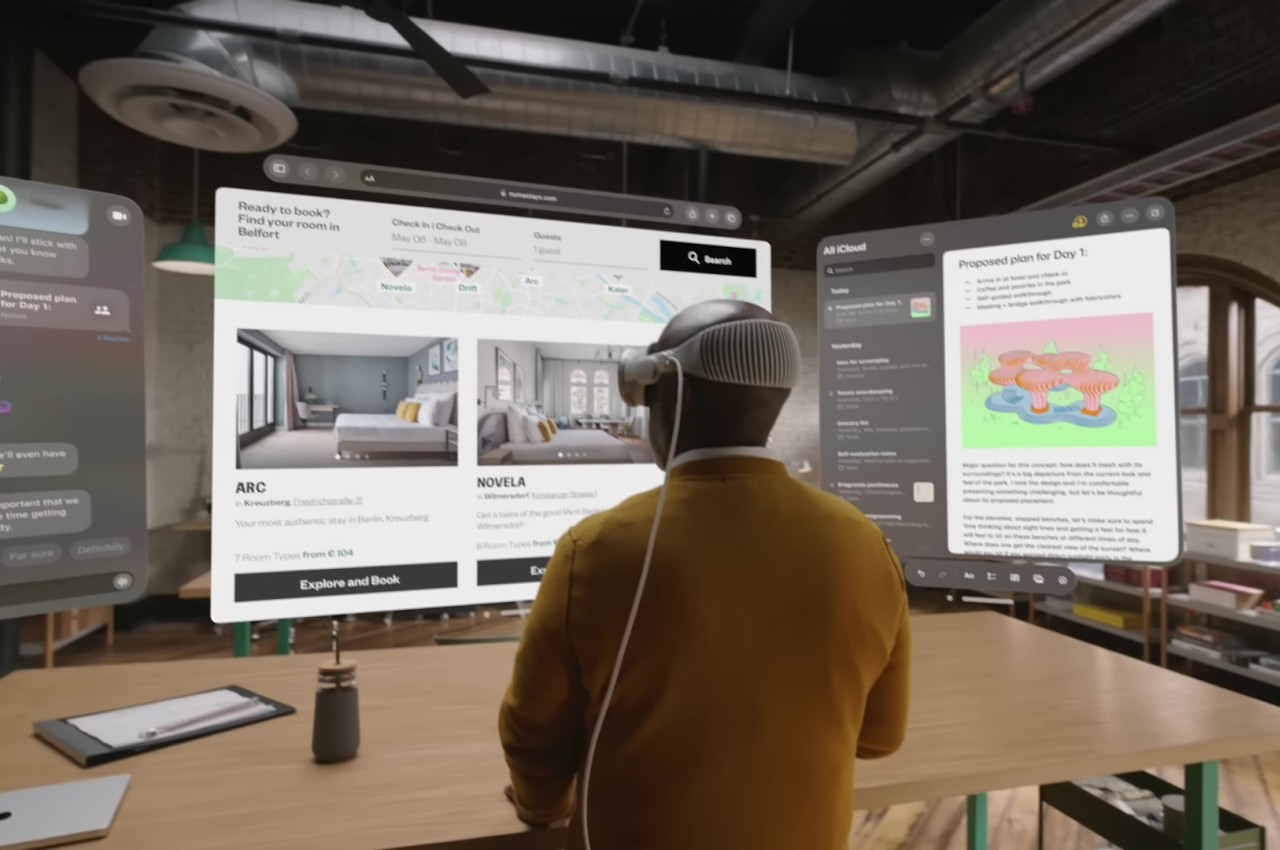
It’s truly mind-blowing to see virtual objects floating before our eyes, but the magic and illusion start to break down once we try to manipulate those objects. Input has always been a tricky subject in mixed reality, either because we can’t see our actual hands or we can’t feel what we’re supposed to be touching, which is physically nothing. Until the perfect haptic feedback gloves become a reality, we have to make do with tricks and workarounds to make input less awkward and more convenient. That’s especially true with typing on air, and Apple is apparently using some special techniques to offer a more usable experience on the Vision Pro mixed reality headset.
Designer: Apple (via Brian Tong)
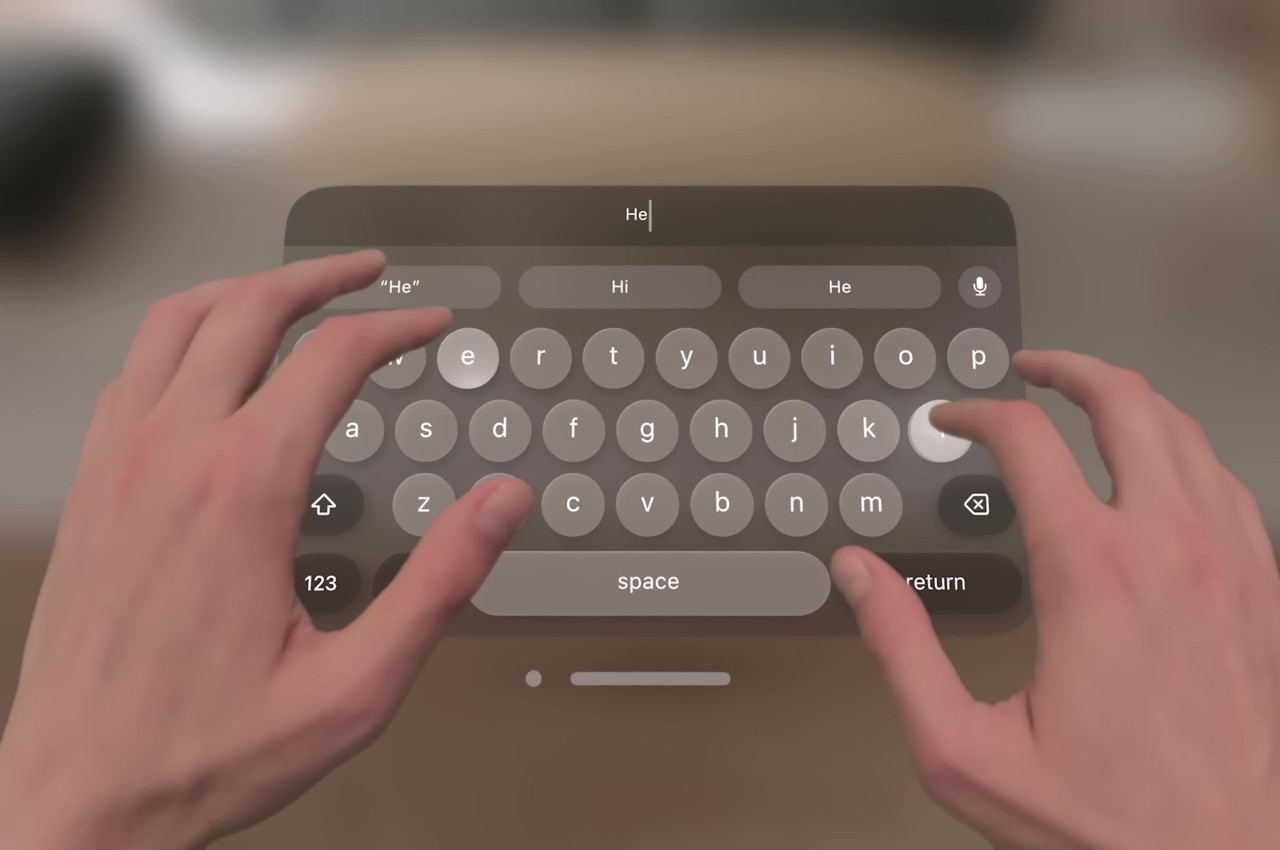
Apple’s first teaser for the Vision Pro headset and visionOS platform didn’t show typing of any sort. It focused, instead, on icons, windows, and menus, virtual 3D objects that are easier to interact with using hand gestures. Of course, sooner or later you will be faced with the need to input text, and the usual method of voice recognition won’t always cut it. visionOS, fortunately, does include a virtual floating keyboard like other VR systems, but the way you use it is quite special and, to some extent, ingenious.
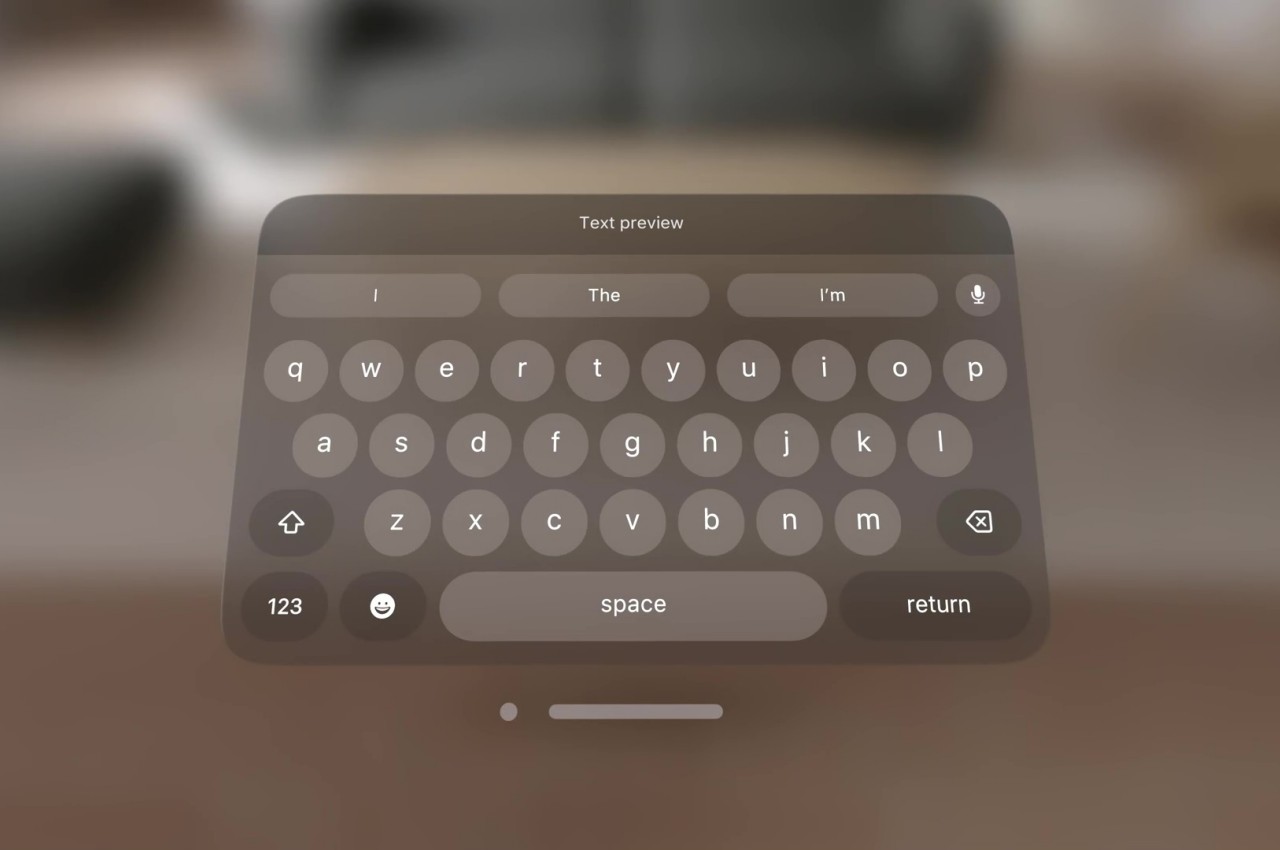
For one, you can interact with the keyboard like you would any part of the Vision Pro’s interface, which is to look at the UI element to focus on it and then use hand gestures. In this case, pinching a letter is the equivalent of selecting it, just like what you’d do for menu items or icons in visionOS. It makes the gesture grammar consistent, but it’s also an awkward way to type.
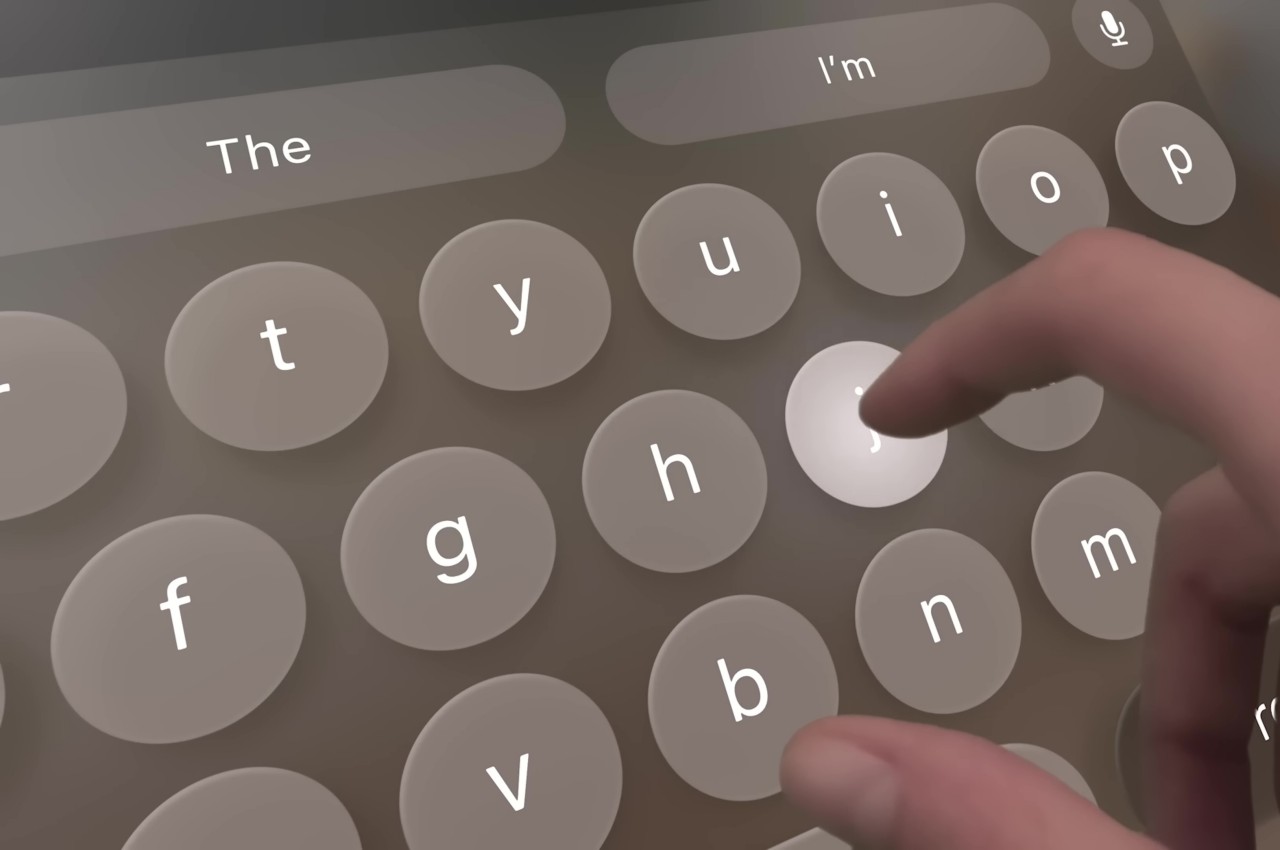
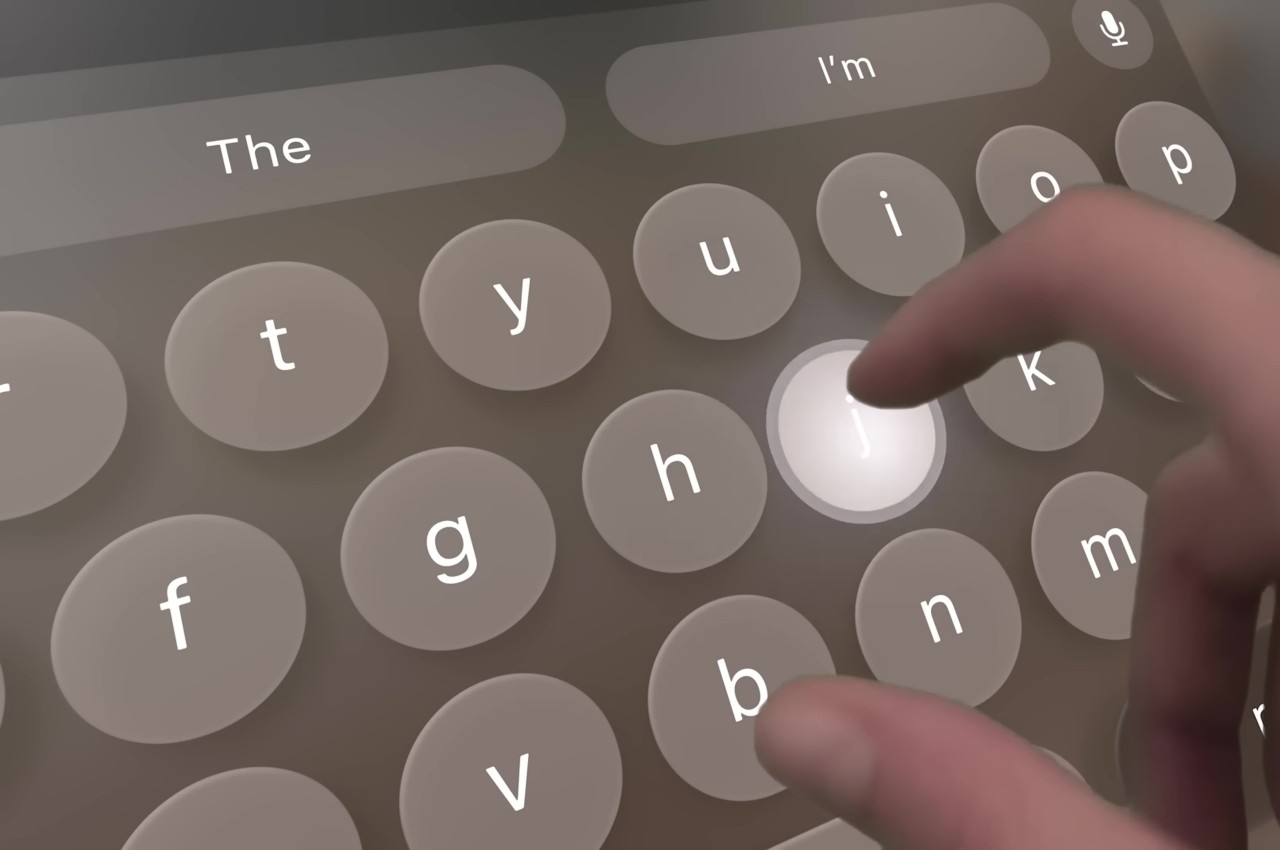
You can also “peck” at the keys with your fingers, making you feel like you’re typing on air. The difference that the Vision Pro makes, however, is that it tricks your eyes into believing you’re actually pressing down on those keys. Thanks to Apple’s flavor of spatial computing, hovering your real-world finger on a virtual key makes that key glow, and tapping on it results in an animation that looks like the key is actually moving down, just like on a real keyboard. There’s also a haptic sound, similar to the clicking sound effect you’d normally hear on an iOS virtual keyboard, to complete that audiovisual illusion.
Of course, your fingers aren’t actually hitting anything physical, so there’s still a disconnect that will probably confuse your brain. The visual effect, which is really only possible thanks to spatial computing, is still an important step forward in helping our minds believe that there’s a “real” three-dimensional object, in this case, a keyboard, right in front of us. It’s not going to be the most efficient way to input text, but fortunately, you can connect a wireless keyboard to the Vision Pro and you’ll be able to see your actual hands typing away on it.
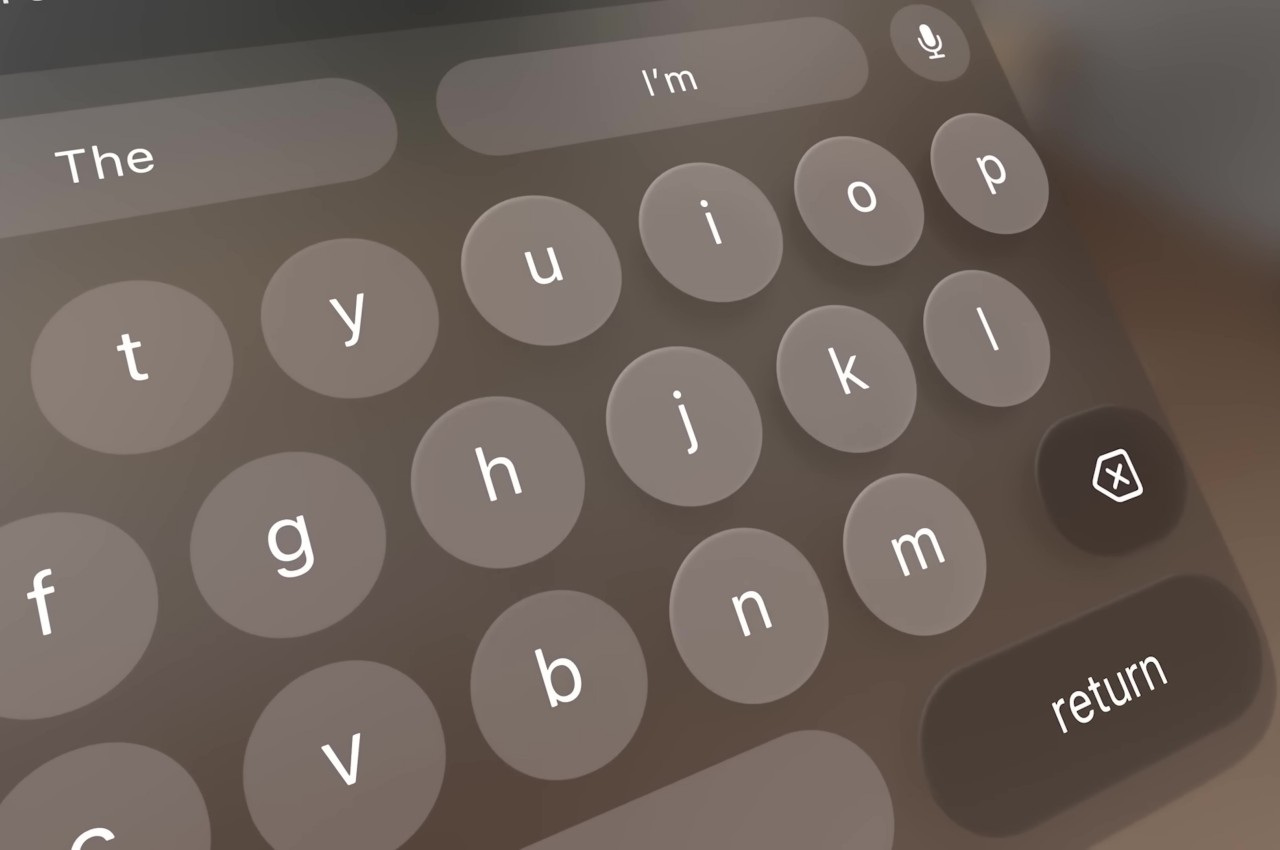
The post Apple Vision Pro Air Typing experience takes a small step toward usability first appeared on Yanko Design.
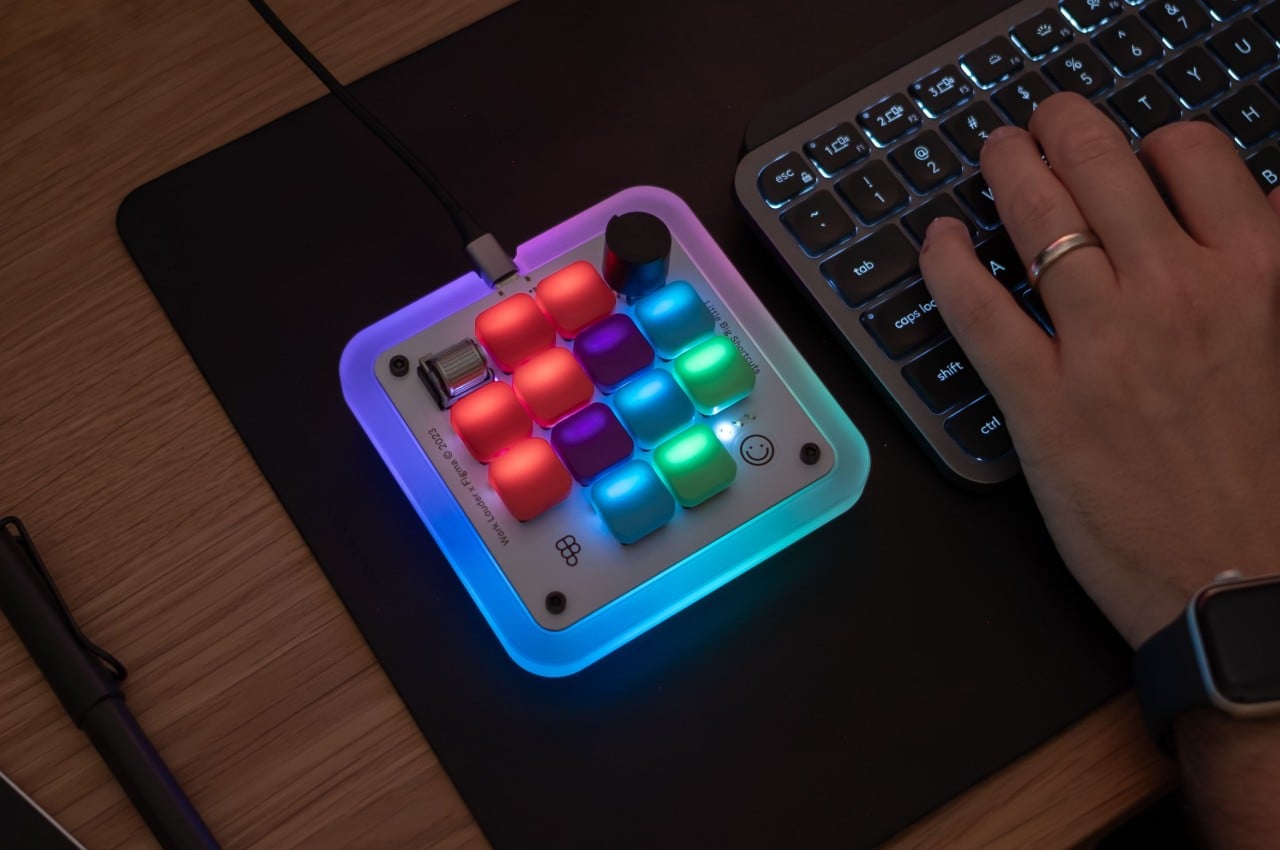
Computers are powerful tools that enable all kinds of workflows, including designing products, architectures, or artwork. As powerful as they may be, the devices that we currently have for creating these digital artifacts aren’t exactly conducive to the creative process. Keyboards are large and clunky, and while there are indeed styluses that act like electronic pens, they still require the use of keys at some point or another. Keyboard shortcuts are supposed to help manage those dozens if not hundreds of actions available, but the finger gymnastics and memorization required create more stress and break the creative workflow. That is why custom-made keyboards are becoming popular among creators and designers, and this newest addition offers plenty of power in a small and cute package.
Designer: Figma x Work Louder
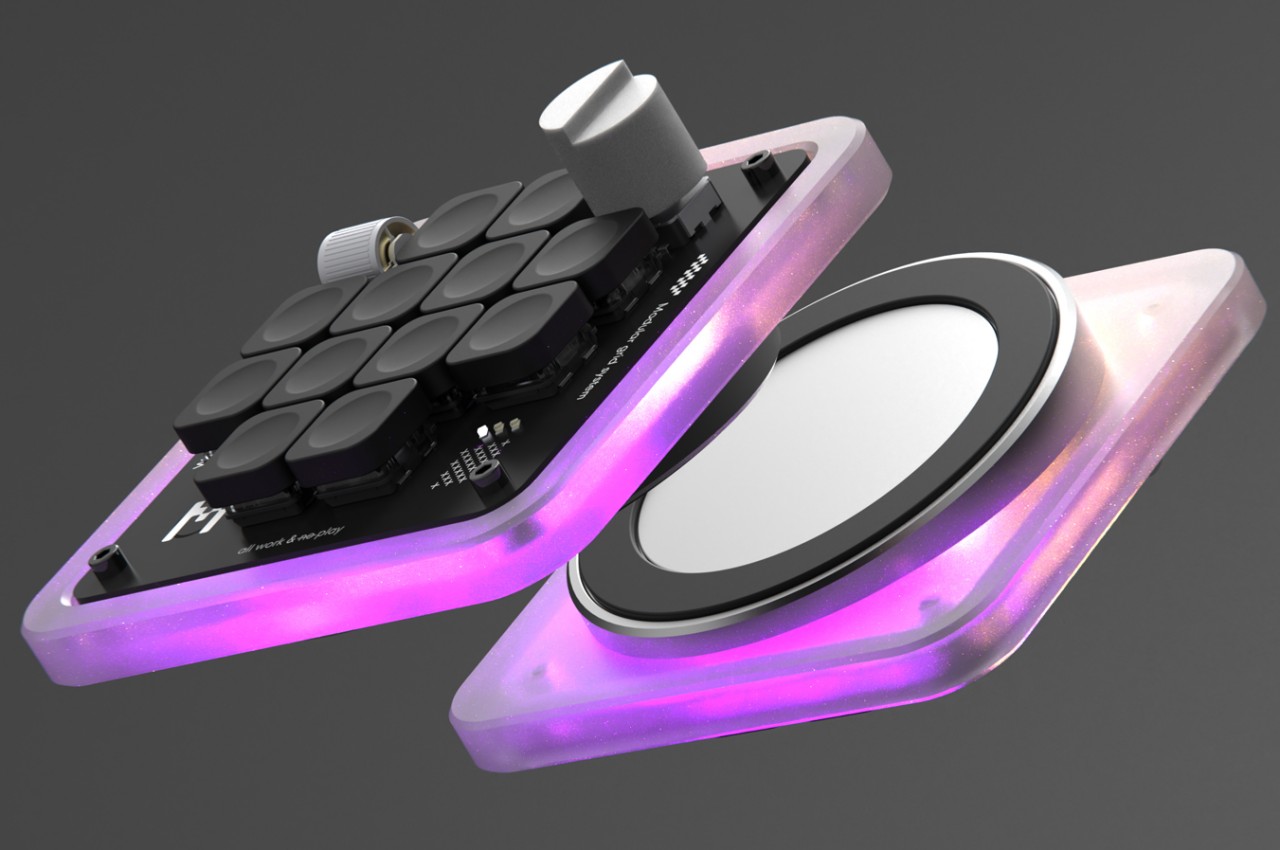
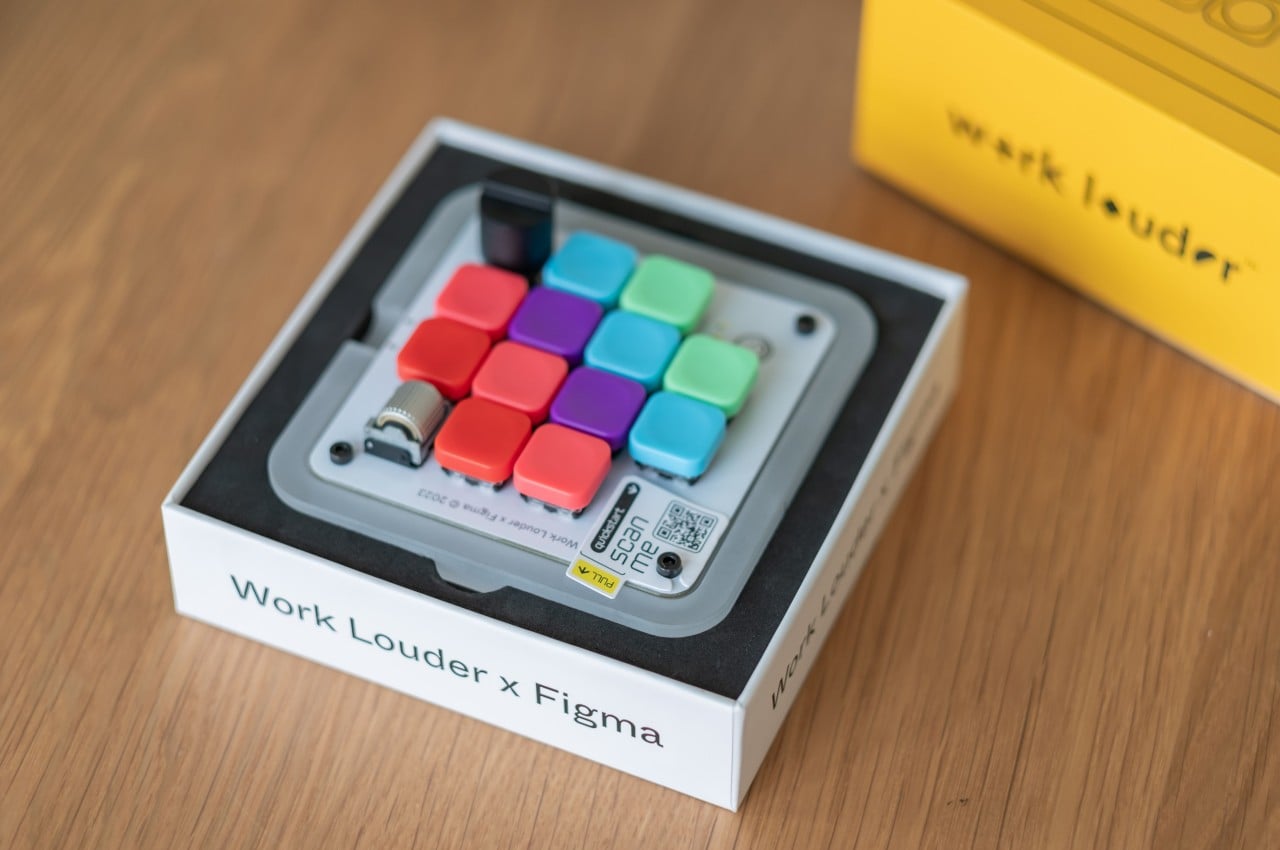
Almost all software for designers and creatives makes use of keyboard shortcuts so that you don’t have to dig through countless menus every time you need to do something. Sadly, the way keyboards work means you have to string a series of keys that may or may not have anything related to the action like Ctrl and Z keys to undo and Ctrl and Y to redo. Not only does it make it harder to remember these shortcuts, they can also be painful for your fingers in the long run.
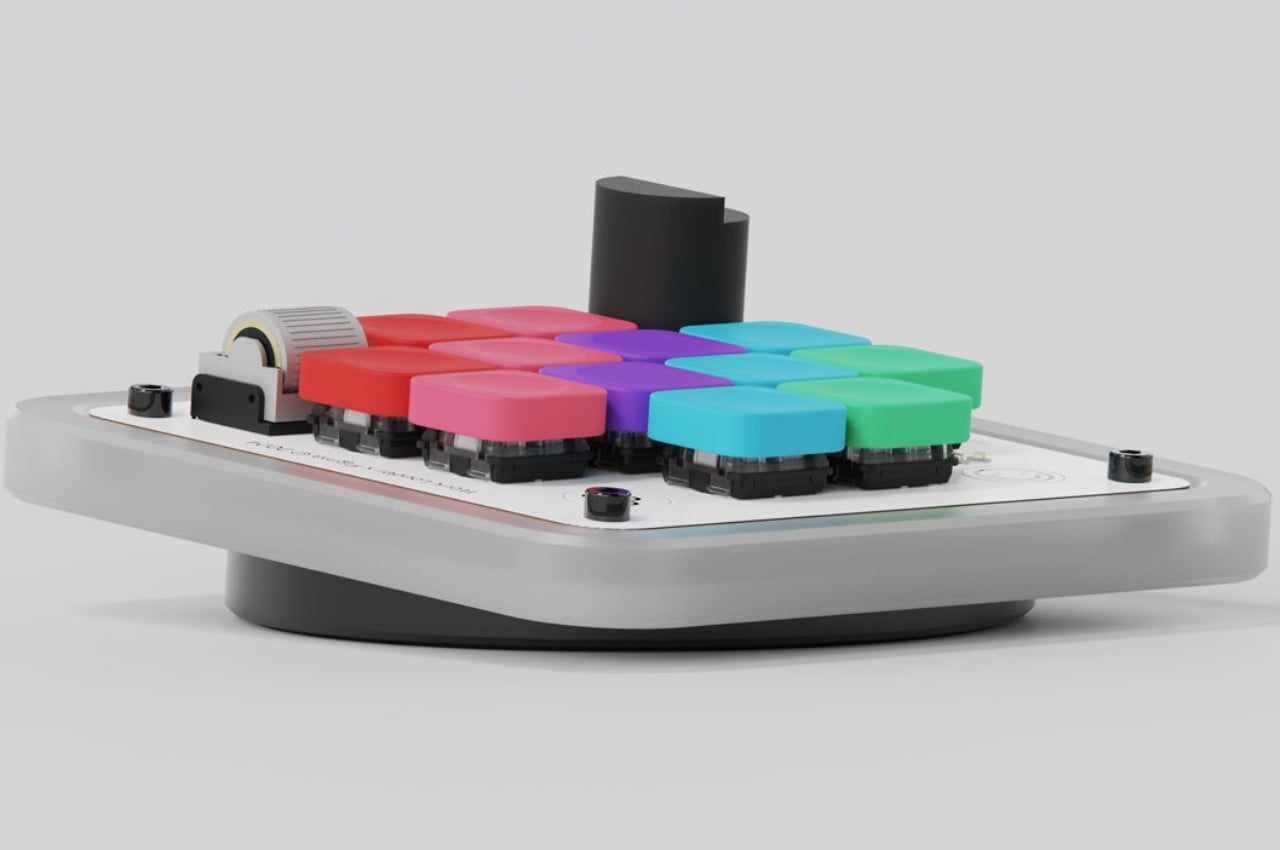
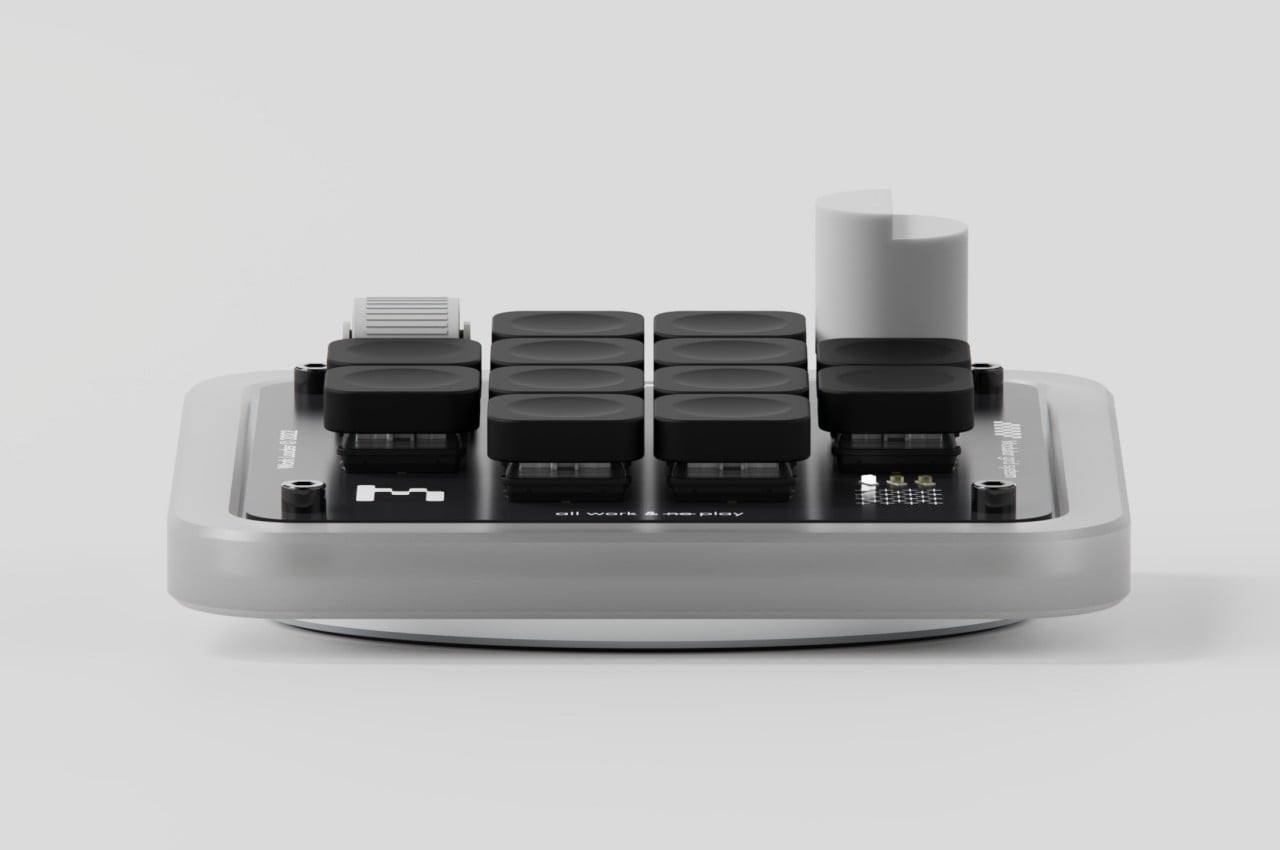
Enter the Figma Creator Micro Keyboard, a small square keyboard with only 12 mechanical keys arranged in a cross formation. The idea is that you can map each of the keys to a single function so you don’t have to press two or more keys to get the same outcome. Of course, 12 keys won’t be enough for many software (Figma itself has over 150 possible actions), but the Figma Creator has four “layers” so that each key can actually have four actions. That gives you a total of 48 keys in groups of 12, available by simply tapping a capacitive sensor in the corner.
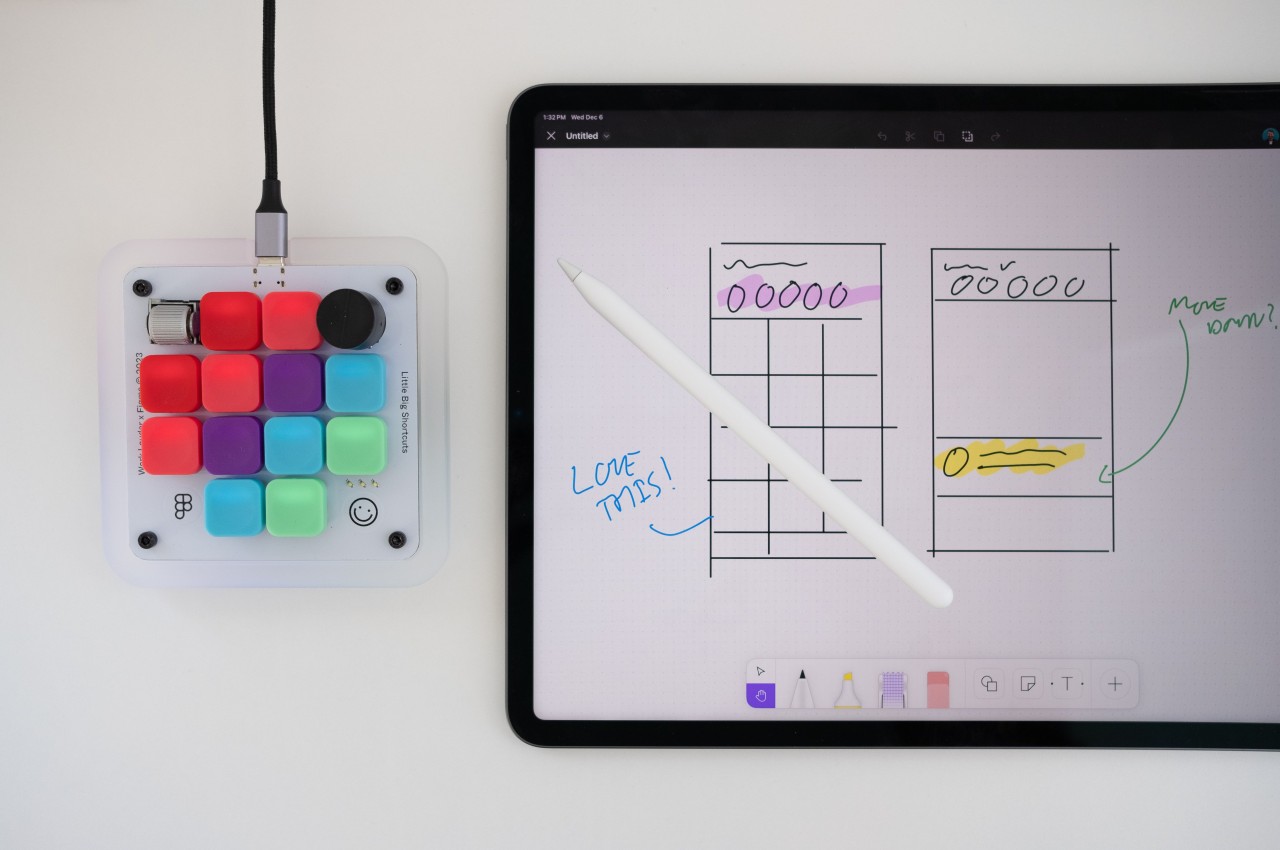
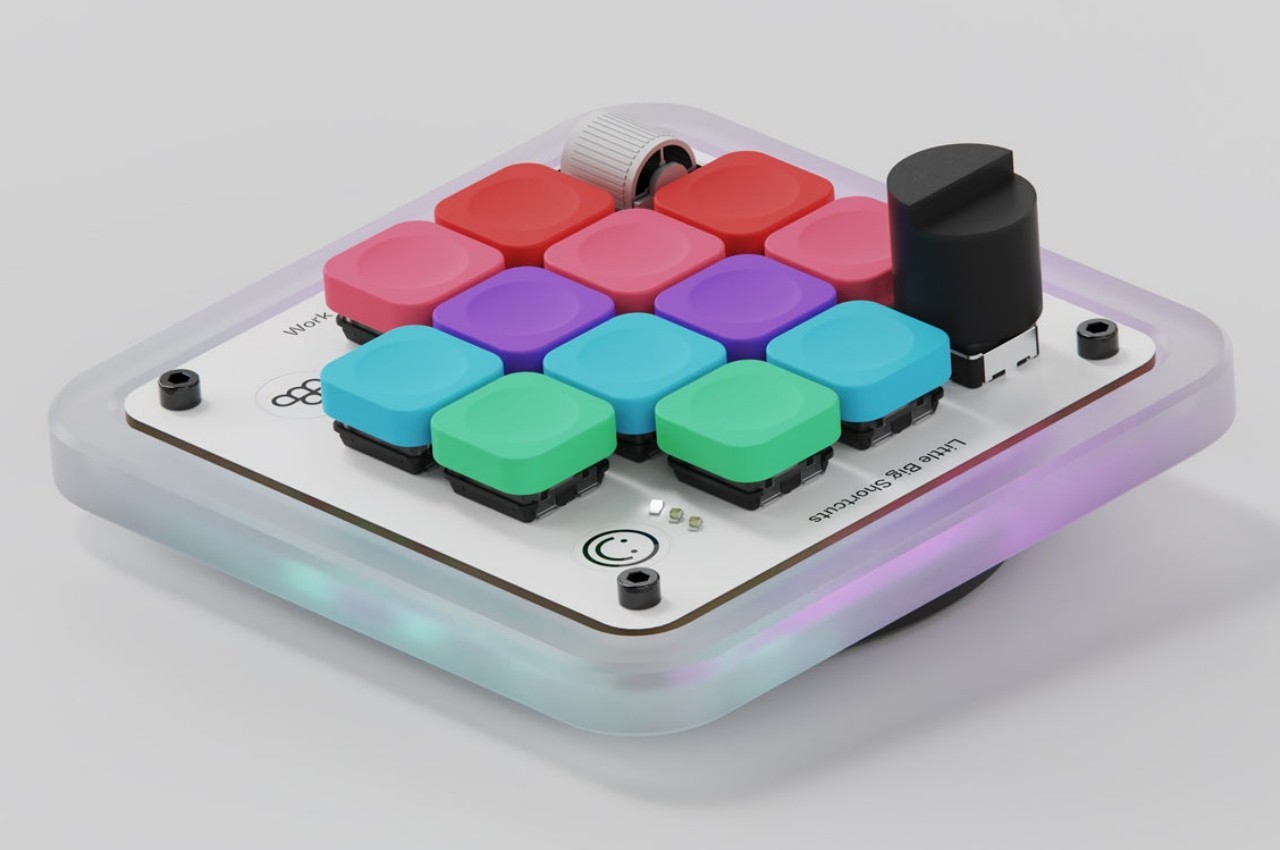
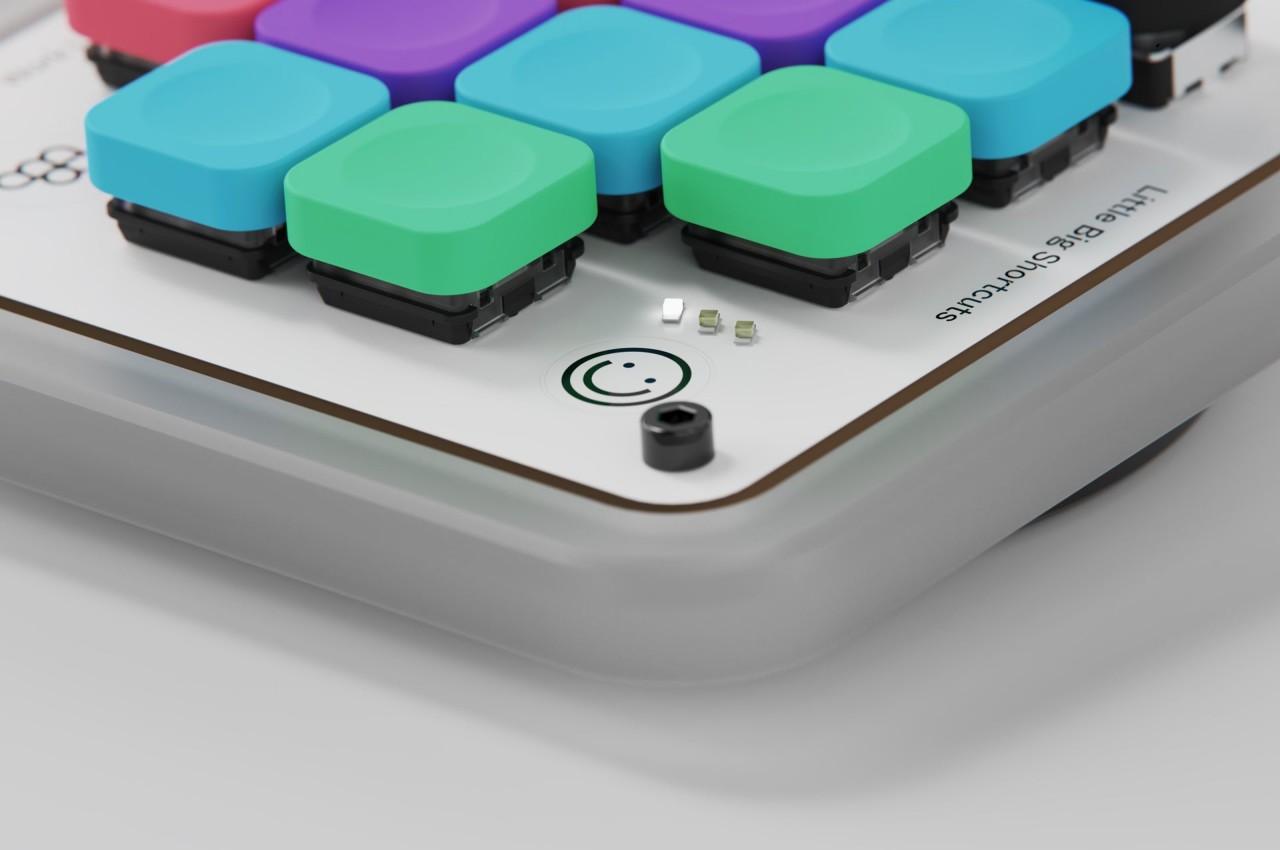
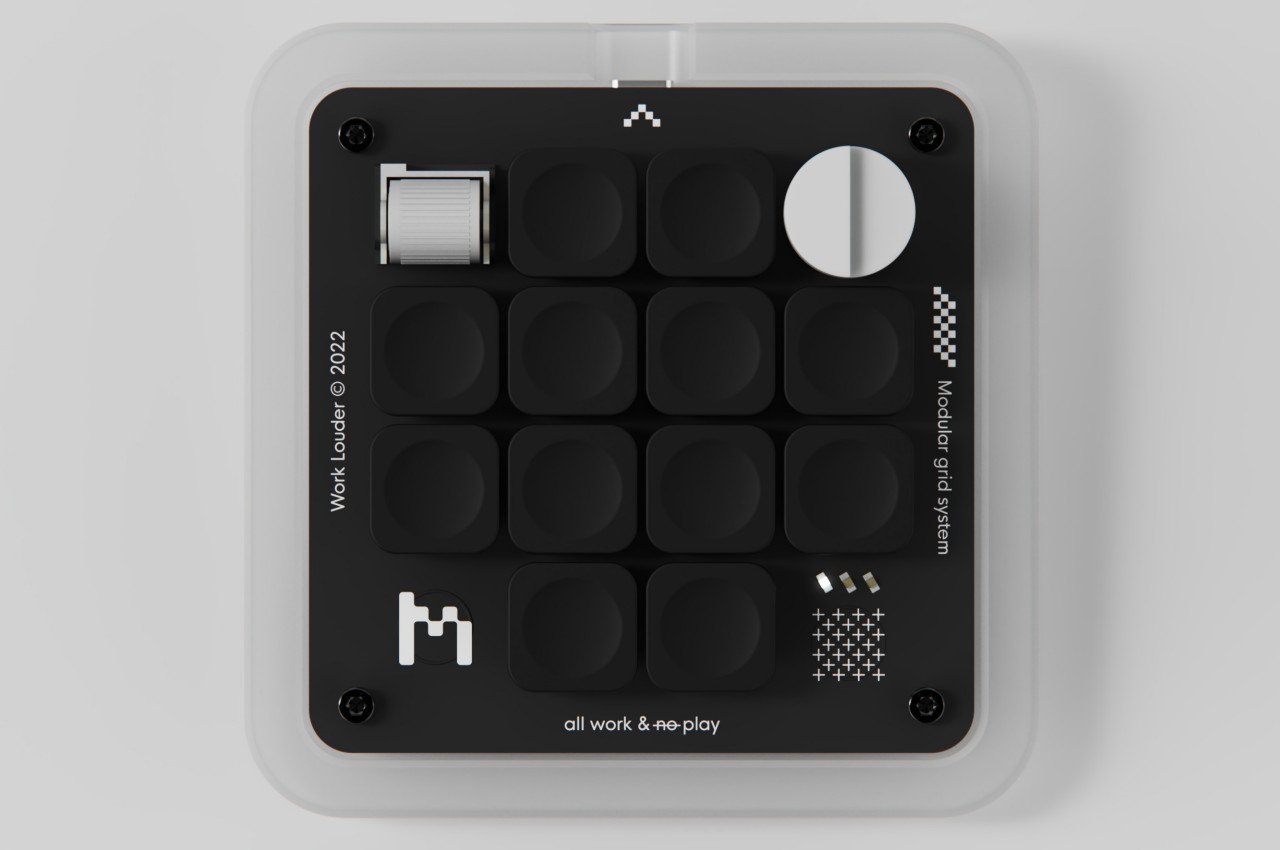
In addition to these keys, there are two analog controls available as well, a dial and a wheel, both of which are also clickable. These can be mapped to changing brush sizes or going through a sequence of undos and redos in rapid succession, basically, anything that would involve a slider or list of some sort. These are must-haves for digital painting and design software, proving how this keyboard was made with this kind of work specifically in mind.
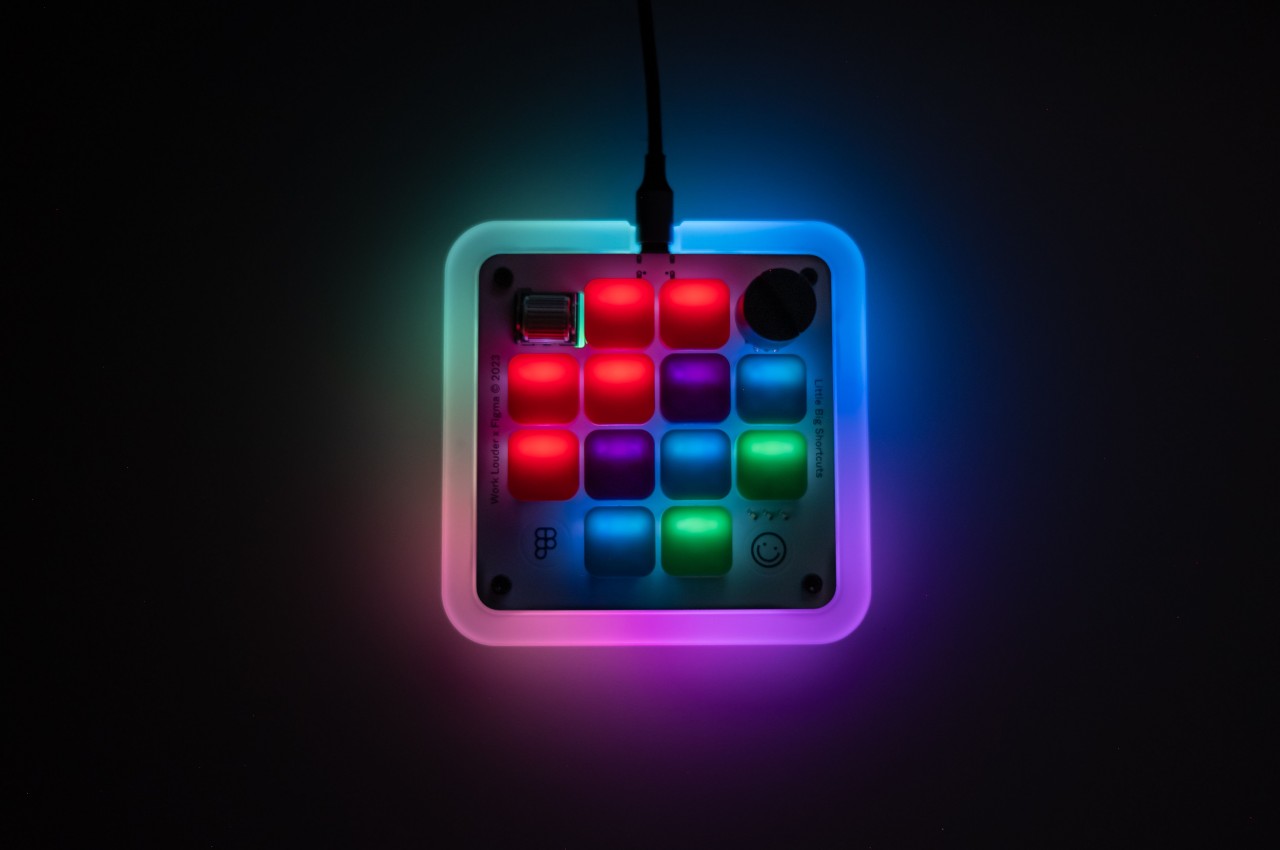
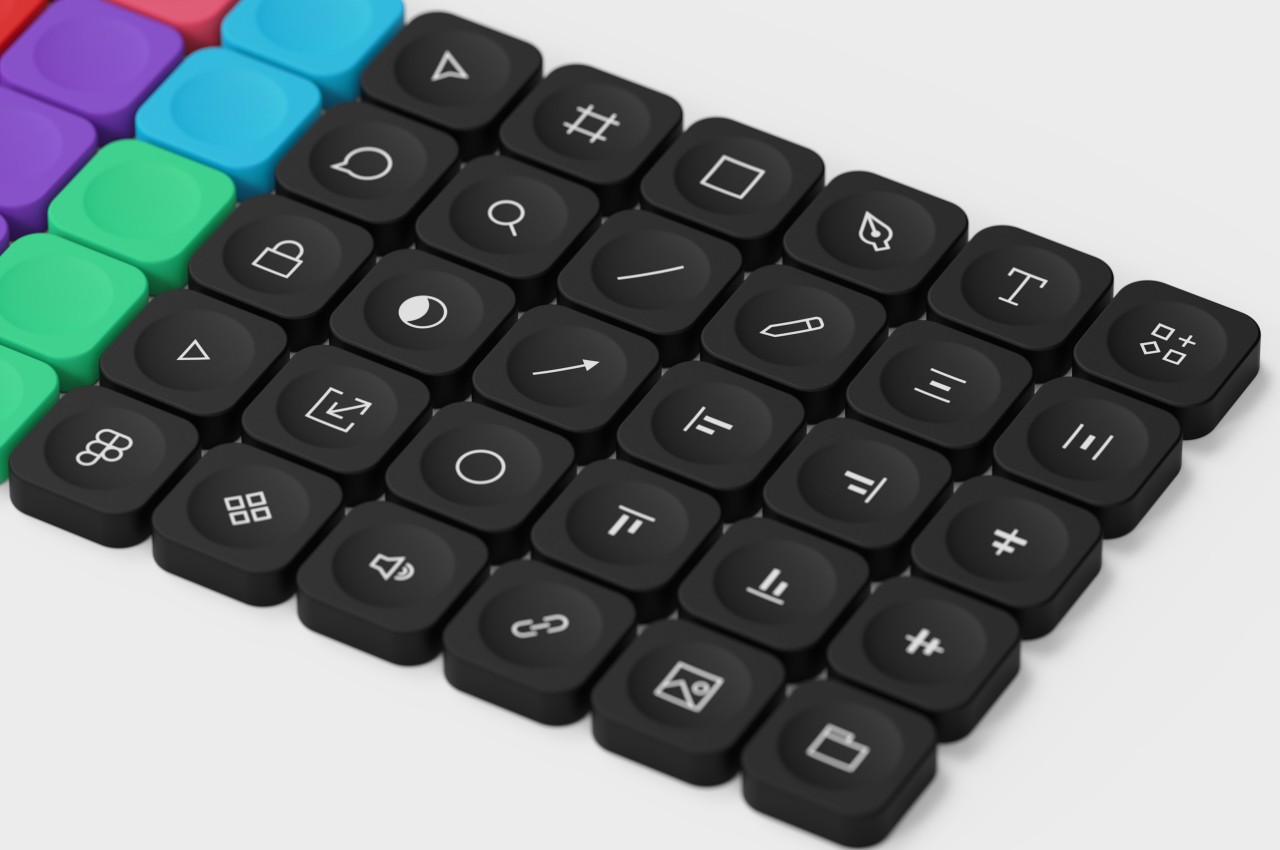
The design of the keyboard itself is quite captivating and fun, using a frosted polycarbonate case that lets the RGB lighting inside shine through. The low-profile concave keycaps are replaceable, so you can pick your theme or design to match your mood and workflow. The catch is that the keyboard costs $139 and is currently still on pre-order, though it does make for a worthwhile investment if you find your fingers always aching and sore after an intense work session.
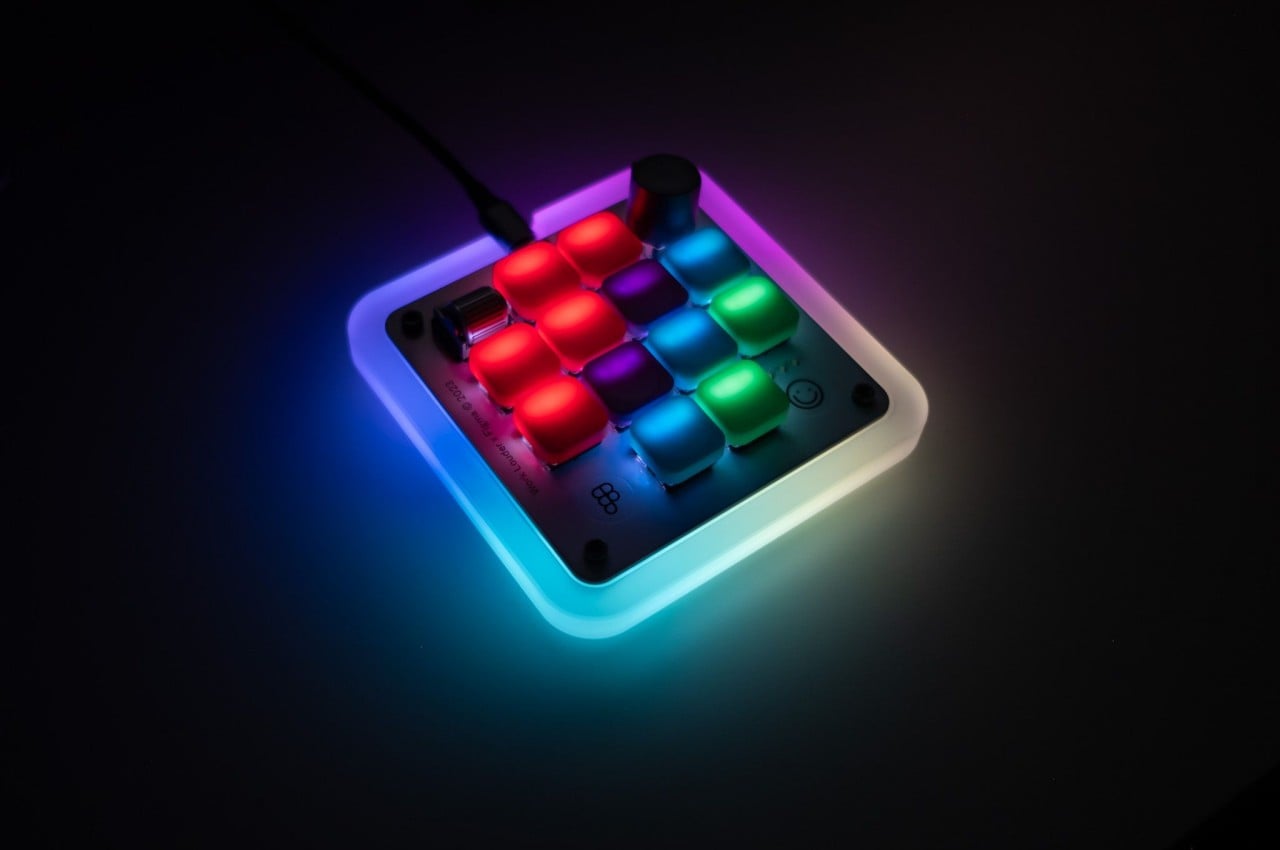
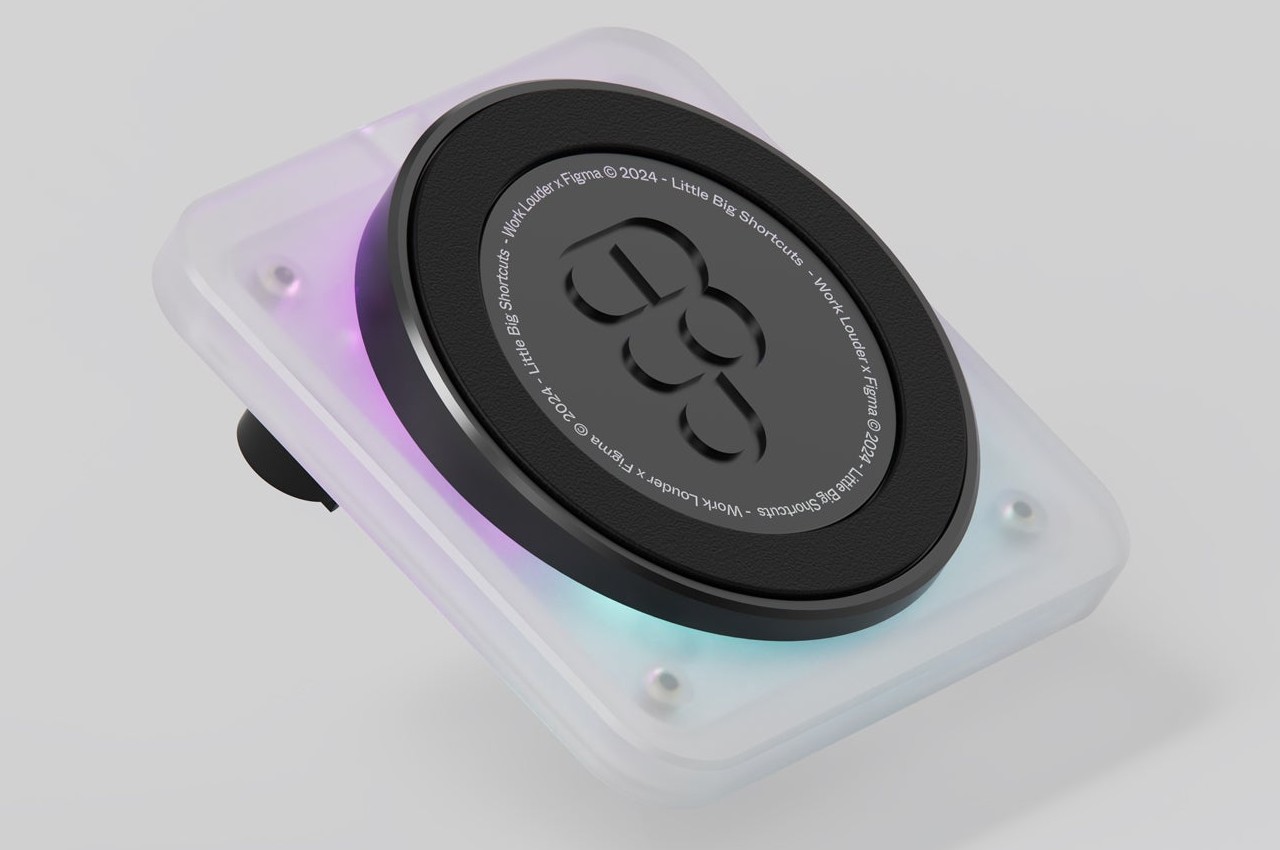
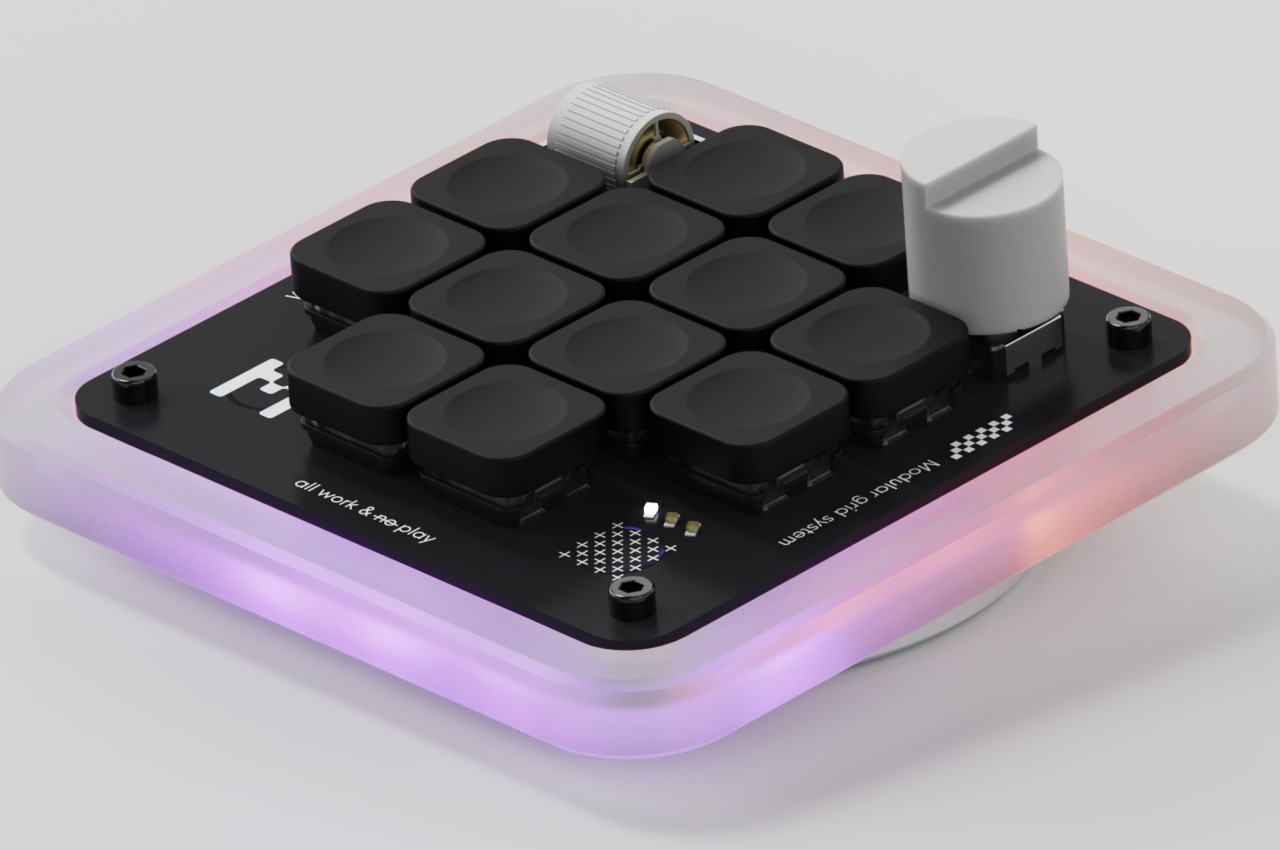
The post Figma Creator Micro Keyboard gives designers all the shortcuts they need first appeared on Yanko Design.
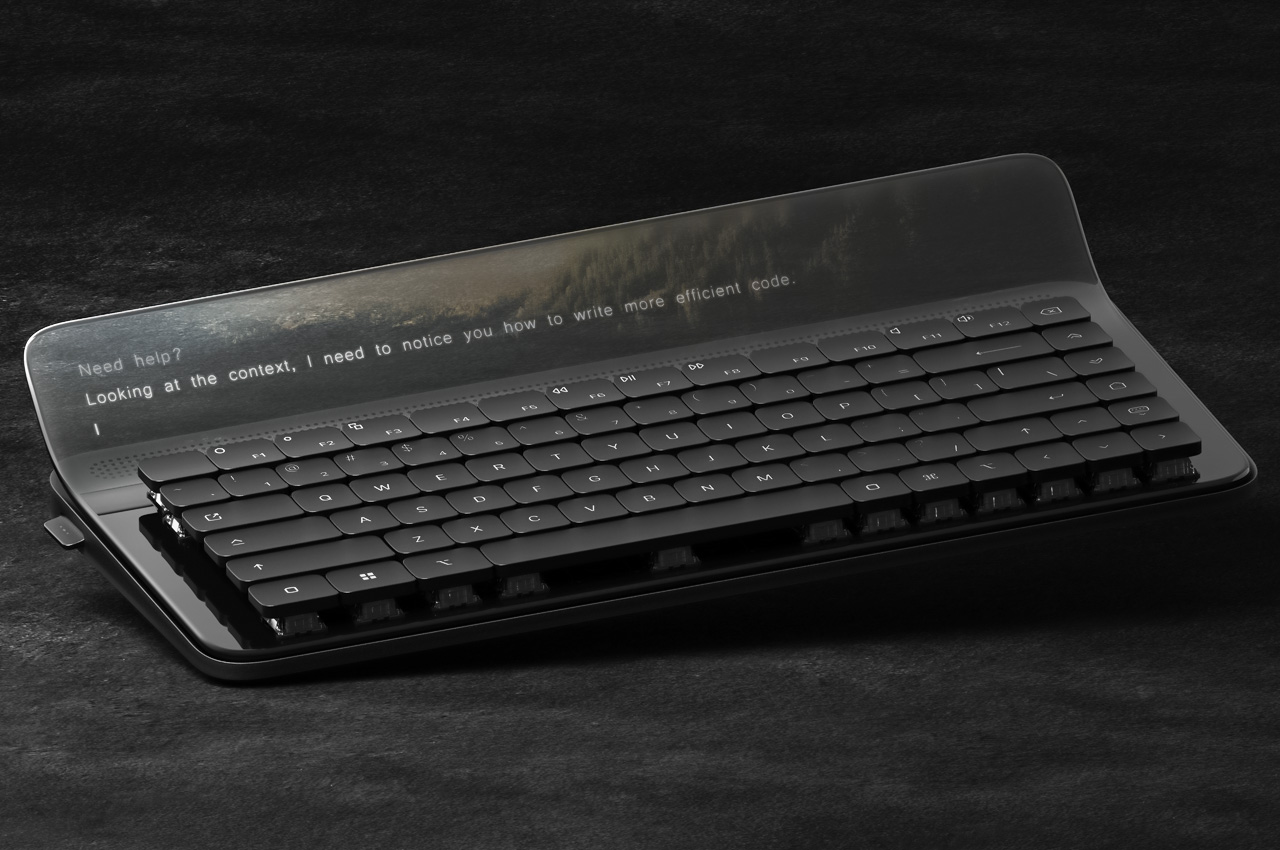
If you ever wondered what the next big leap in technology could be, it surely is artificial intelligence. Set to take the world we live in by storm in the coming decade, the future is exciting as we all witness the metamorphosis in our daily routine thanks to this promising evolution.
As a coder or content creator, if you always wanted AI to be by your side to streamline processes, now is a good time to be alive. So, why not a mechanical keyboard that employs AI to your advantage to stay ahead of the curve?
Designer: Junha Kahm
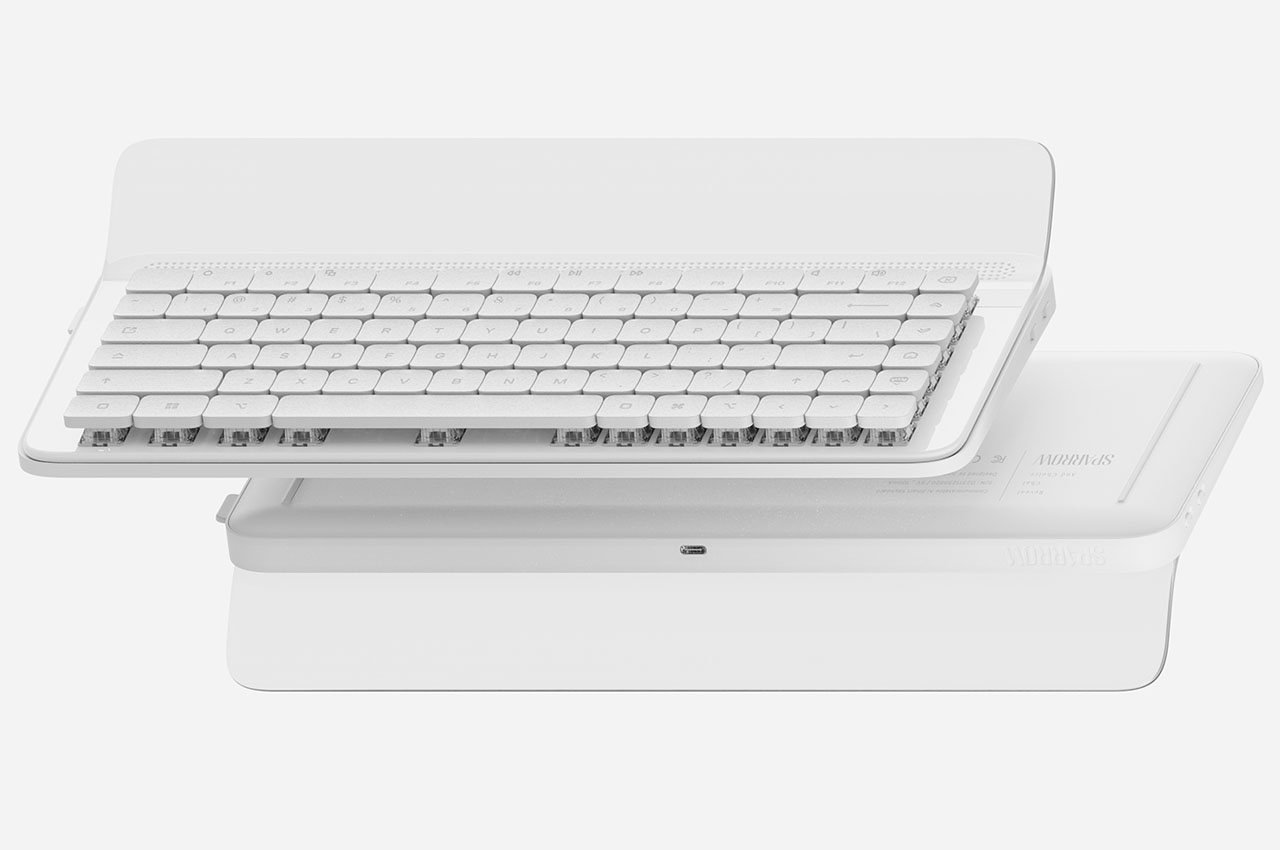
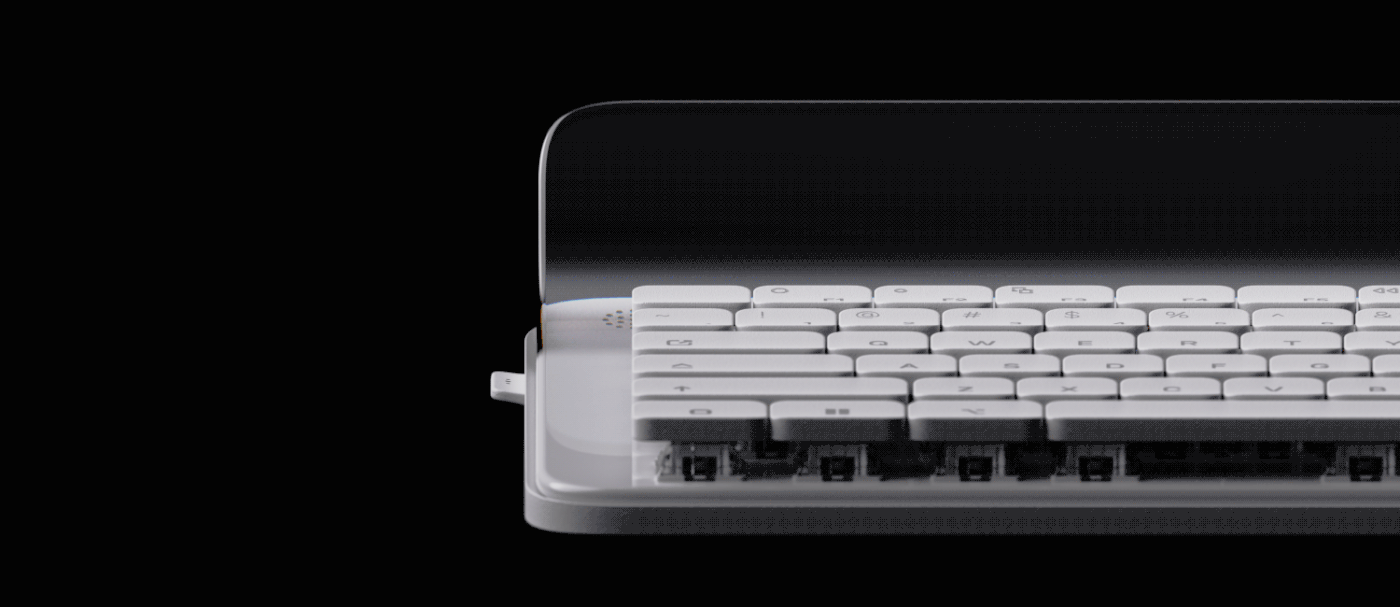
While most of us prefer the Logitech MX Mechanical Keyboard, Corsair K70 RGB Pro, 8Bitdo Retro Mechanical Keyboard or Keychron Q Series – the Sparrow AI keyboard wants to dethrone them all with functionality so unique, that you’ll want to grab it right away. As the name suggests, the keyboard is tailored for productive workflow out of the box with its advanced AI-assisted features.

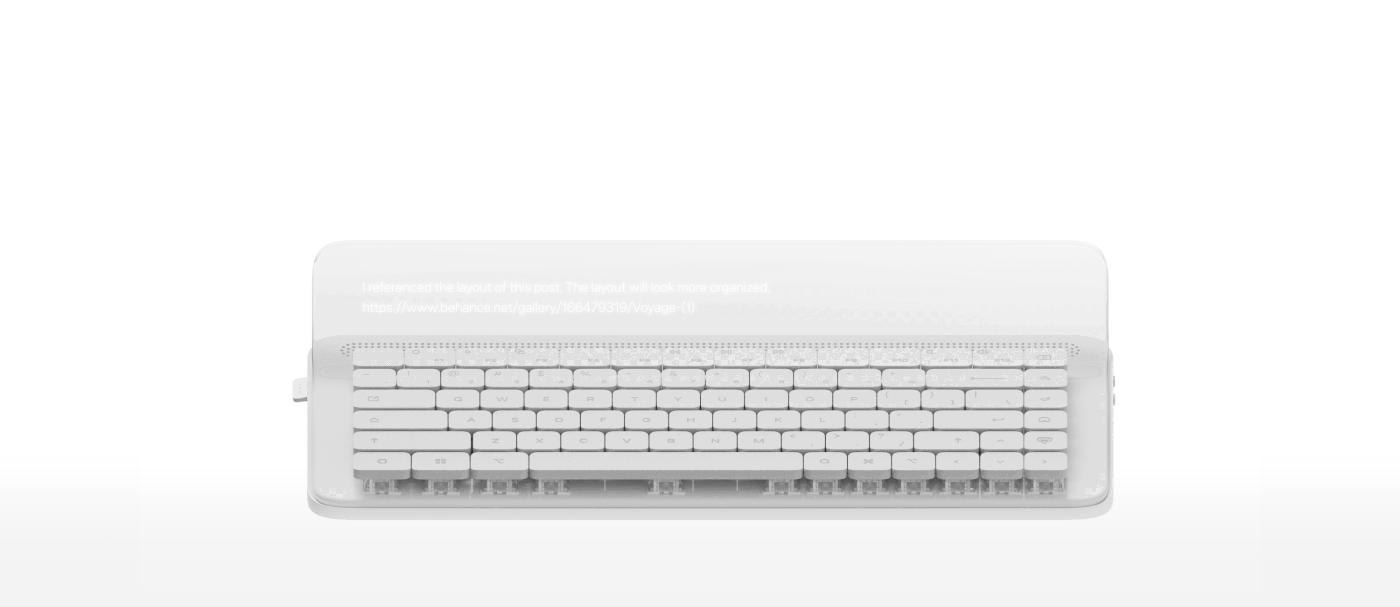
The smart keyboard has a semi-transparent display on the front that constantly keeps giving useful inputs and insight about the things you are typing on it. For example, if you are a coder and typing down lines of code and by mistake inputting a wrong code, Sparrow is mindful enough to suggest a rectification. The same is true for content creators who can benefit from the keyboard’s constant learning ability to weed any errors out of the workflow.
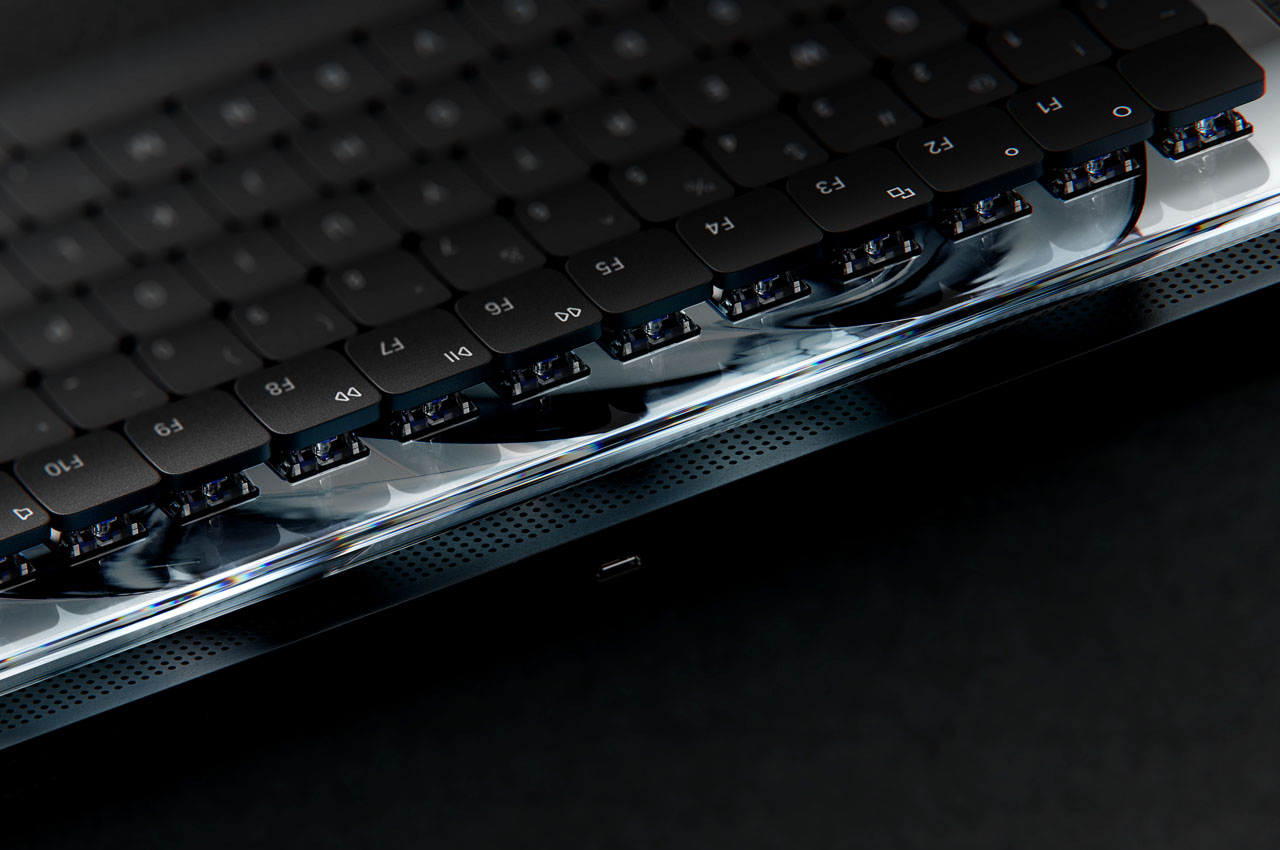

If you want to interact with the peripheral, there’s a switch button on the left that allows you to have a conversation right on the keyboard interface rather than going to your preferred AI program for help. When you want to use the traditional keyboard function and turn off any AI assists, it is as simple as toggling off the switch button.
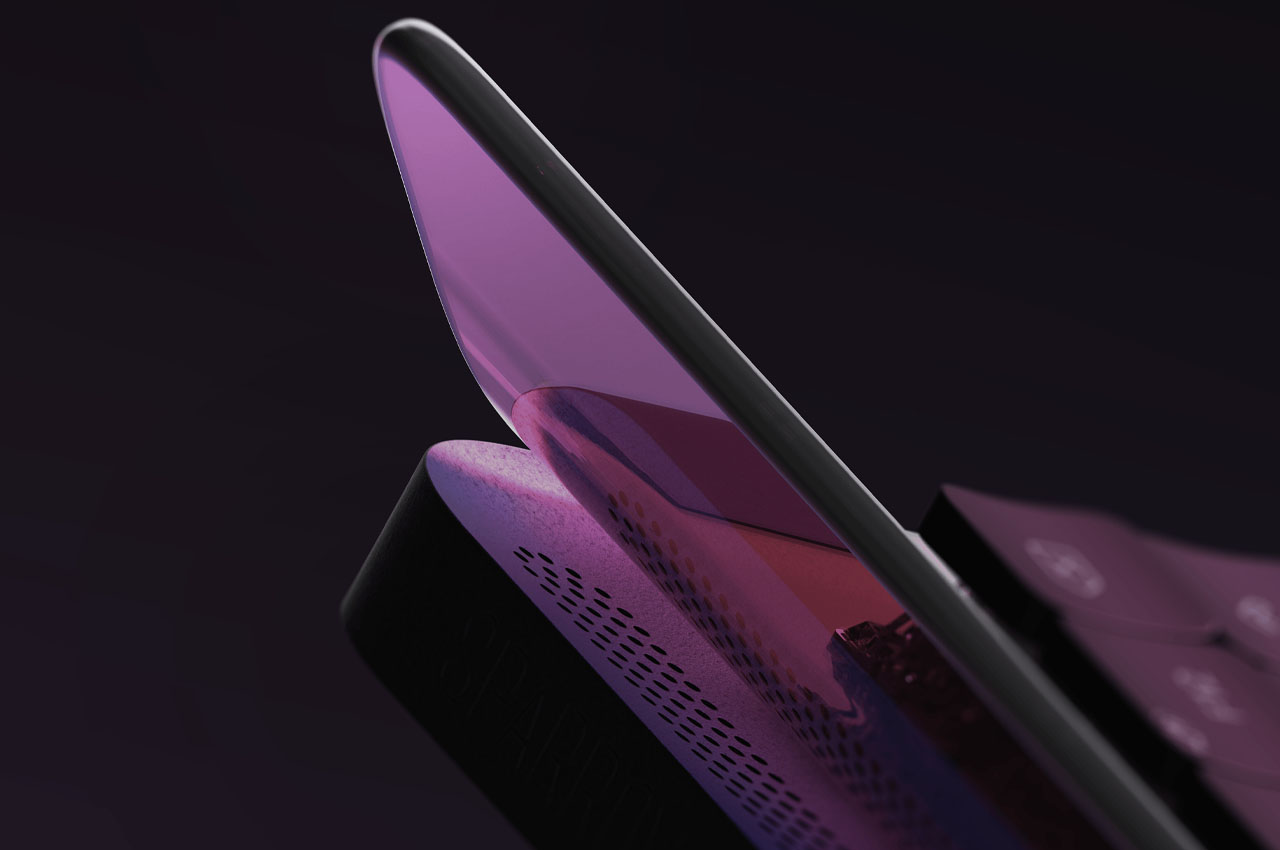

This idea of an AI-assisted keyboard has every reason to make it past the concept and prototype stage. What do you think?
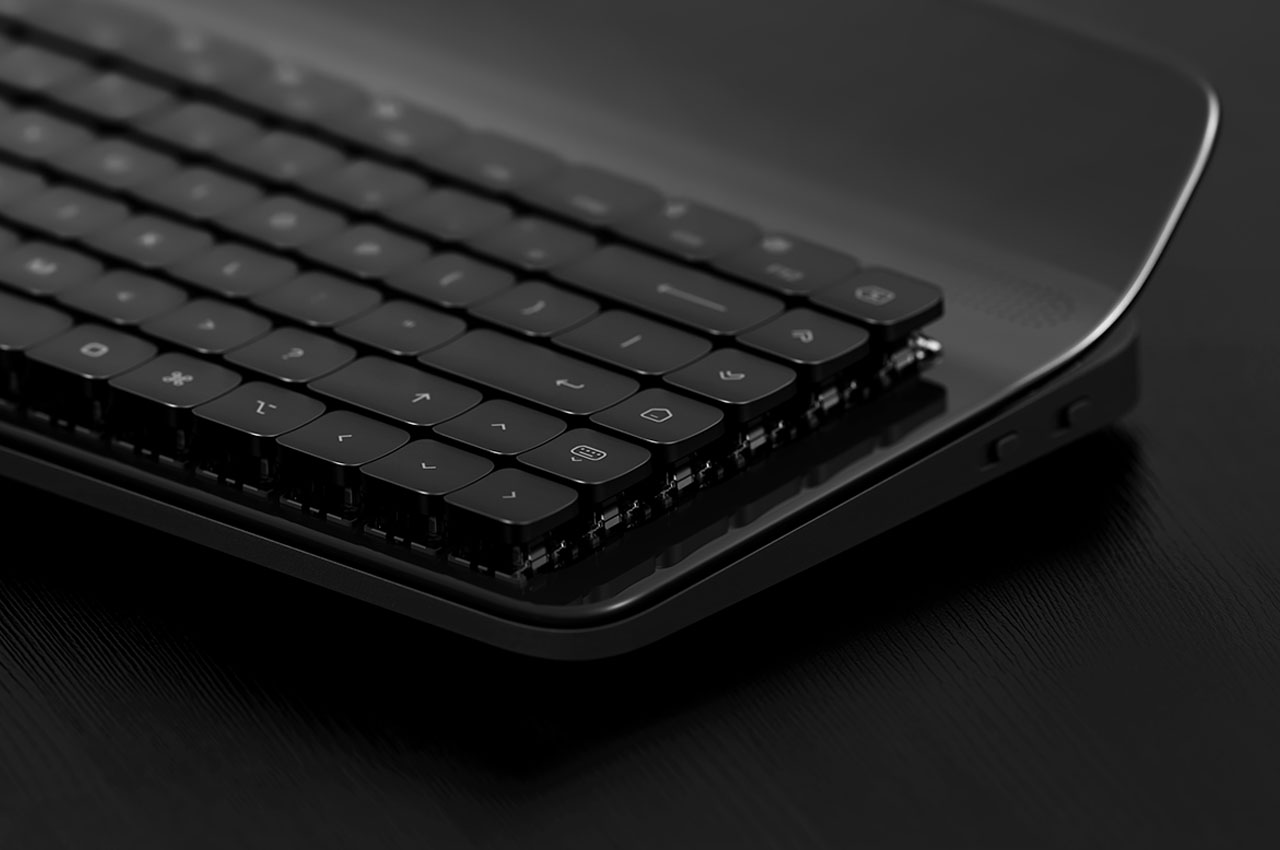






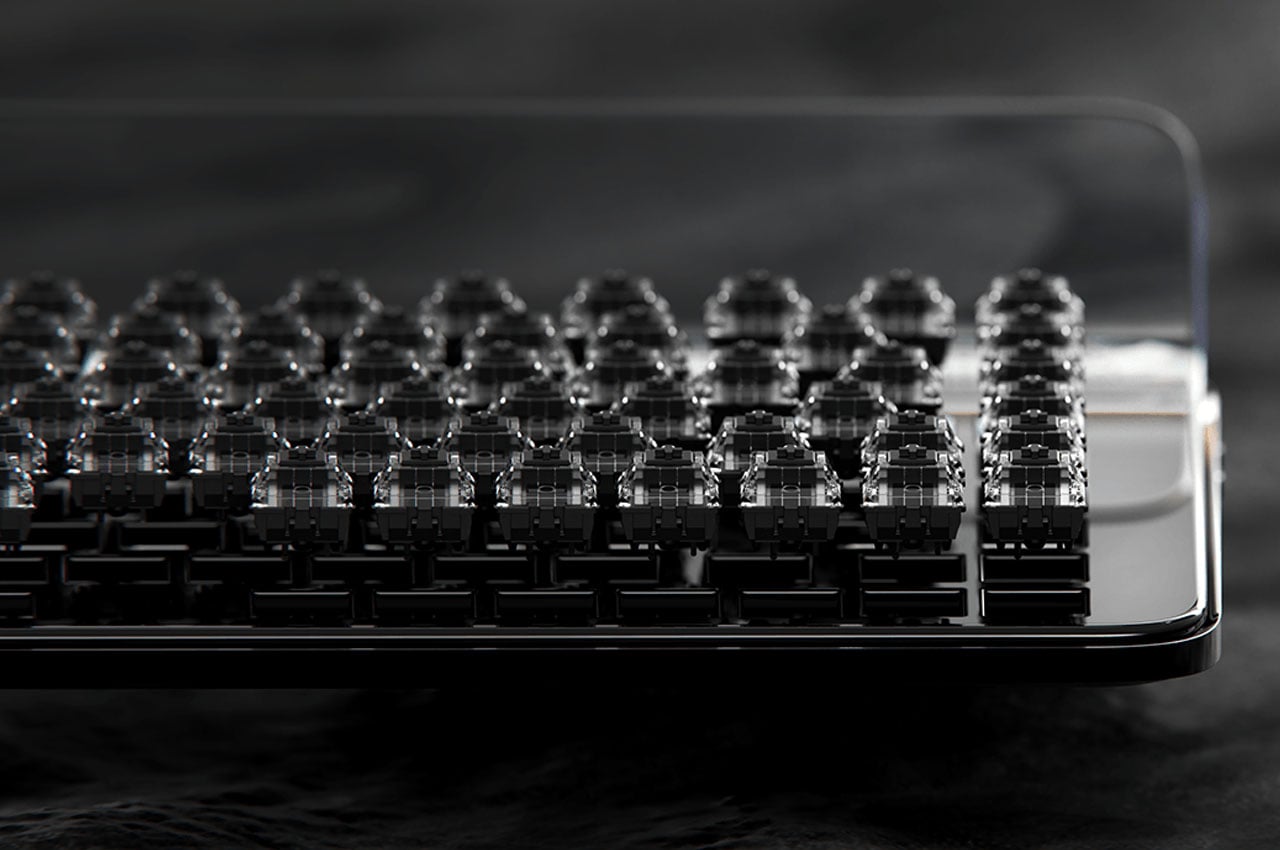
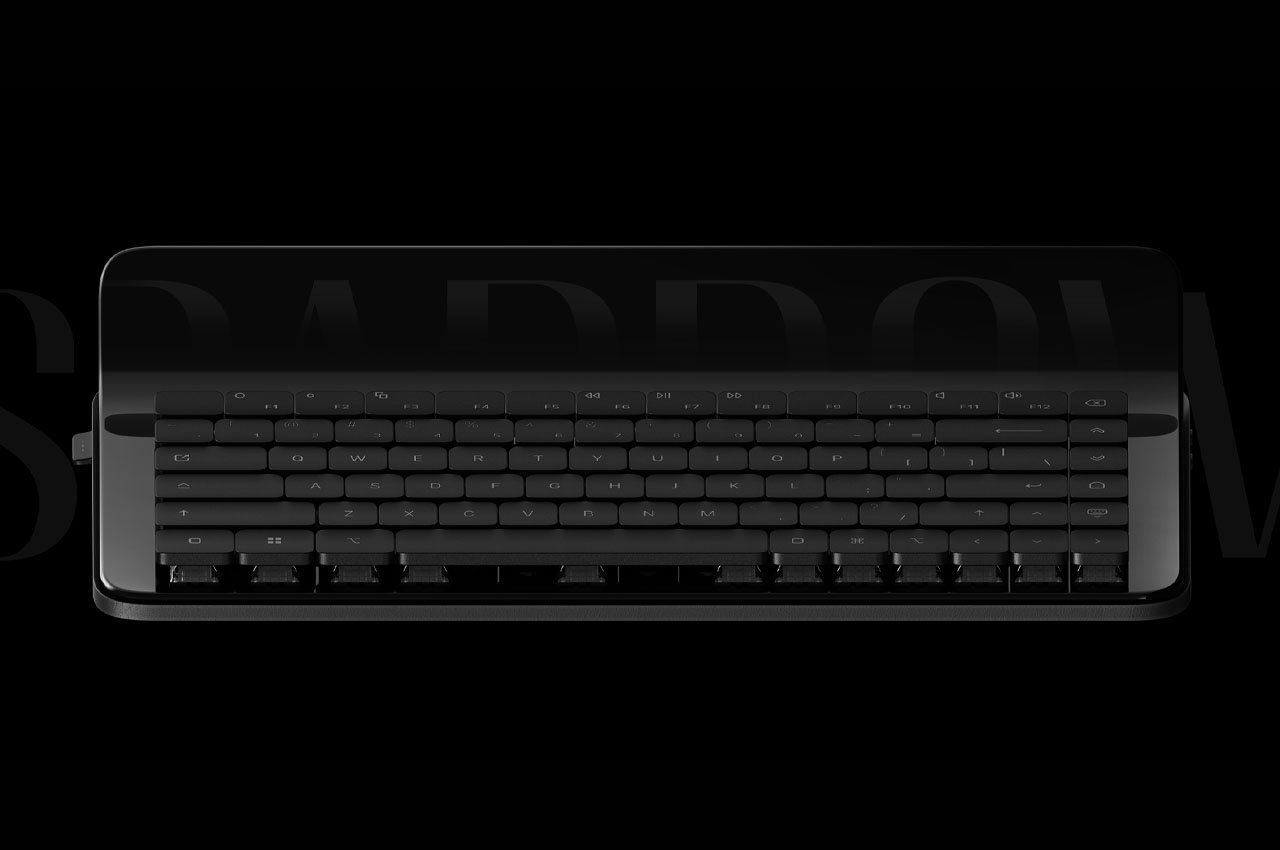
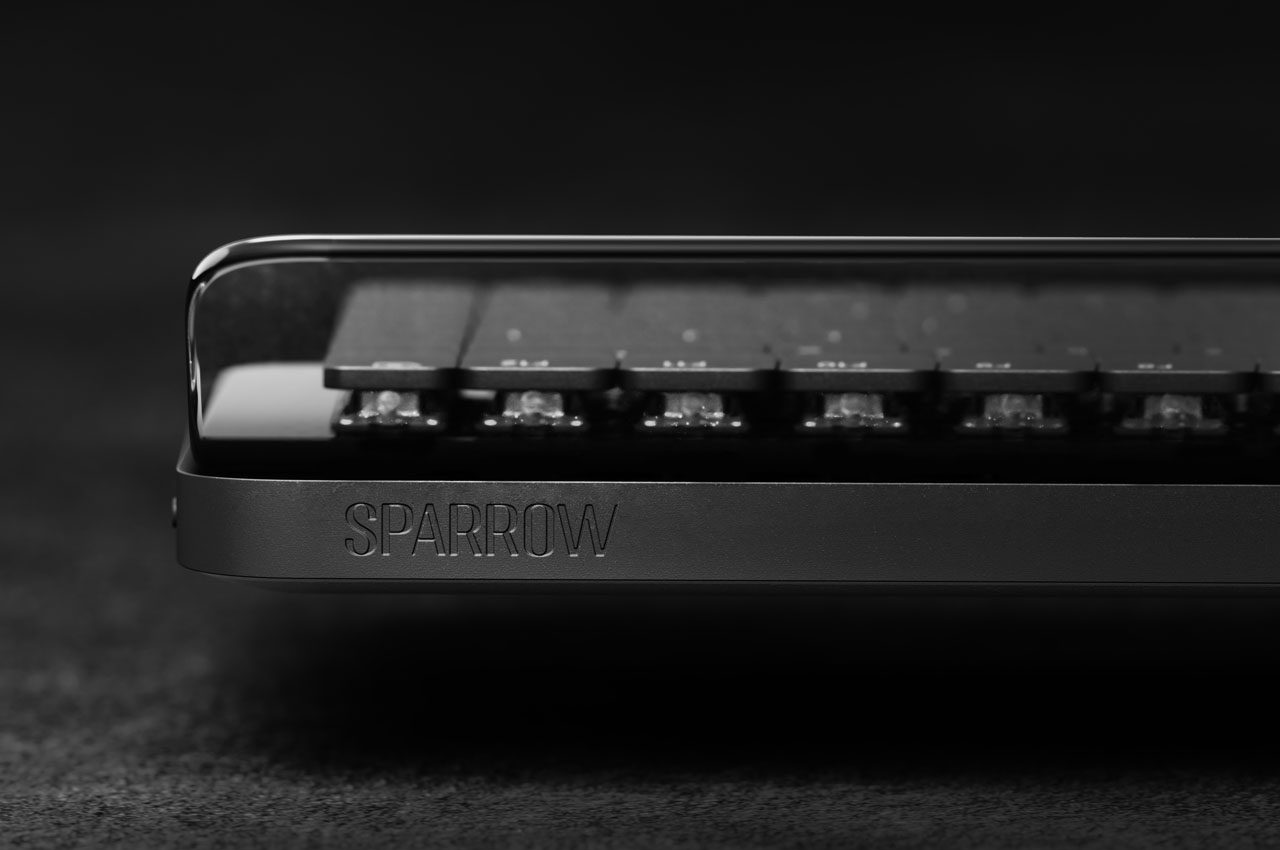
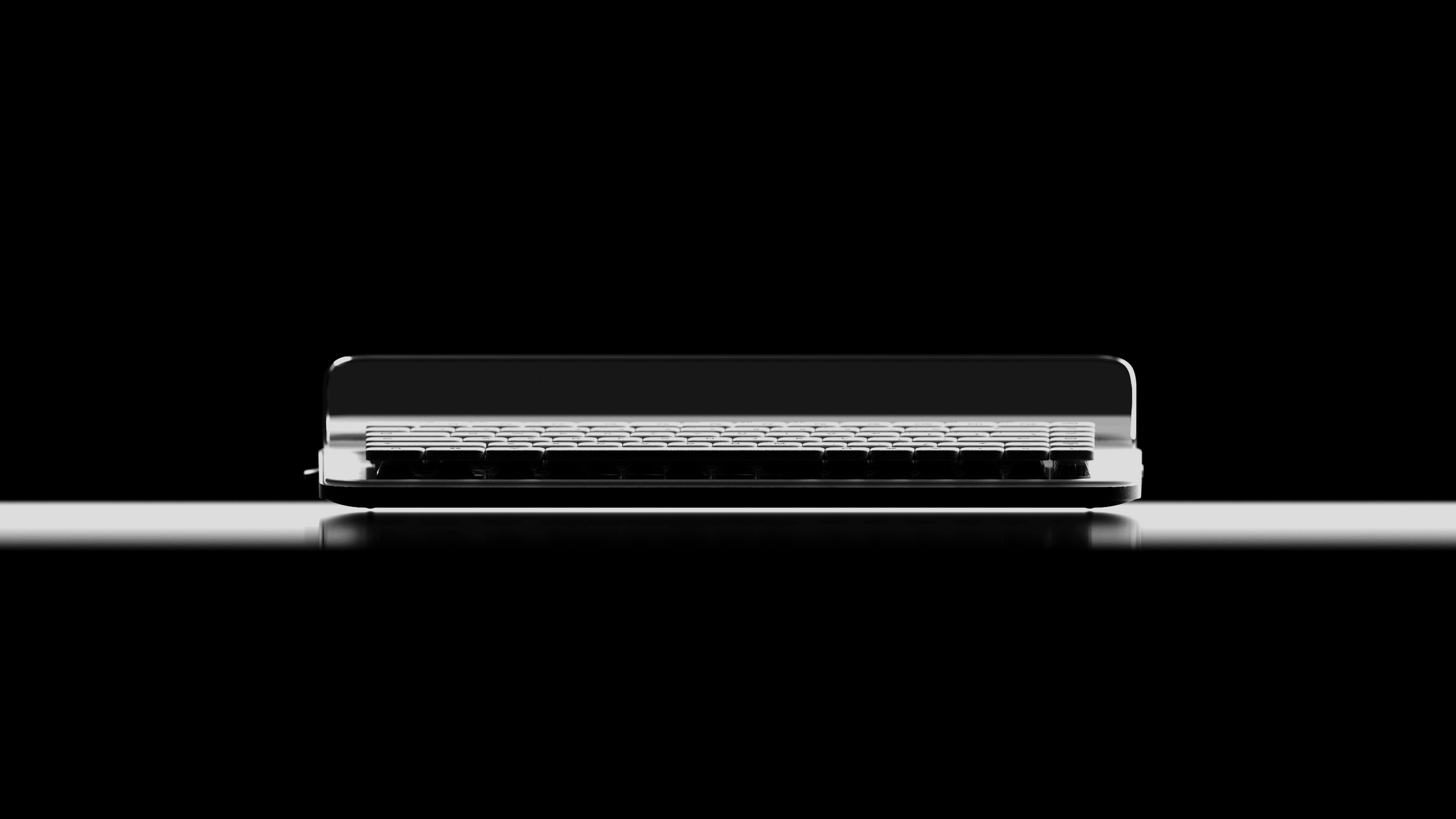
The post AI-assisted keyboard streamlines workflow for IT professionals and content creators first appeared on Yanko Design.